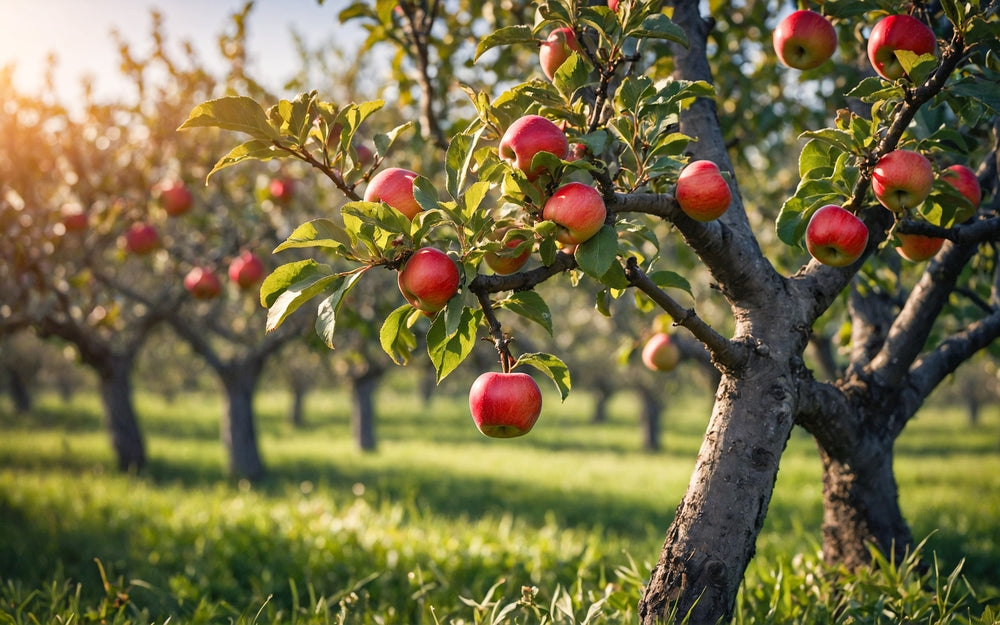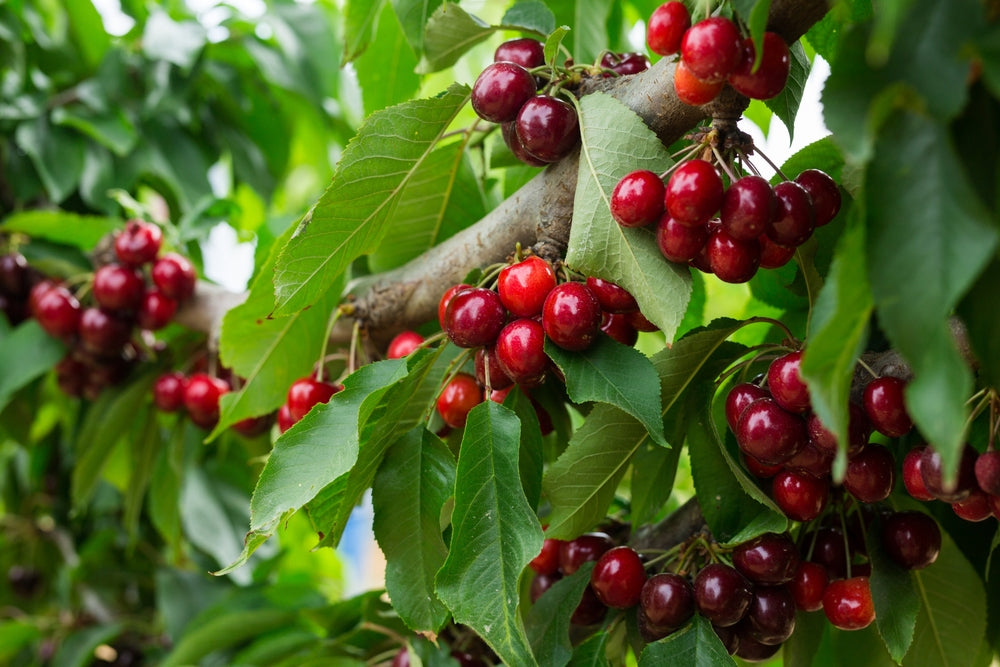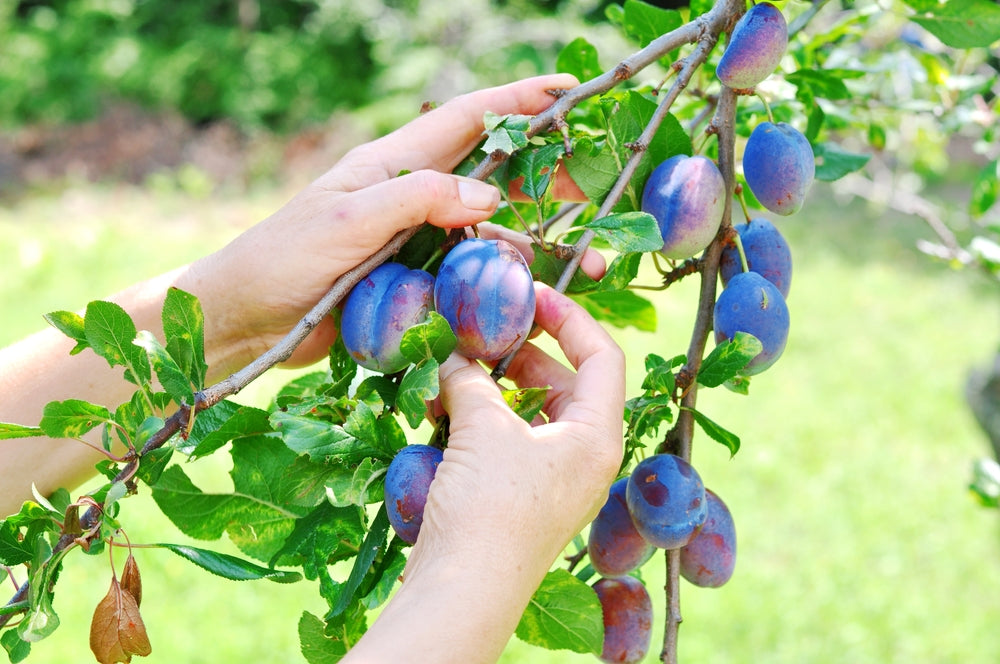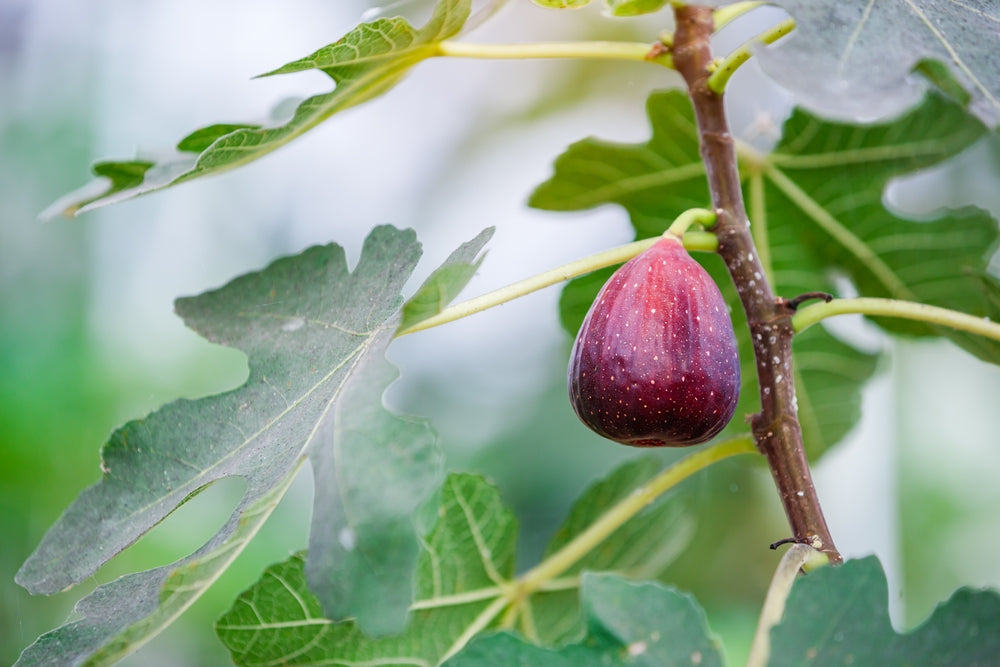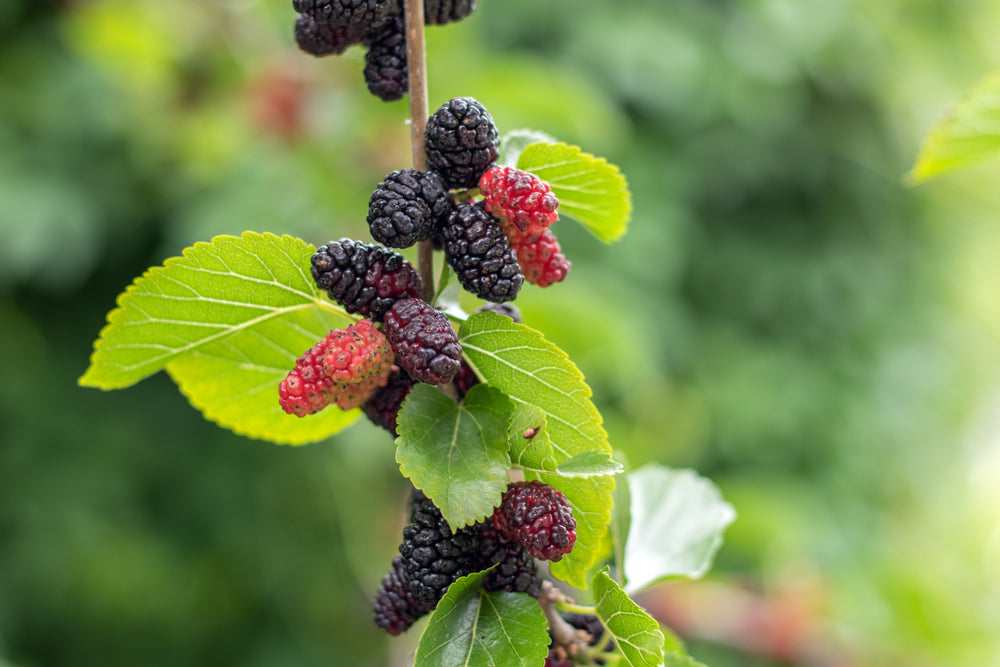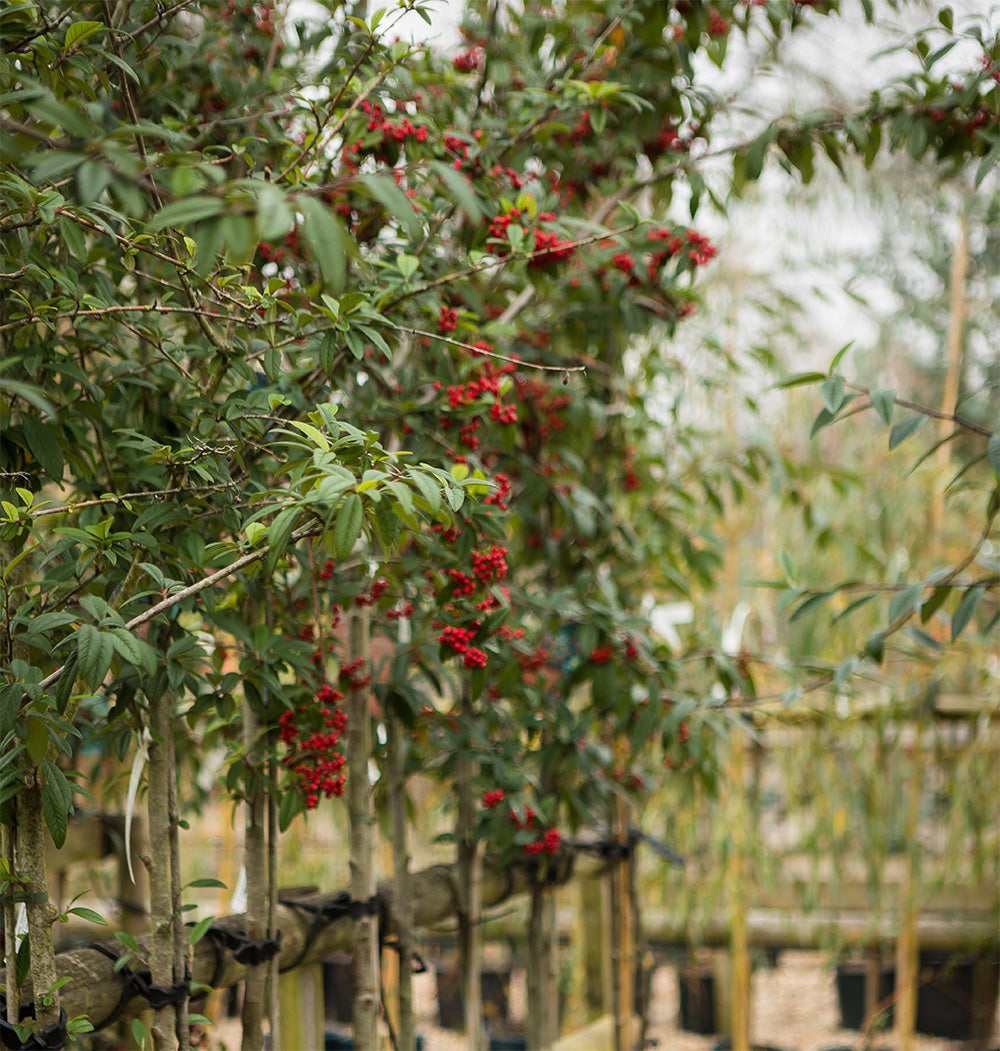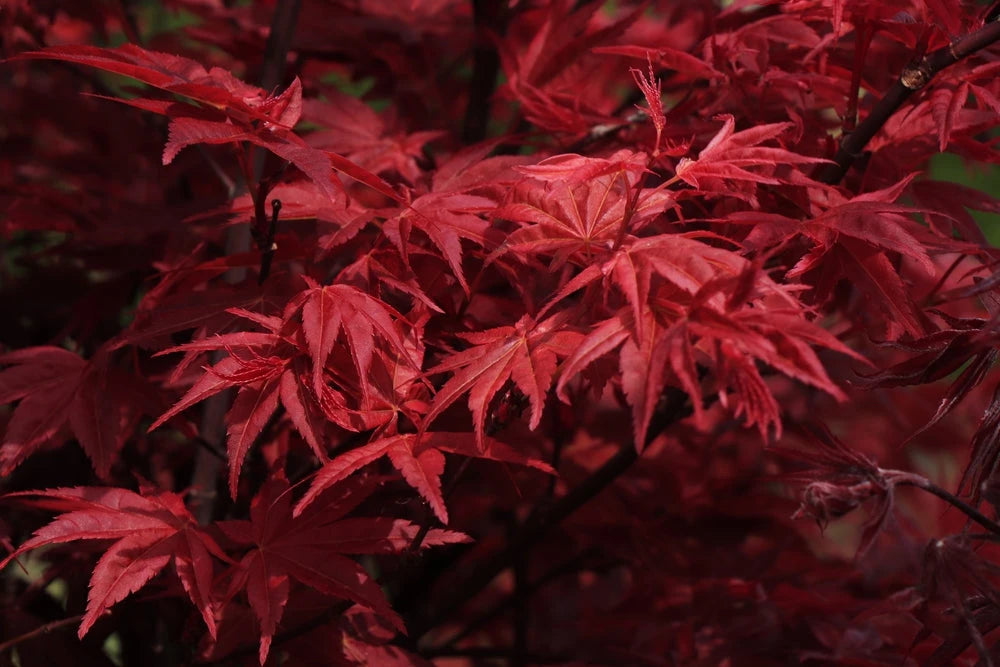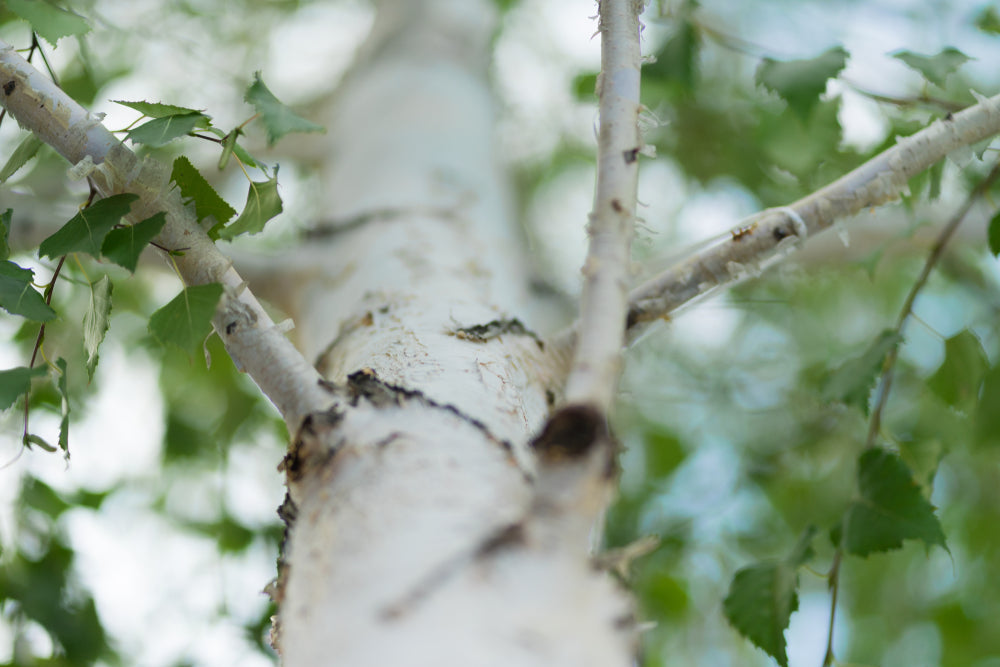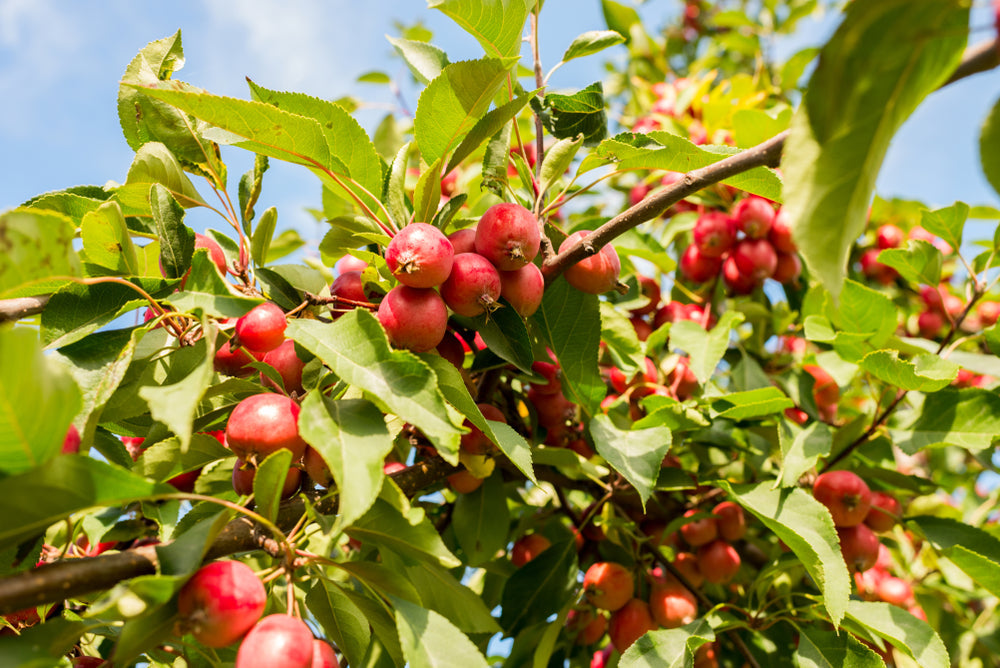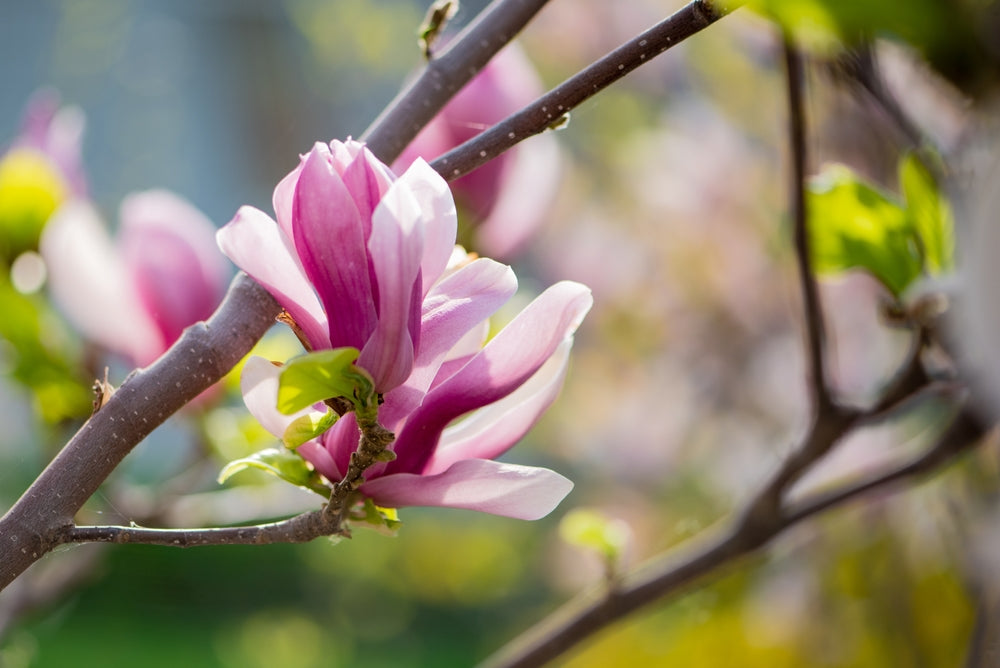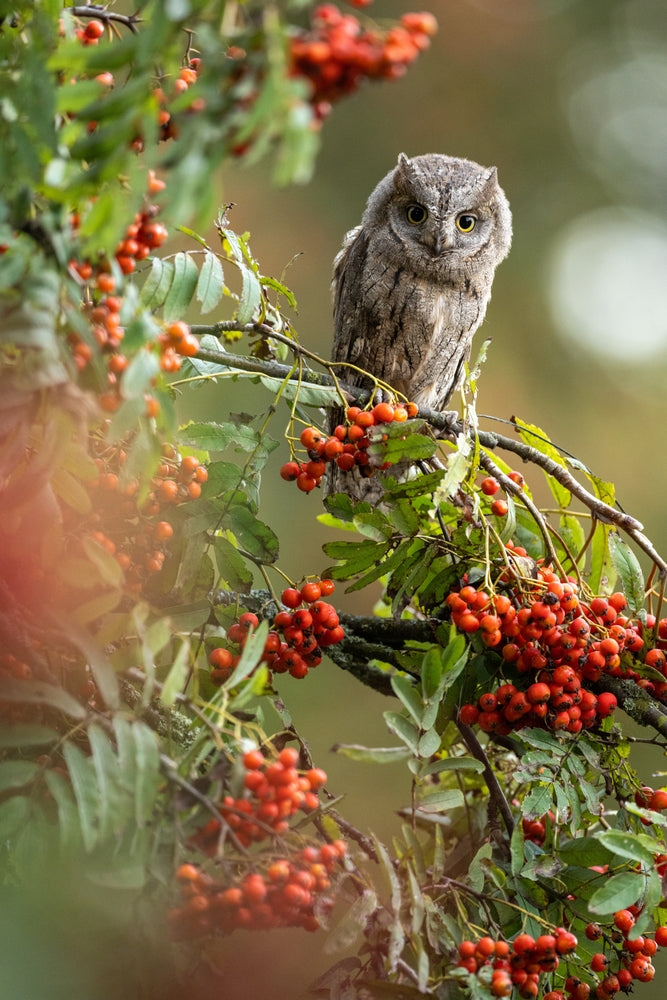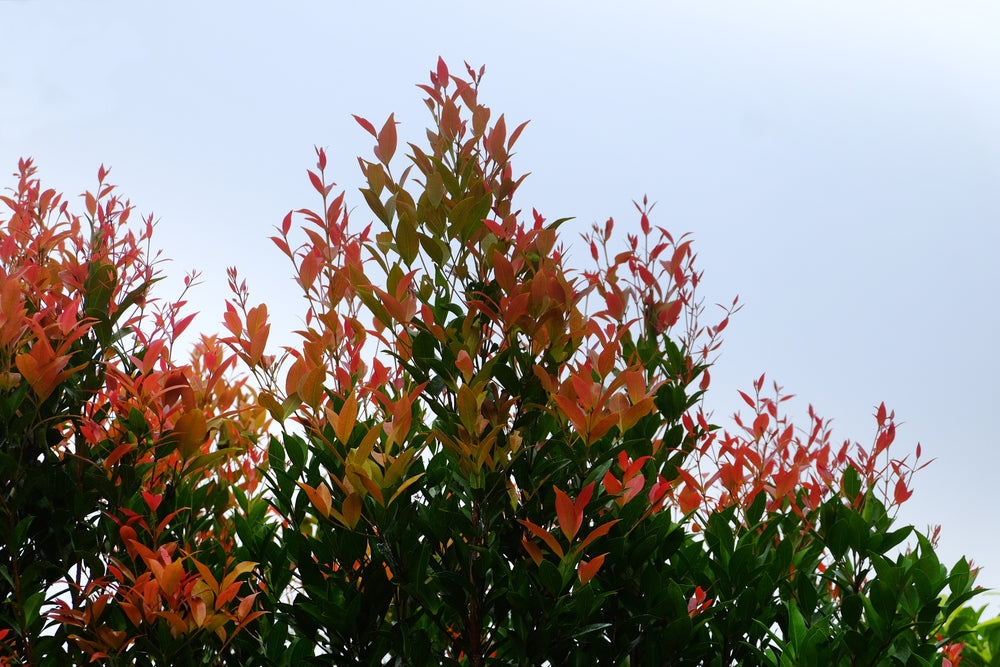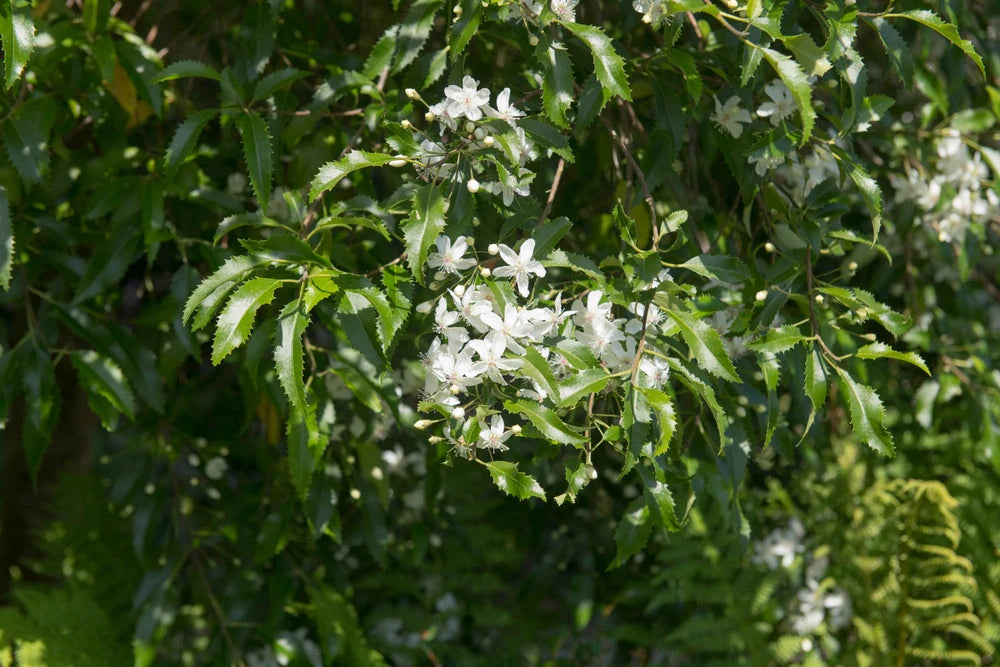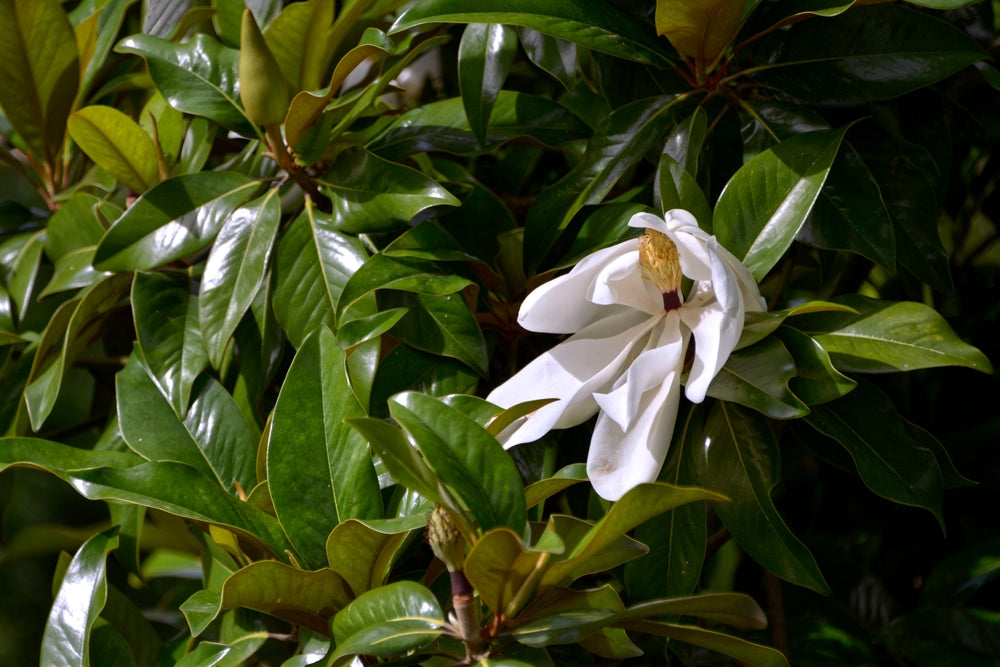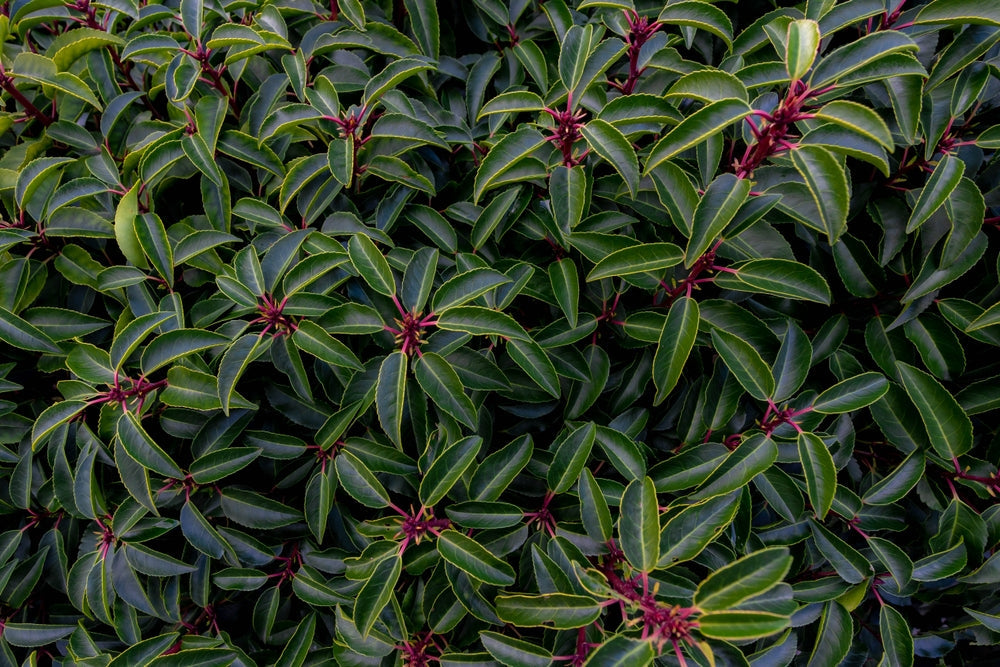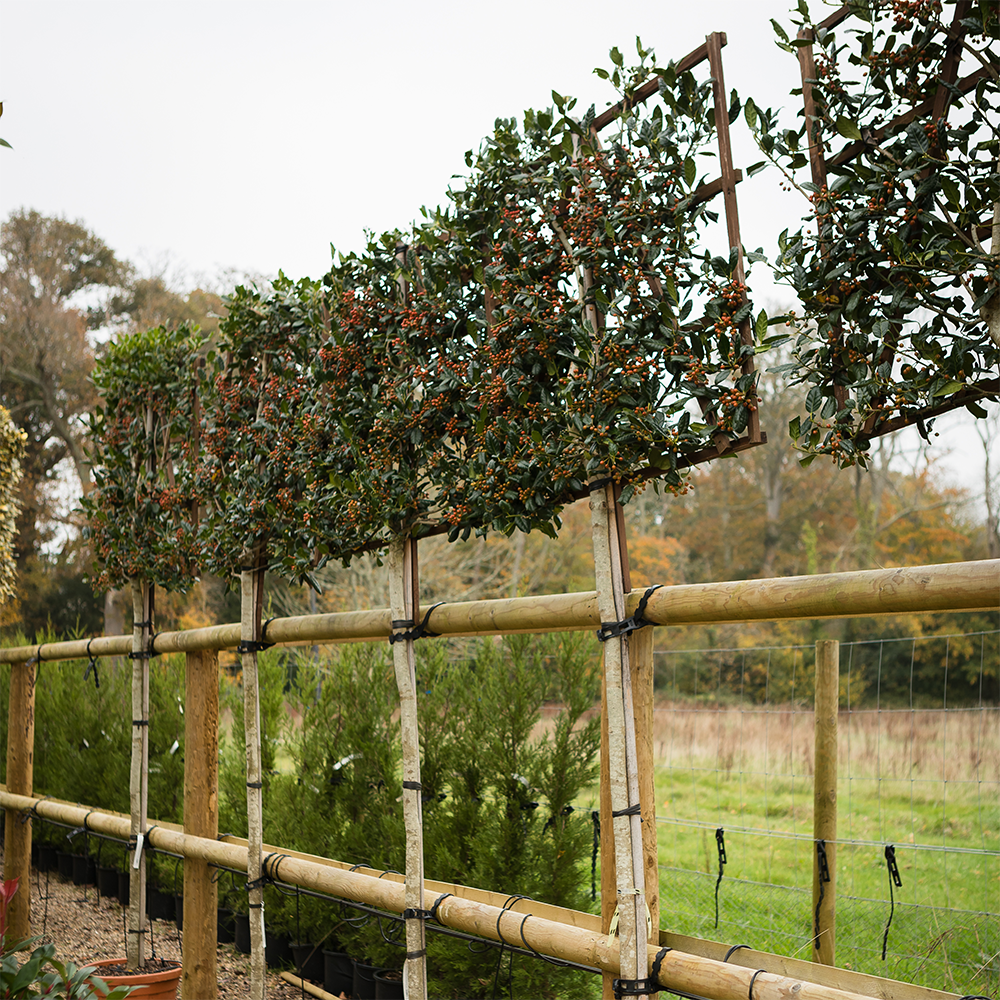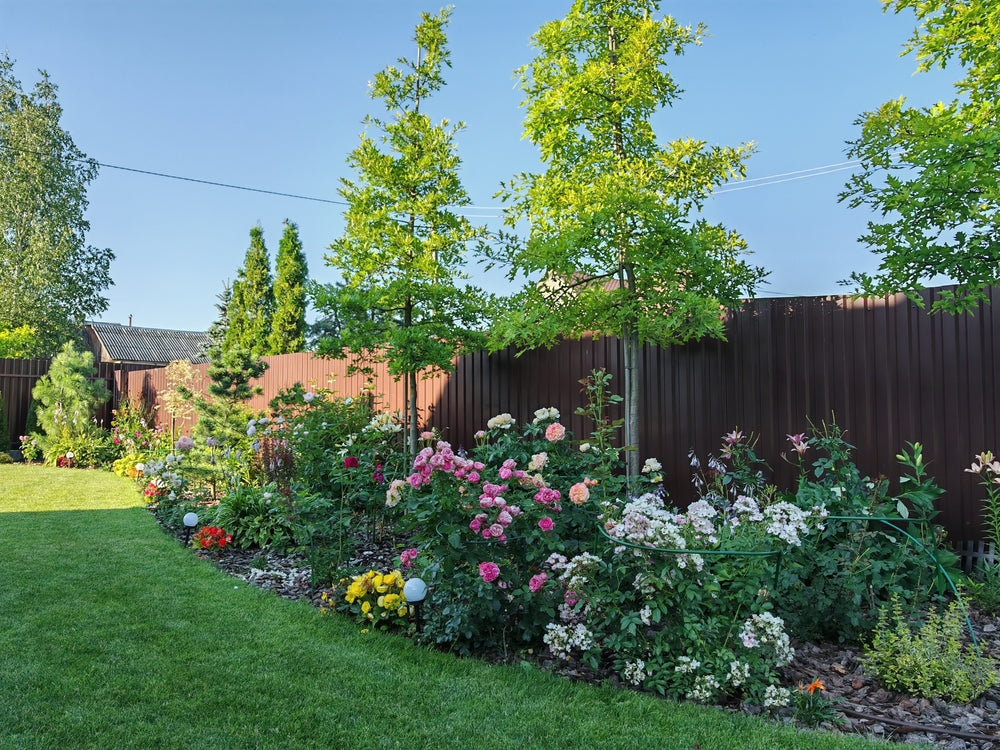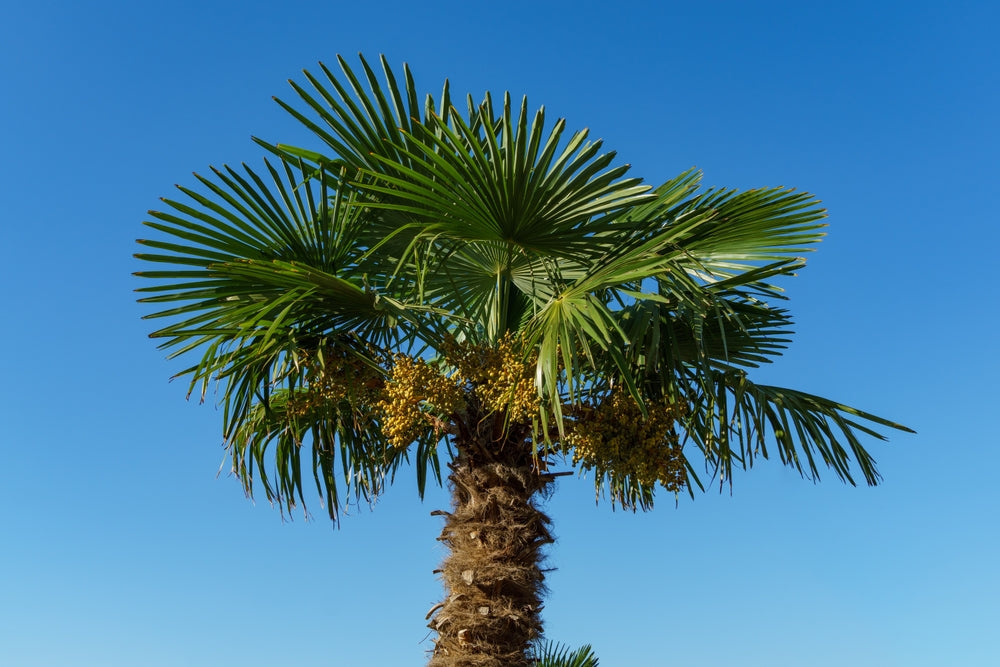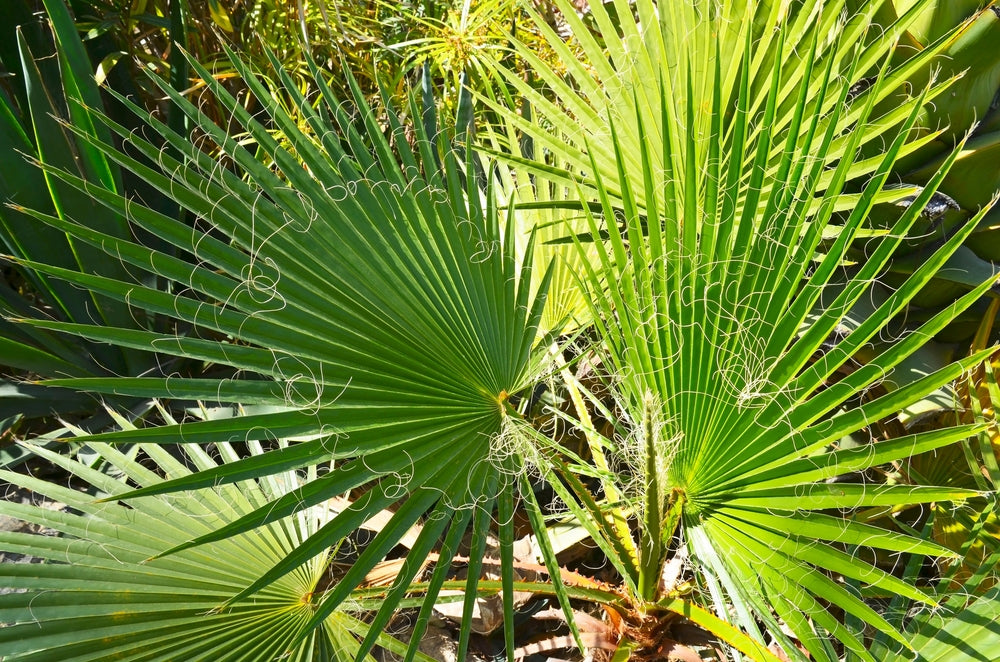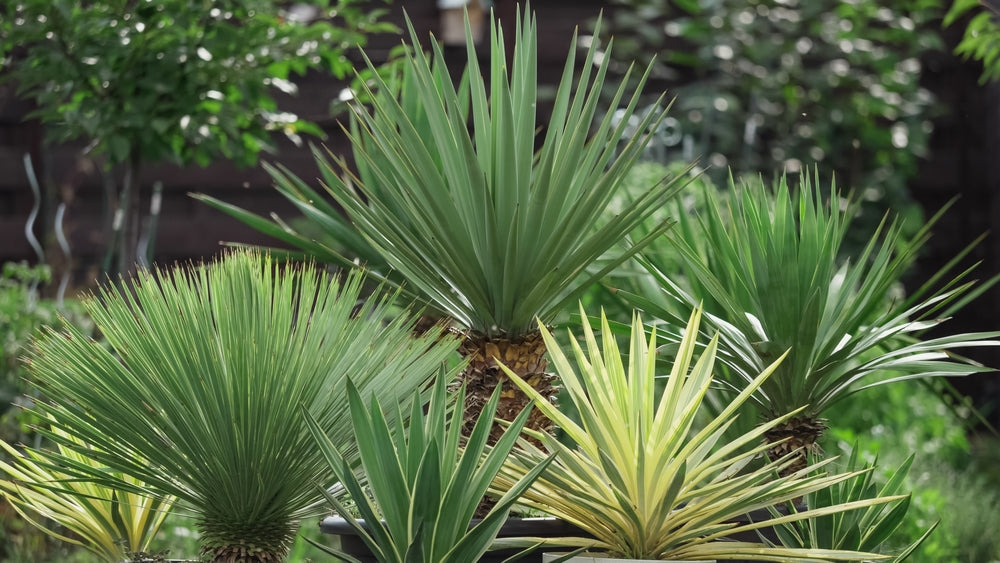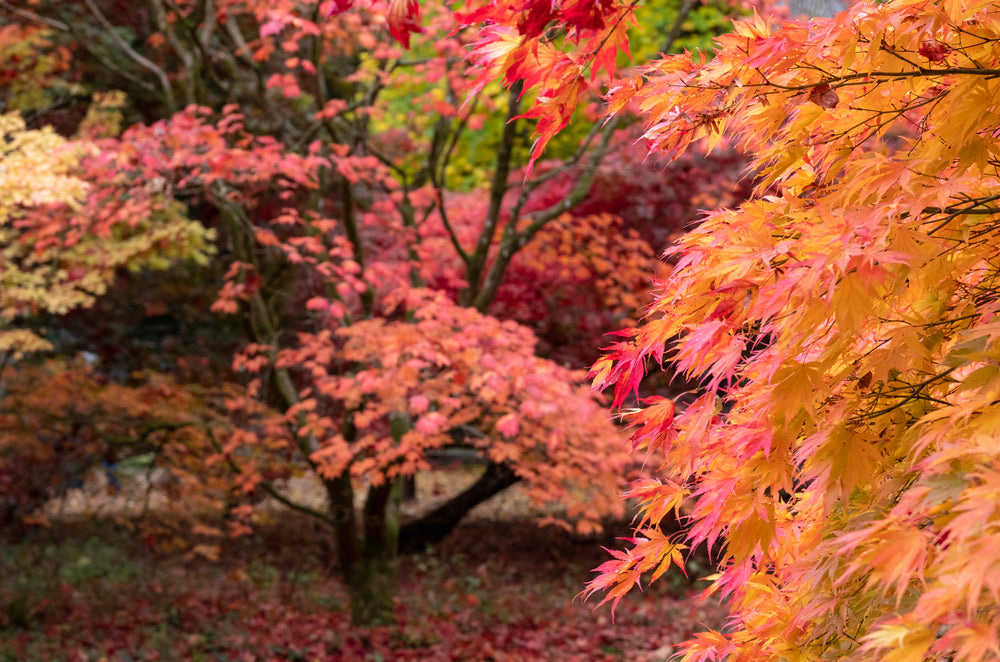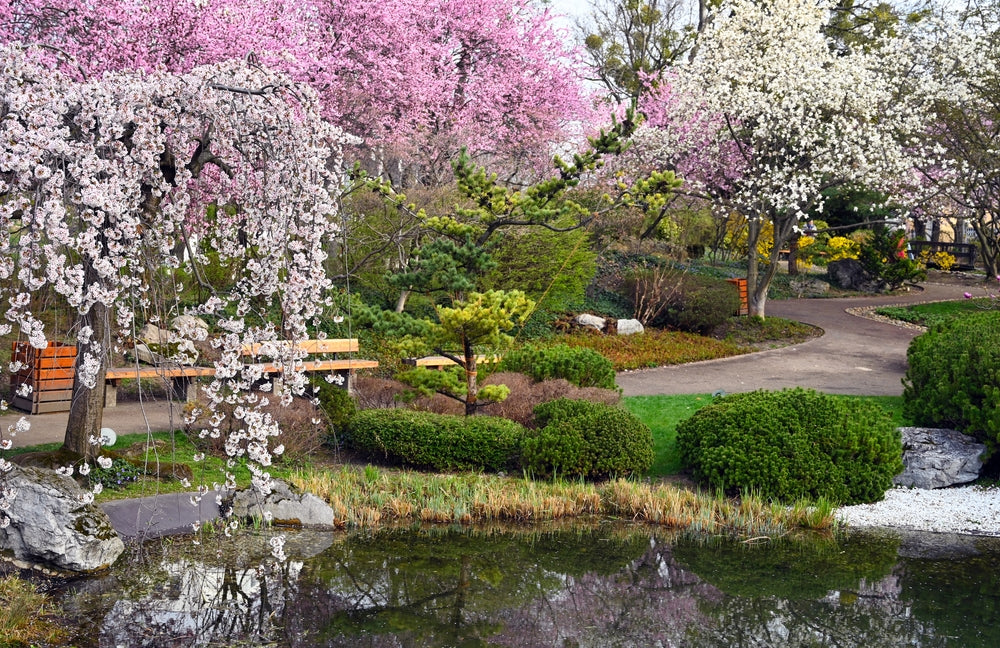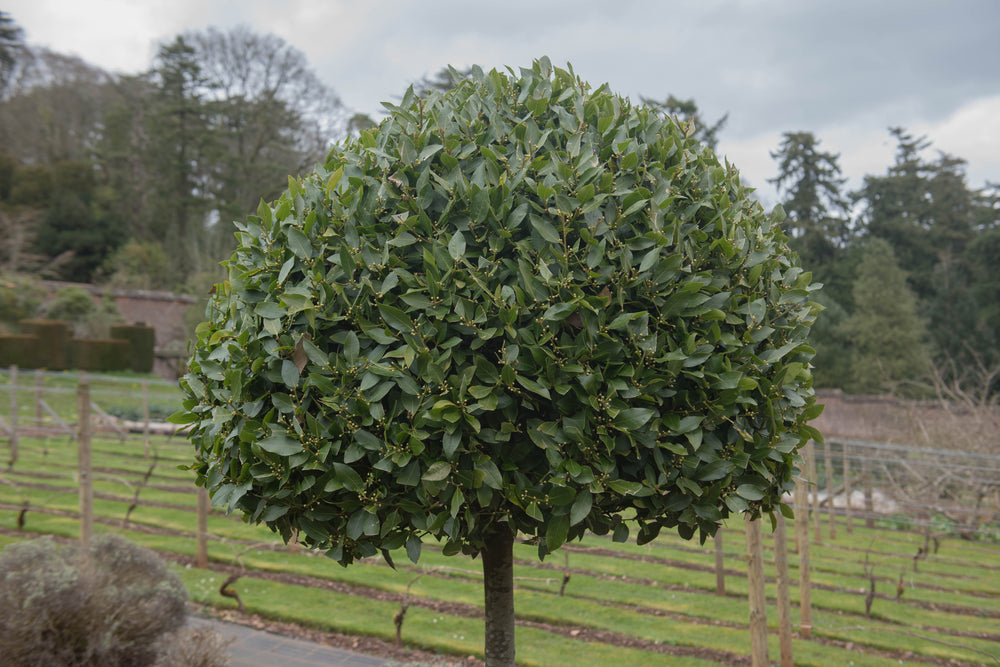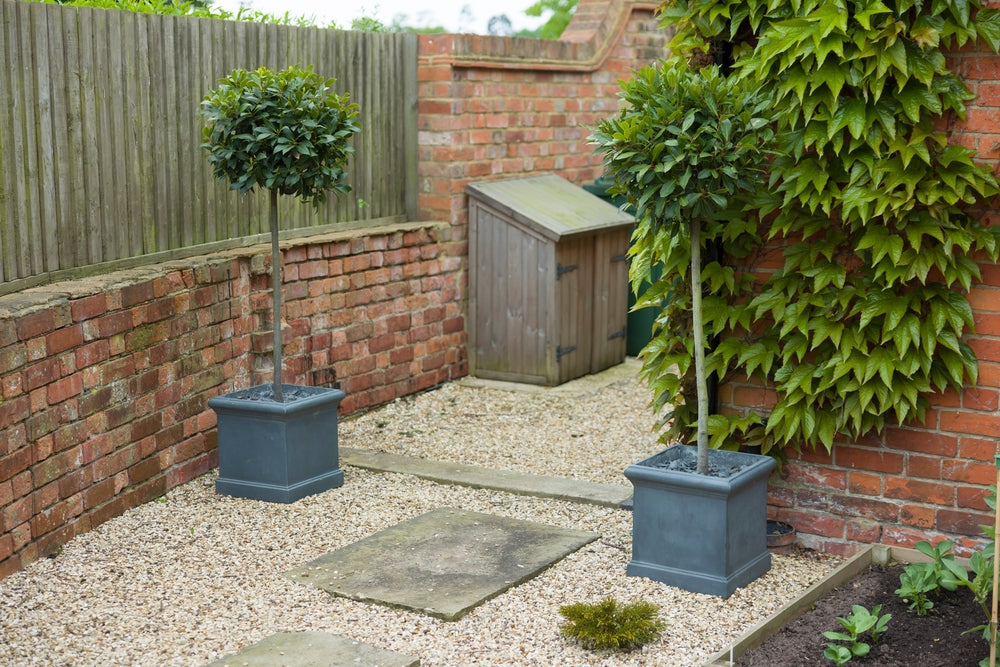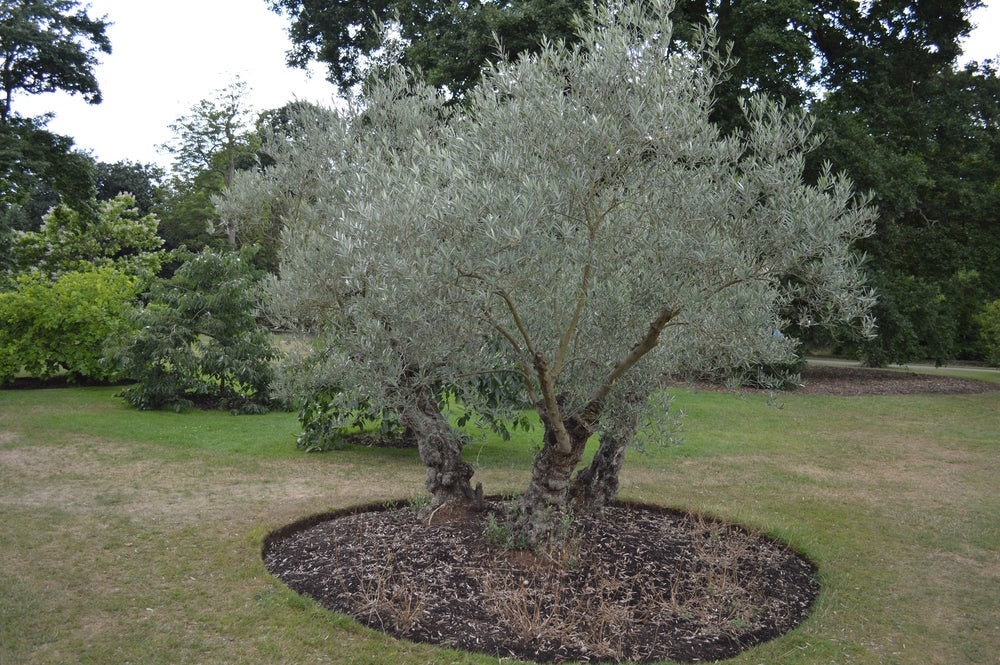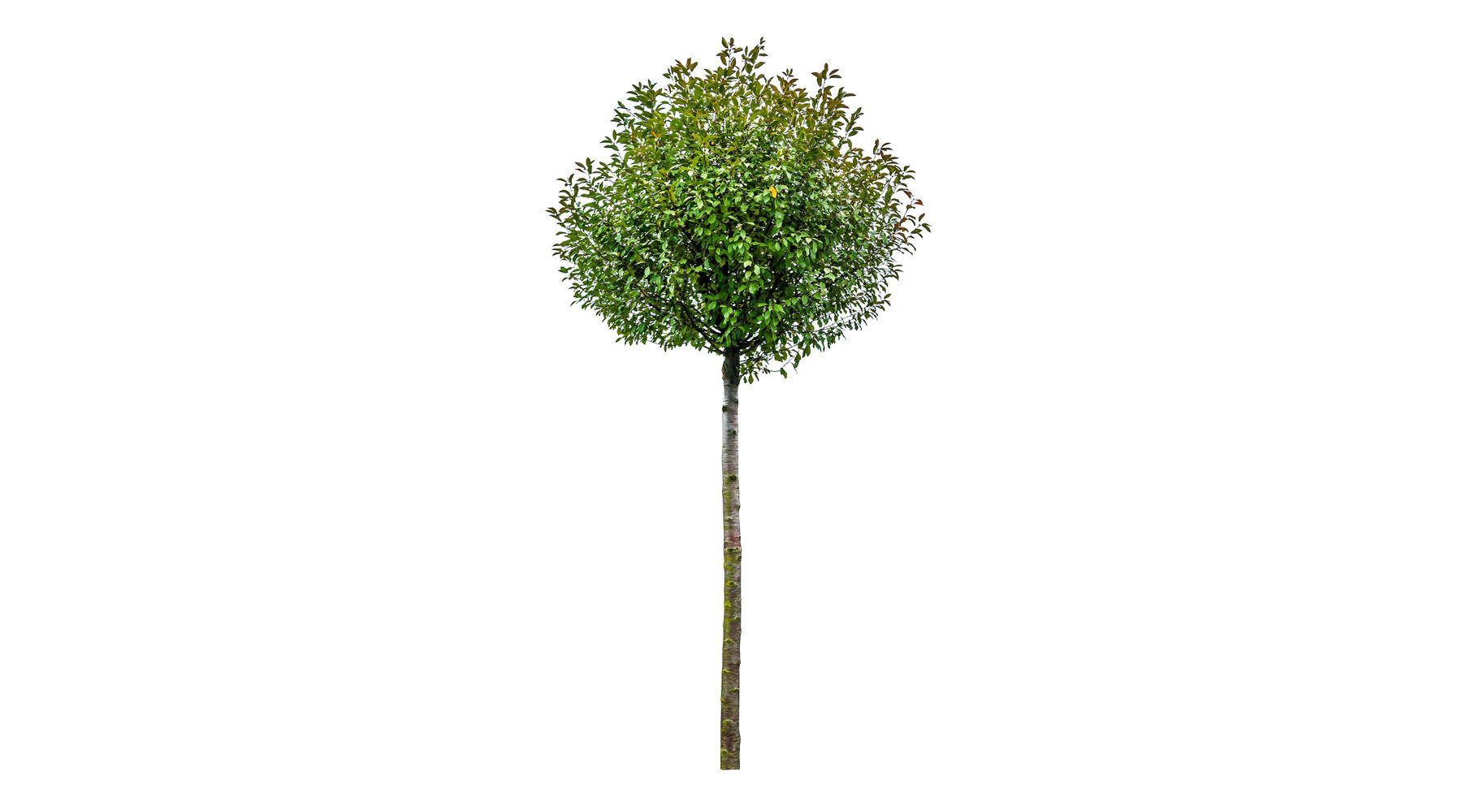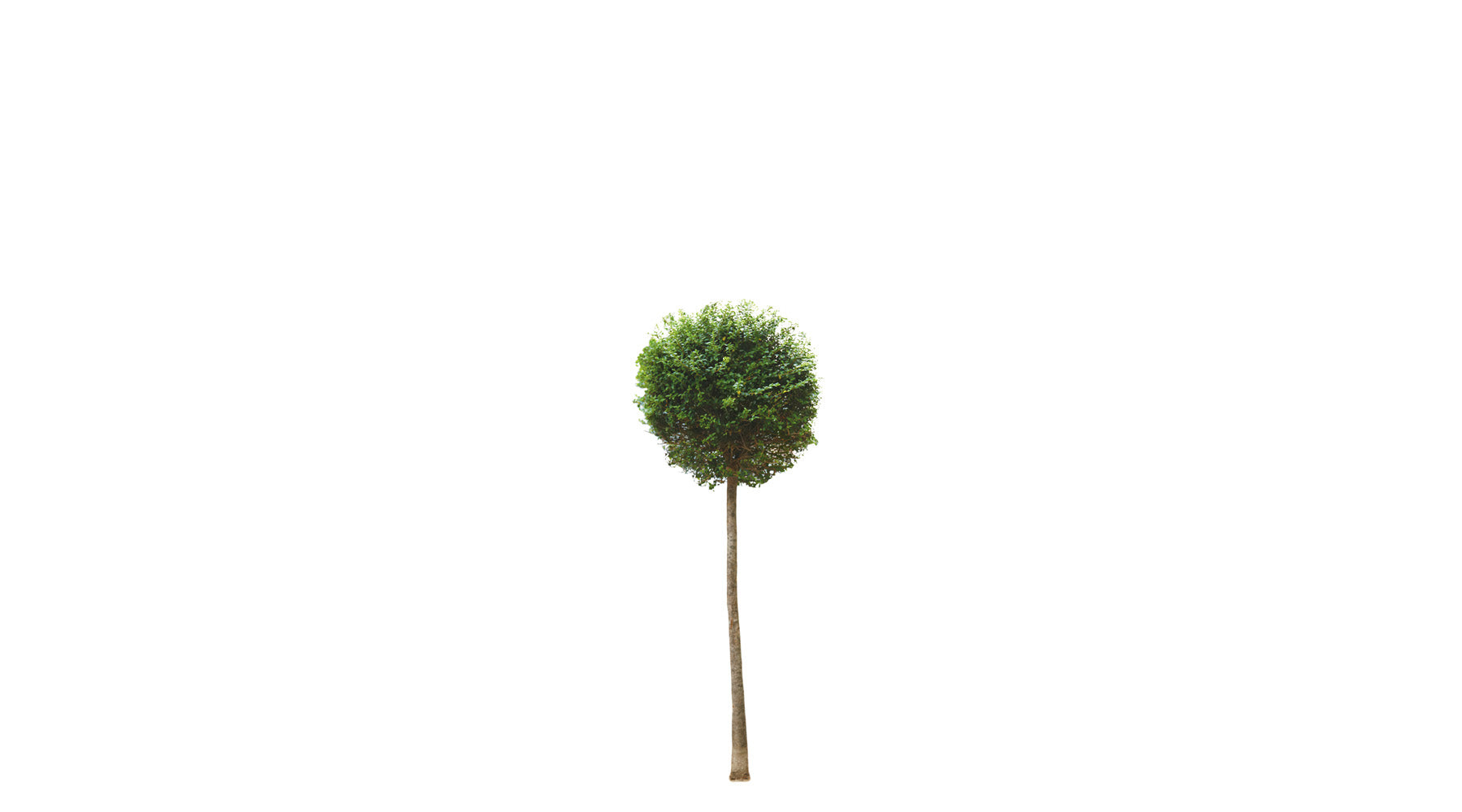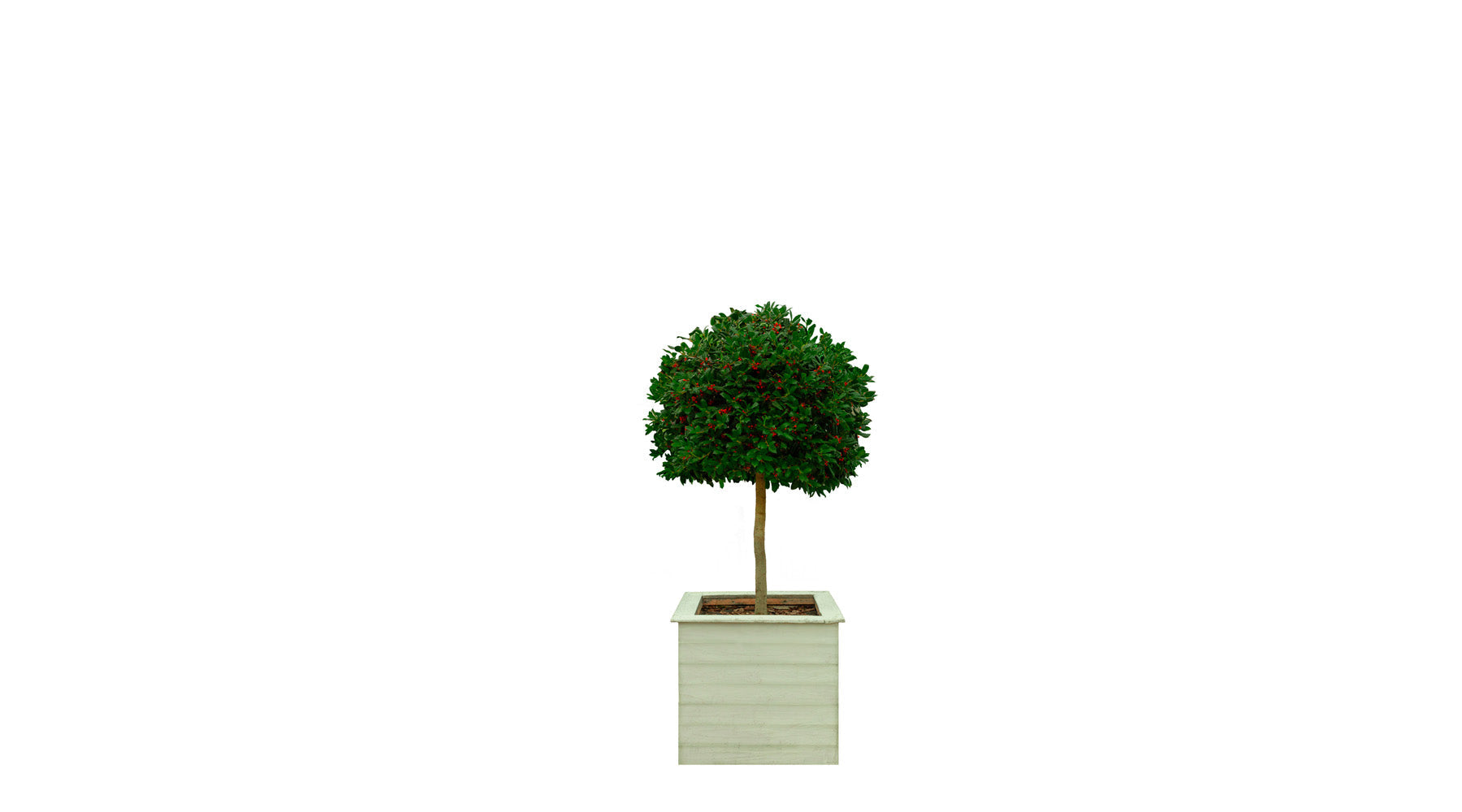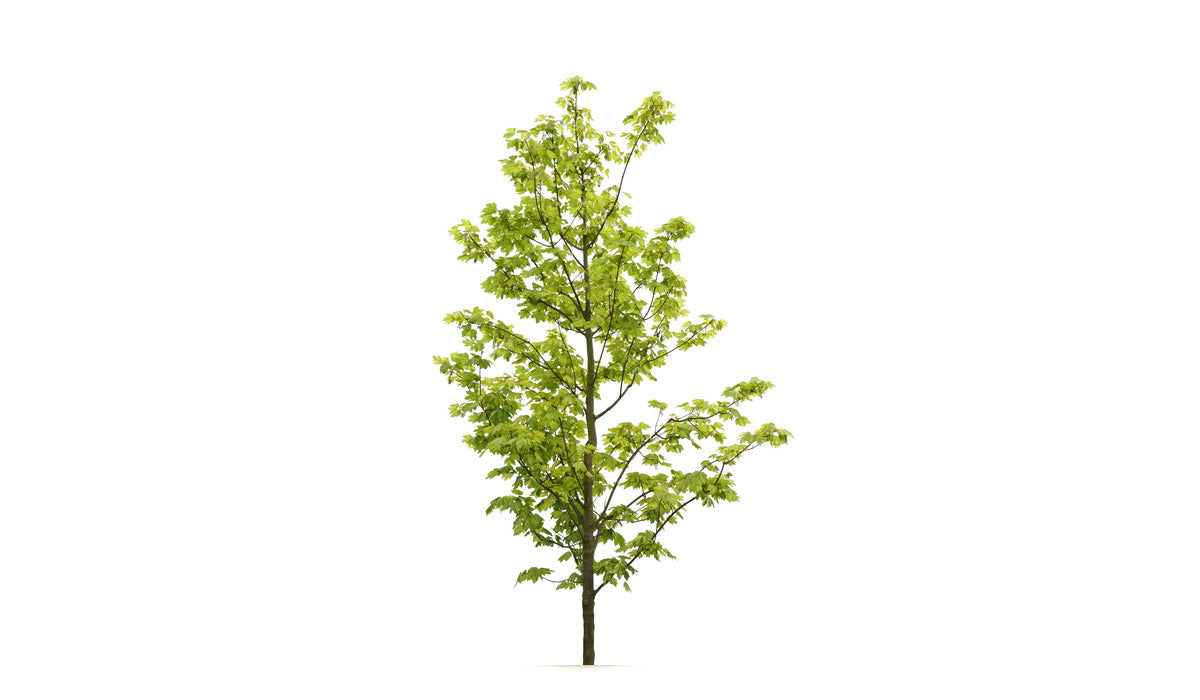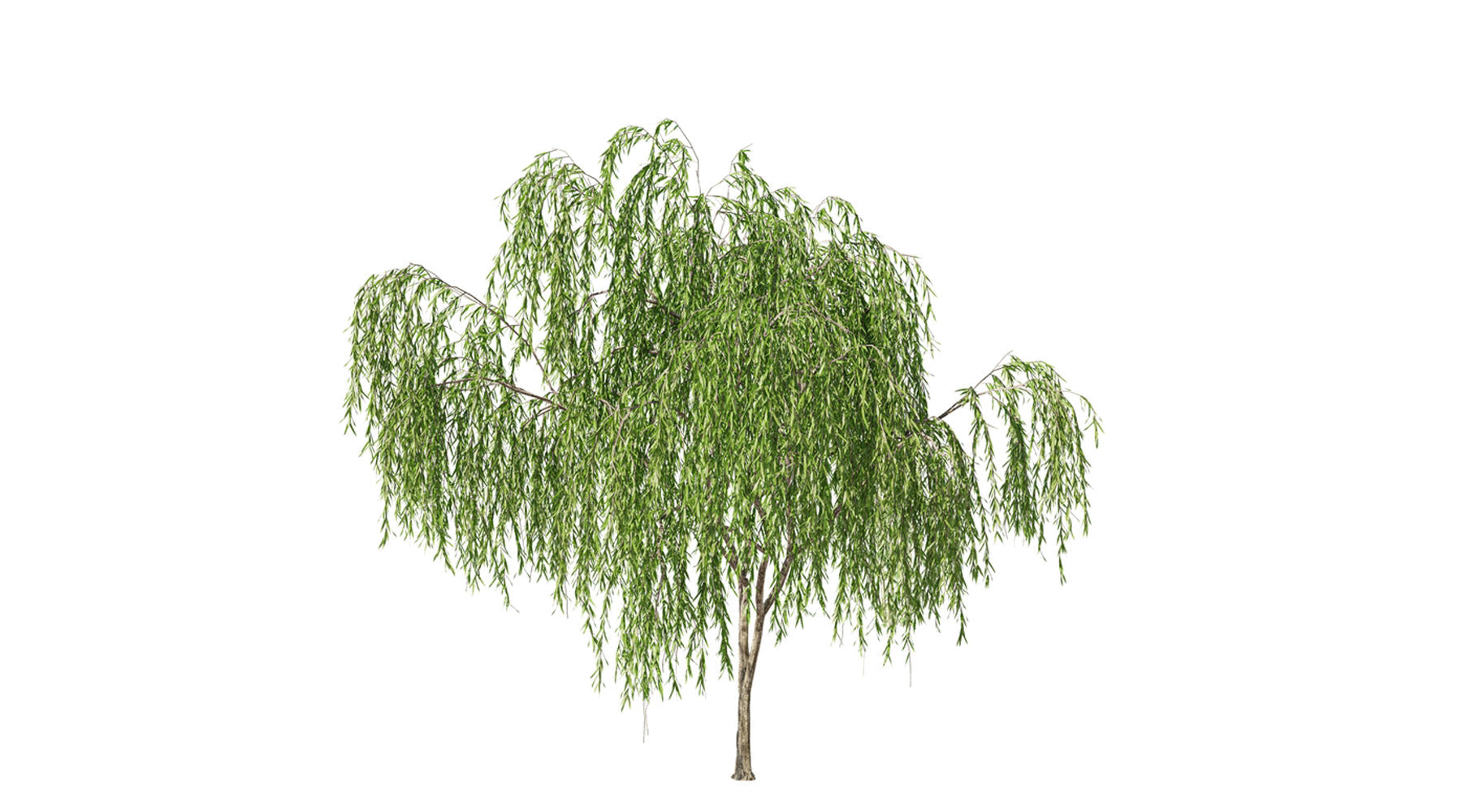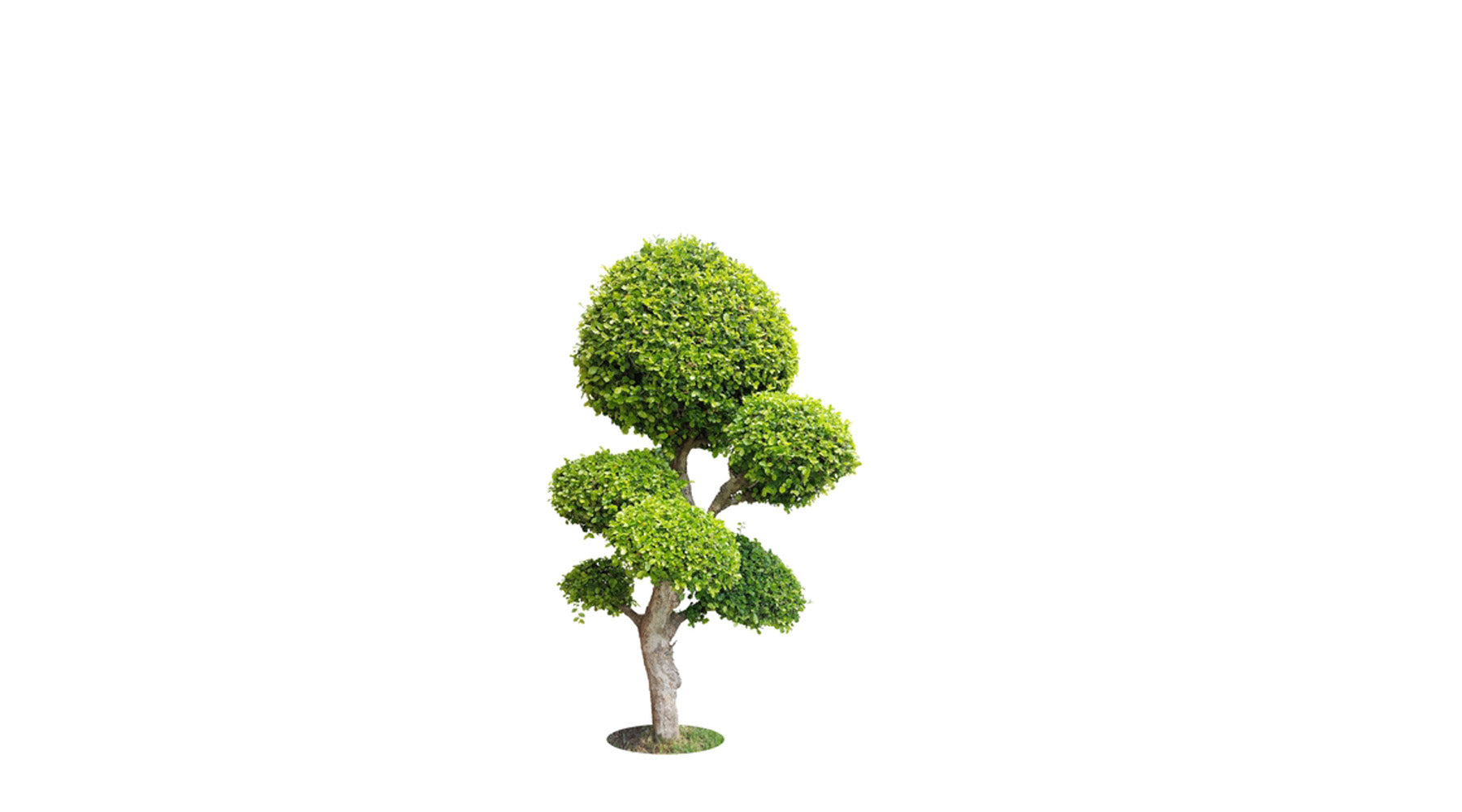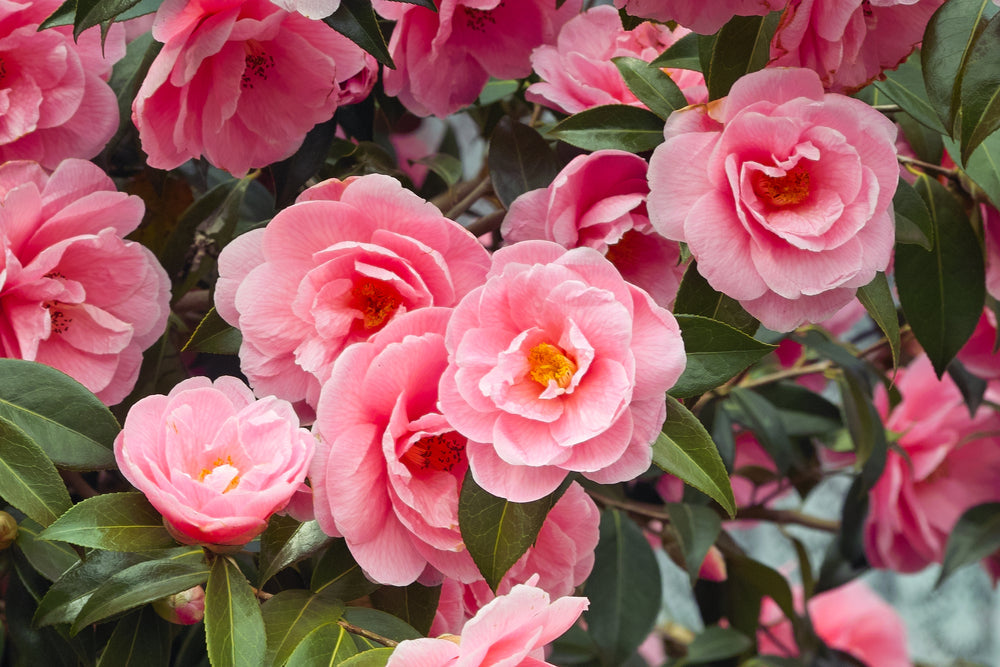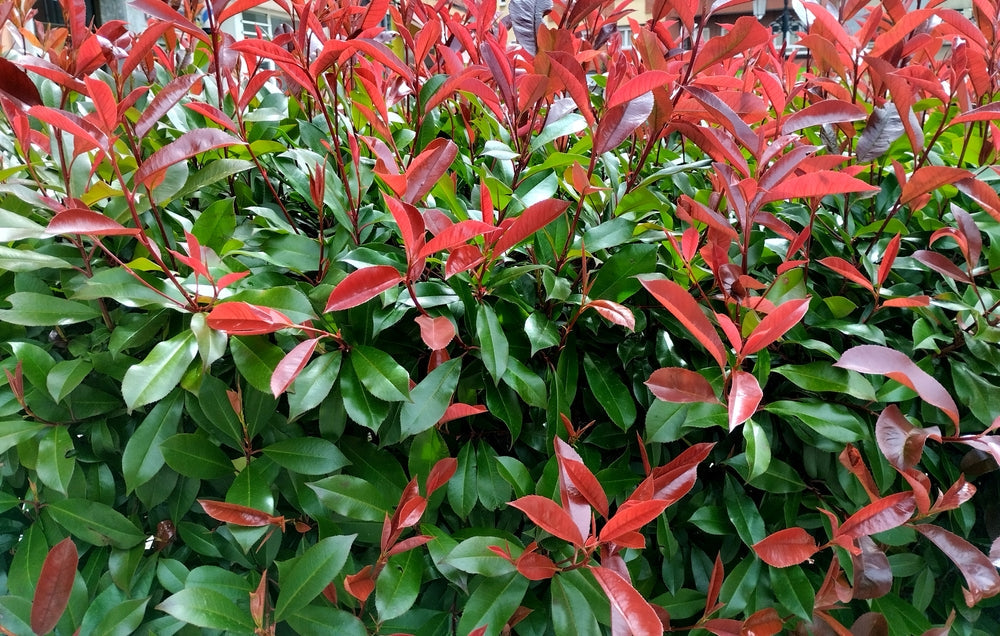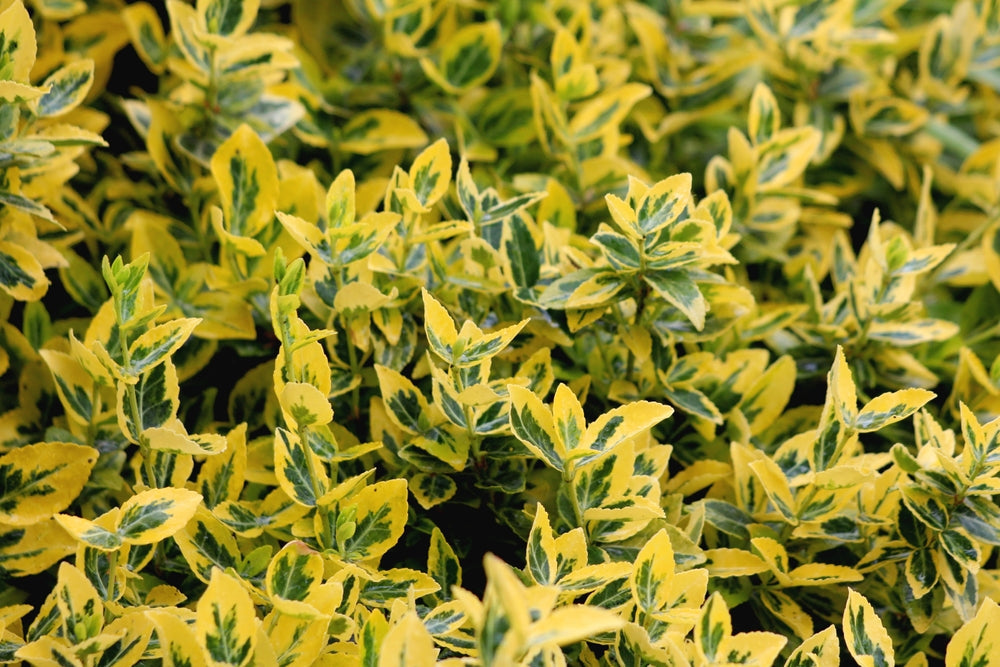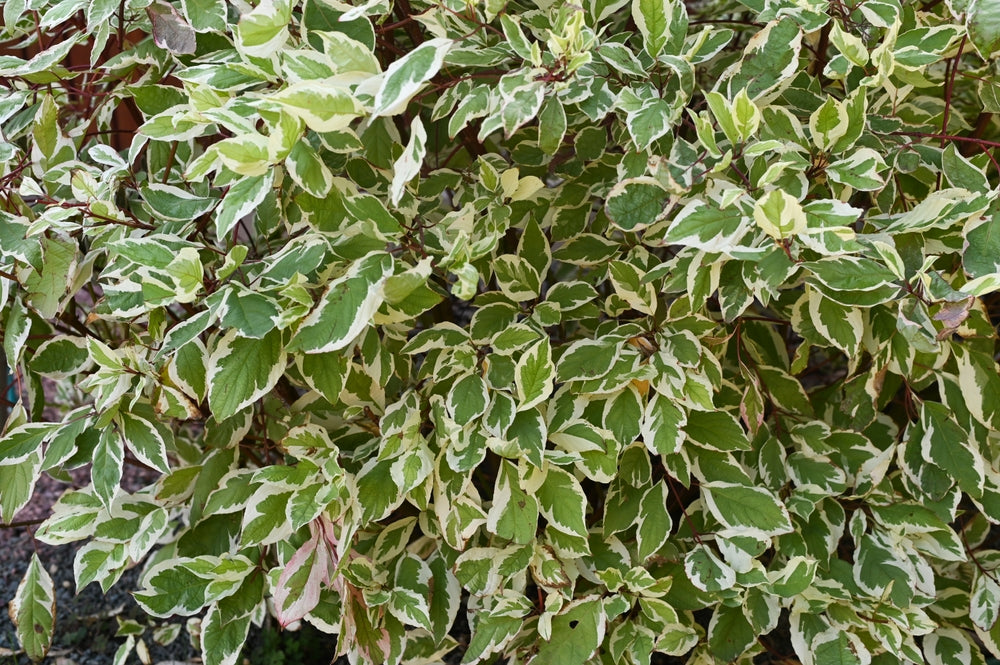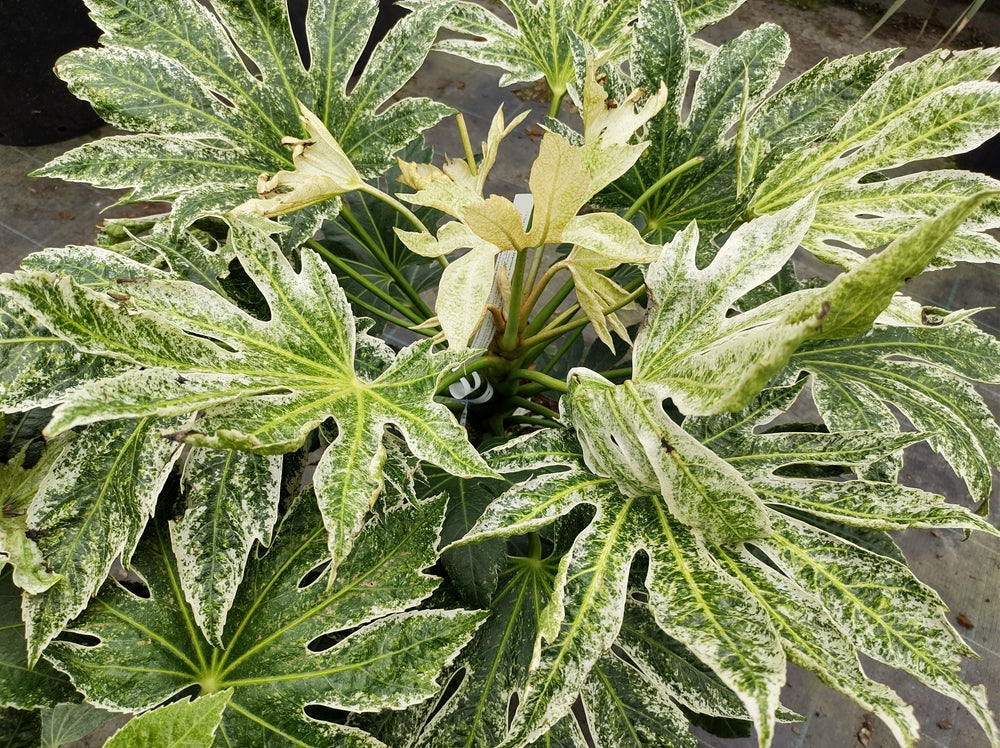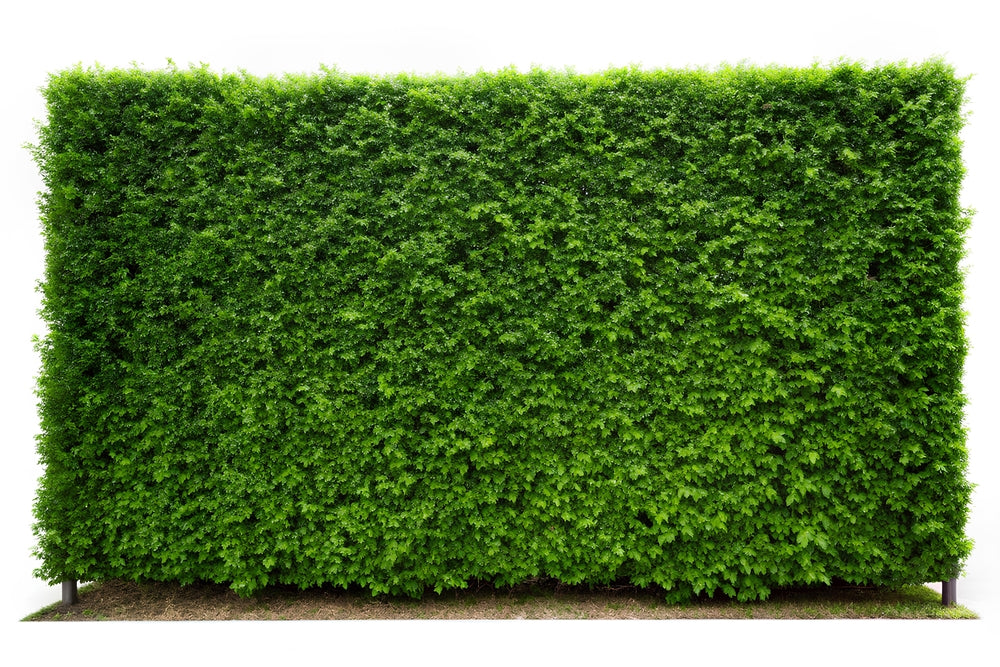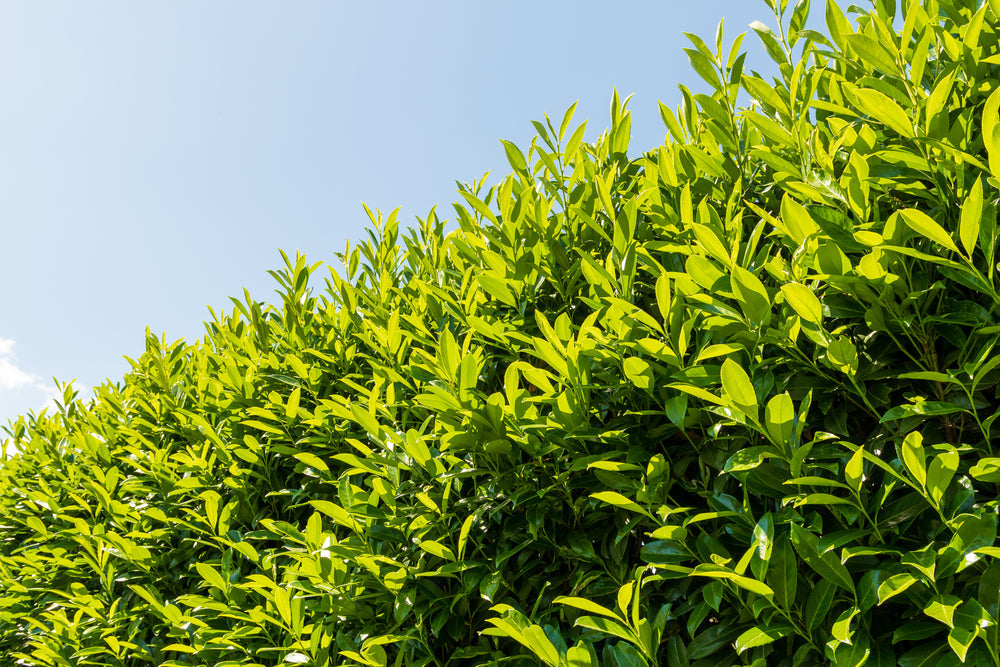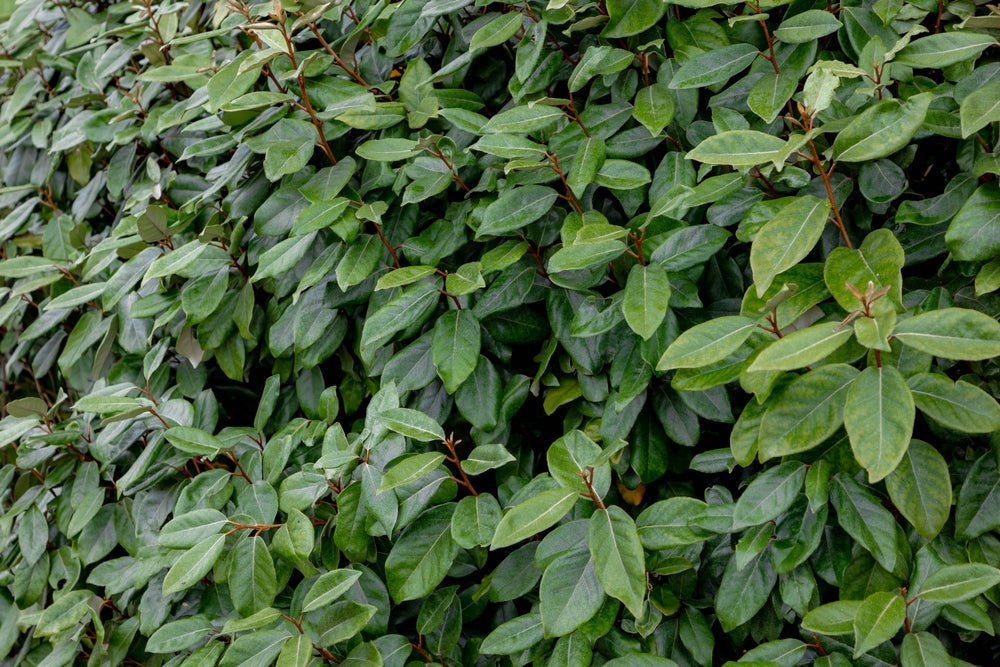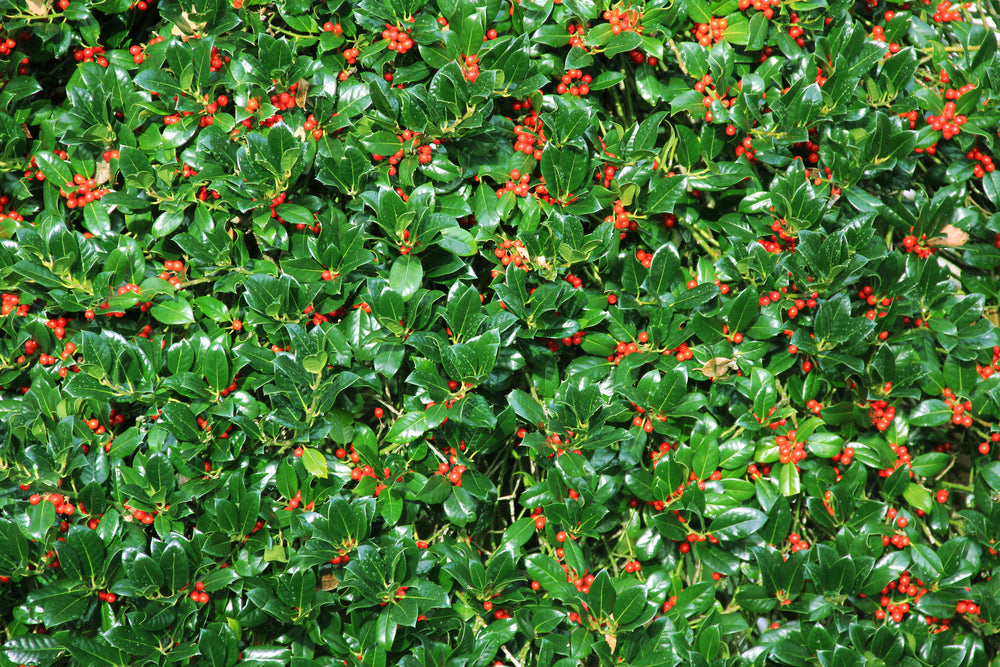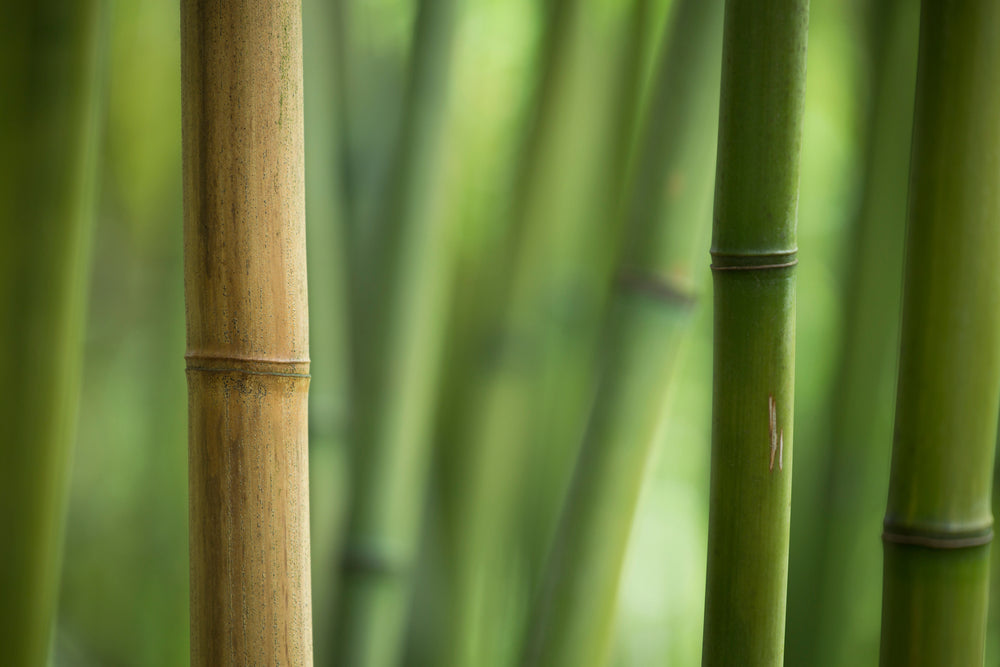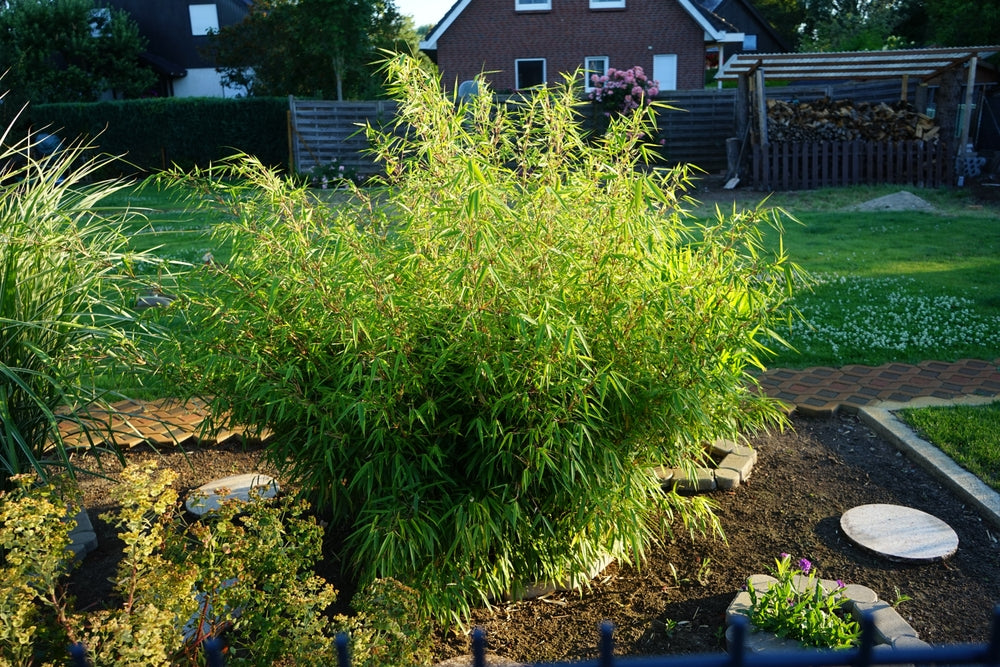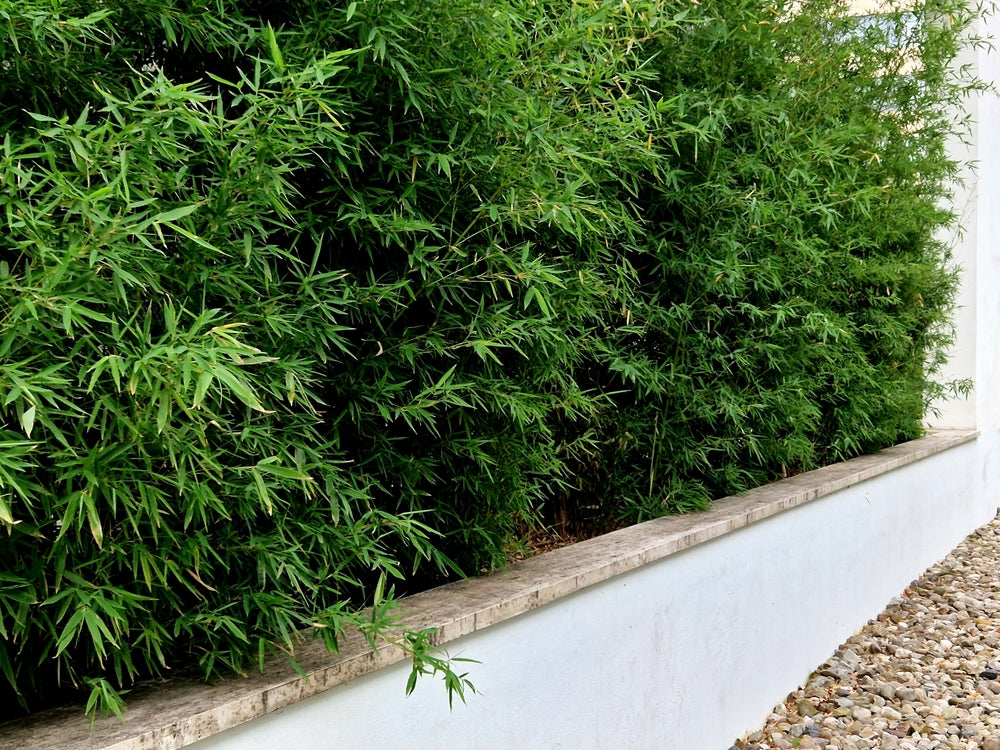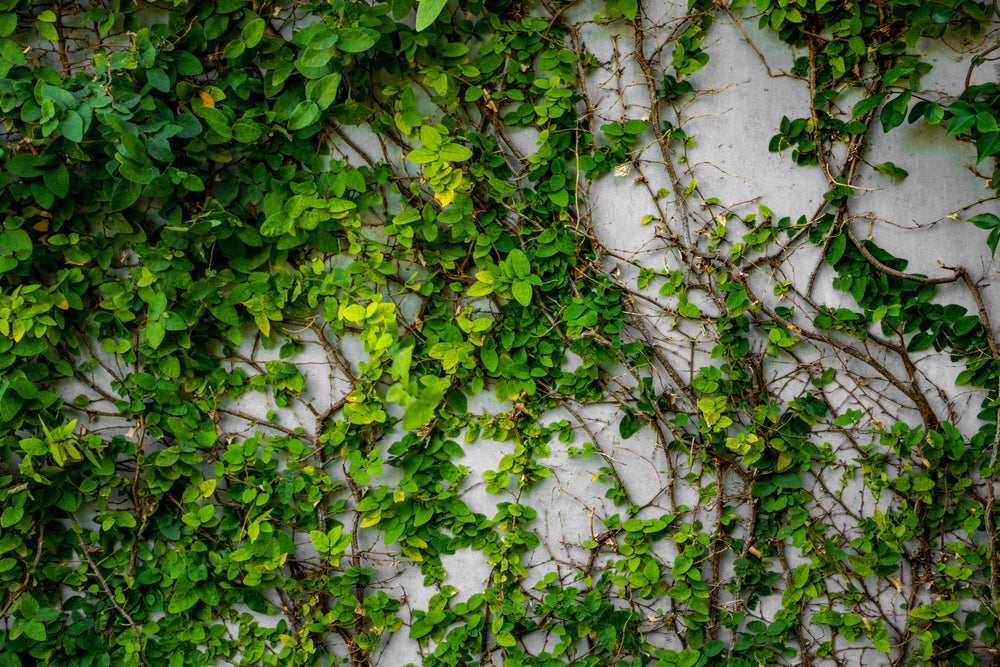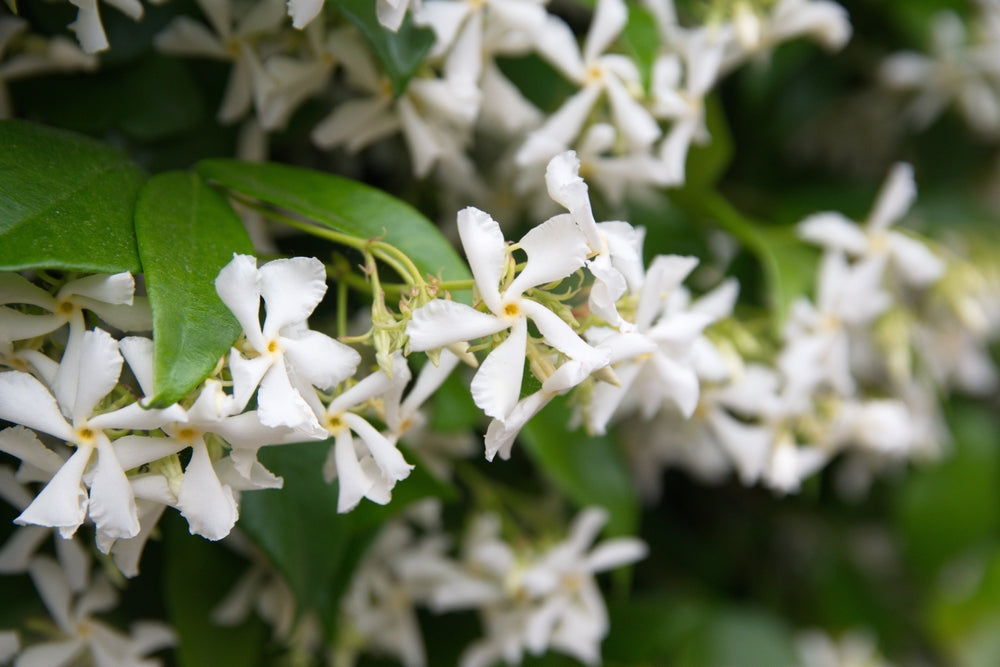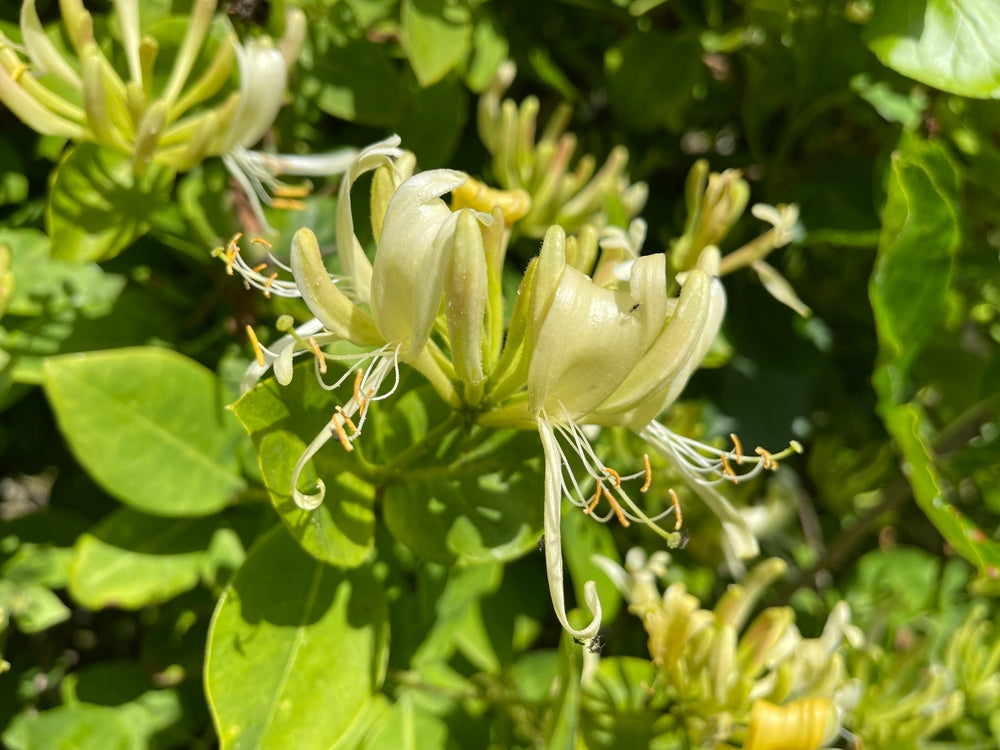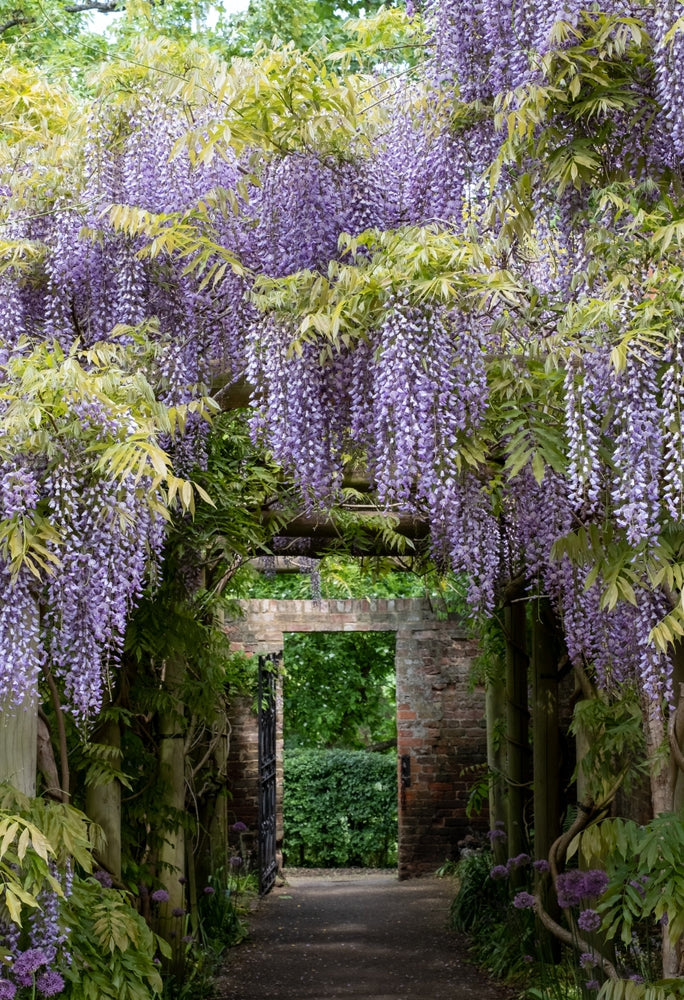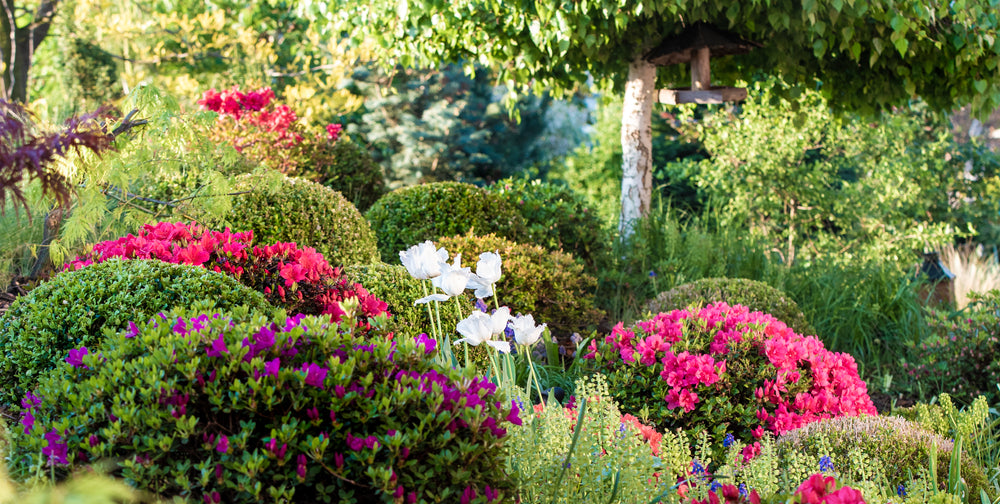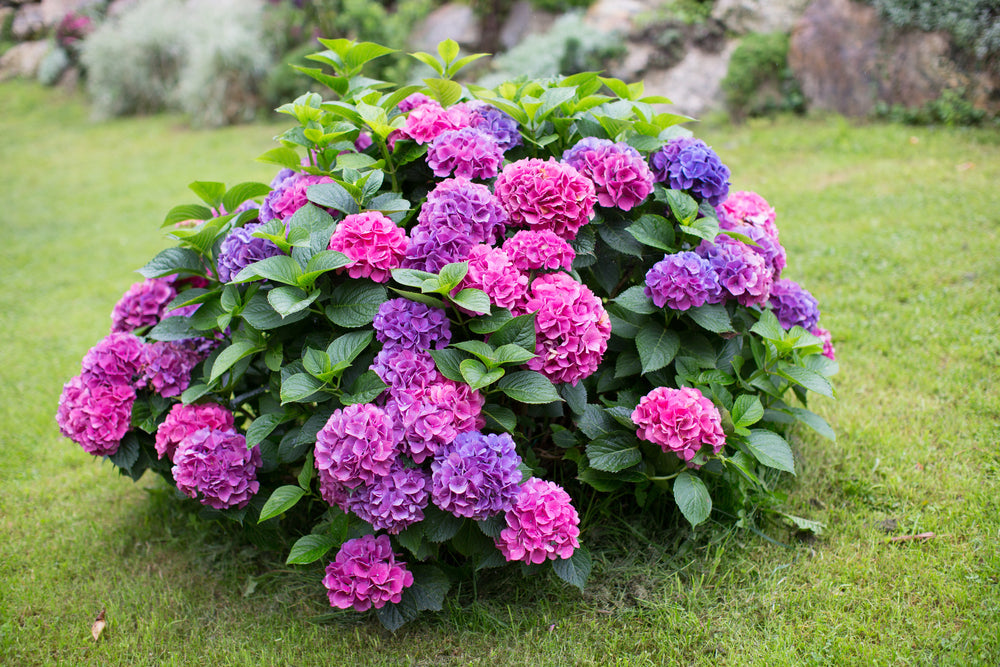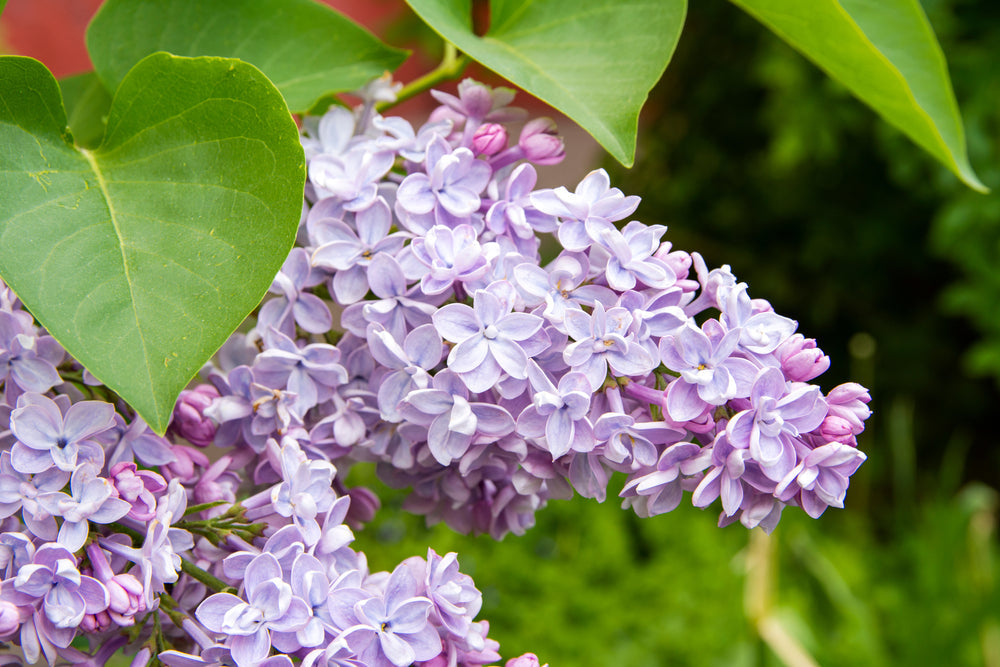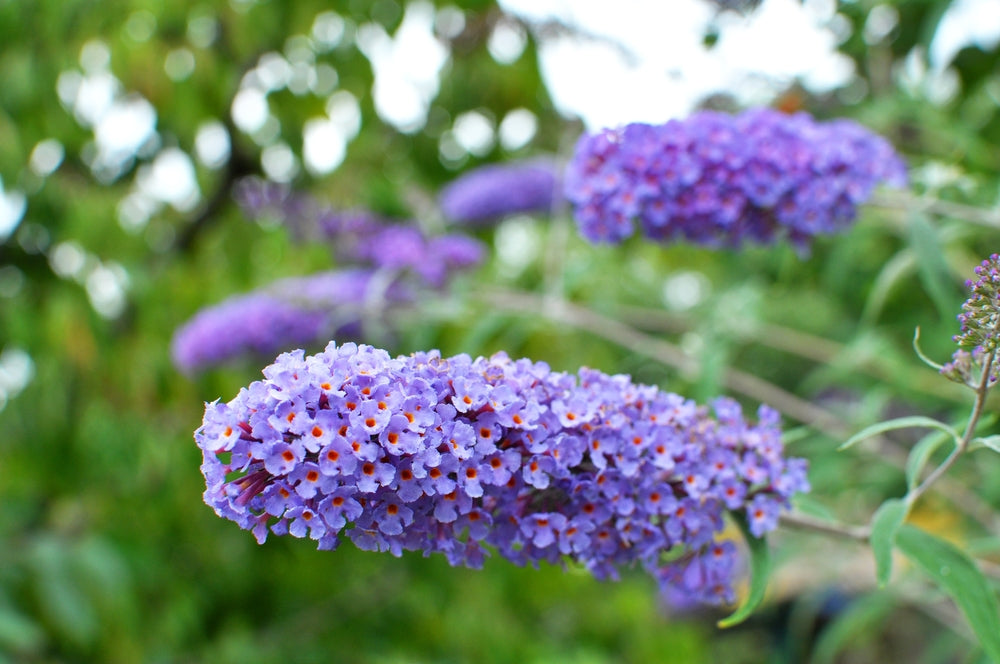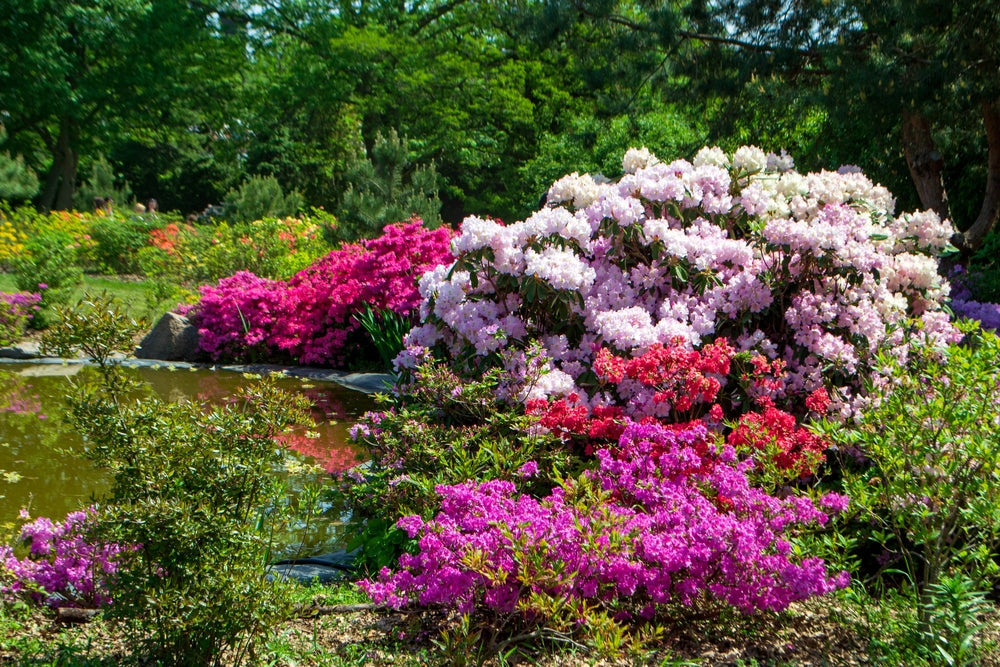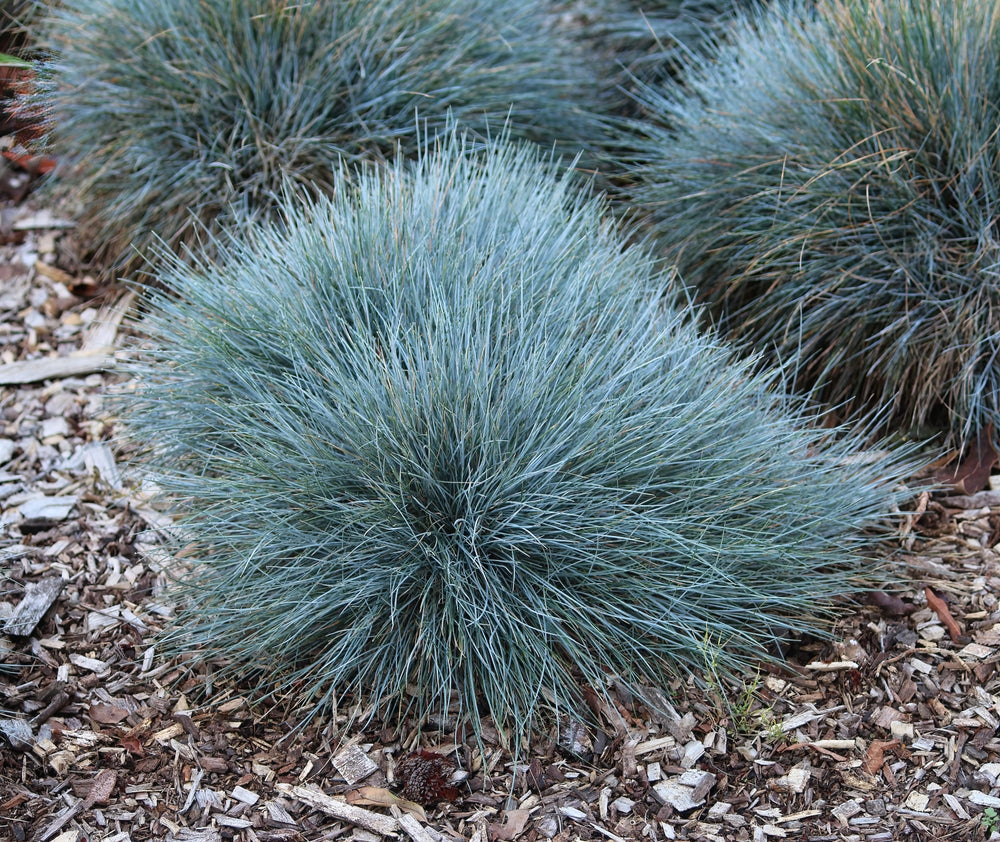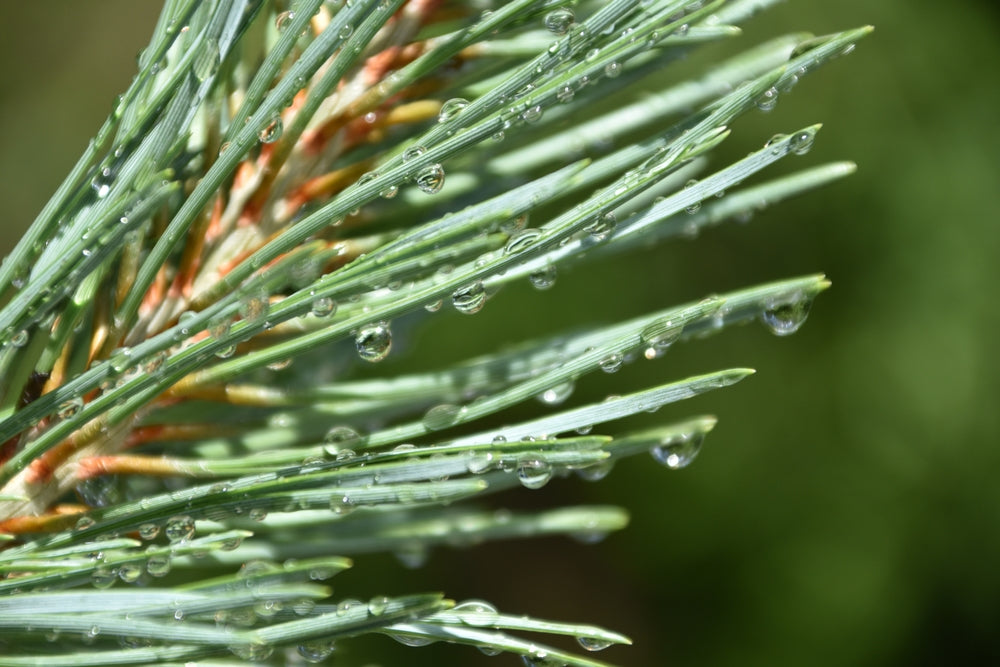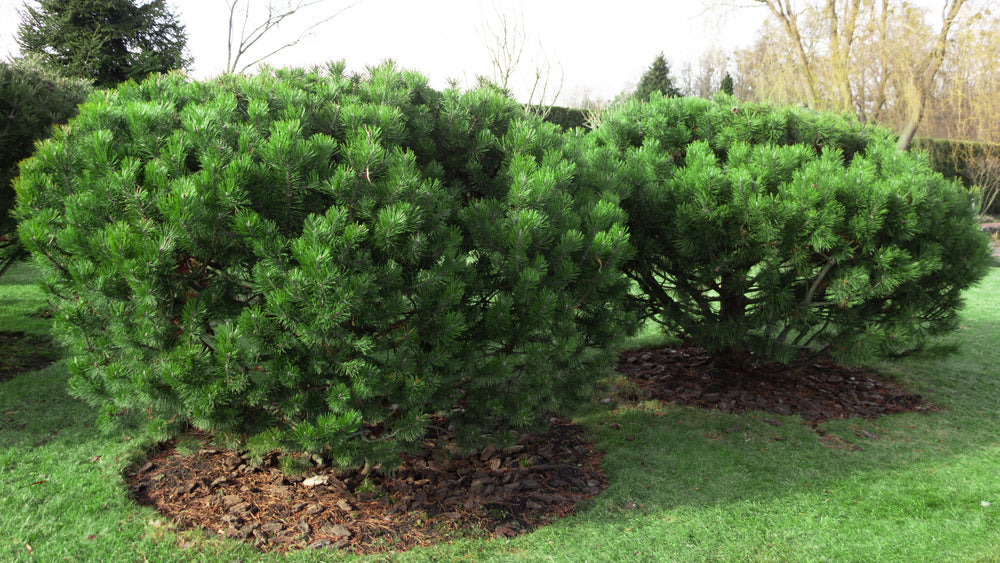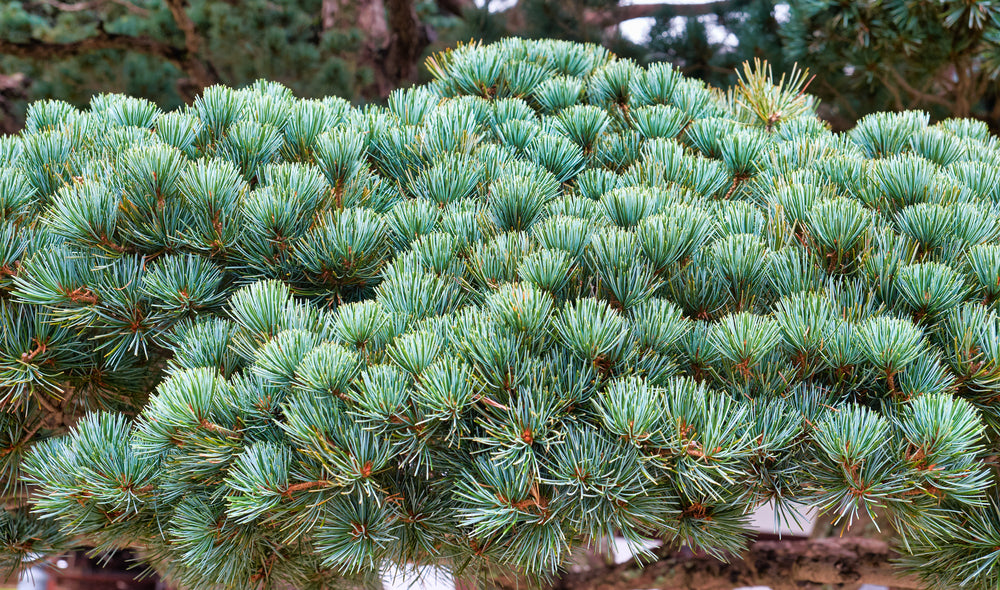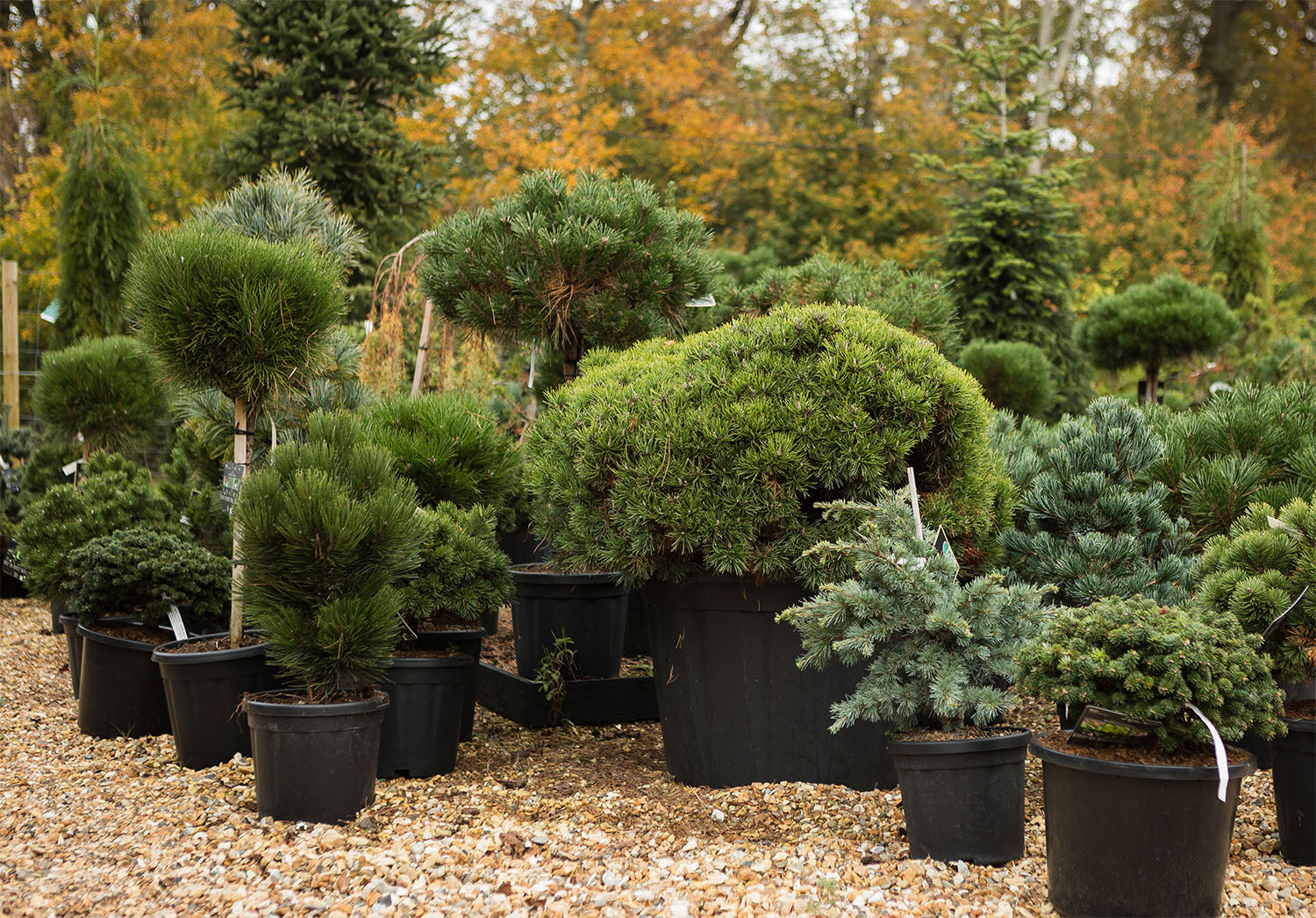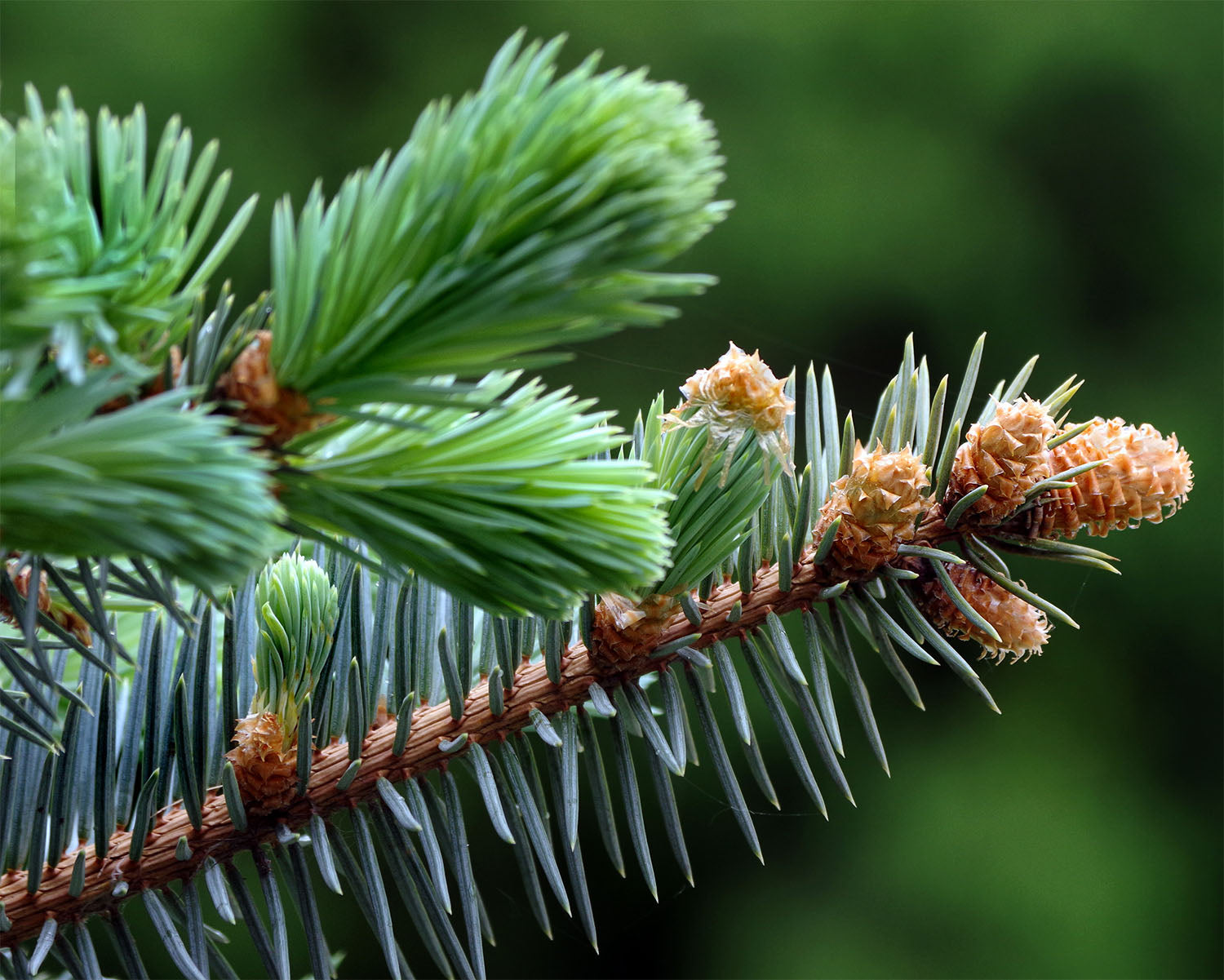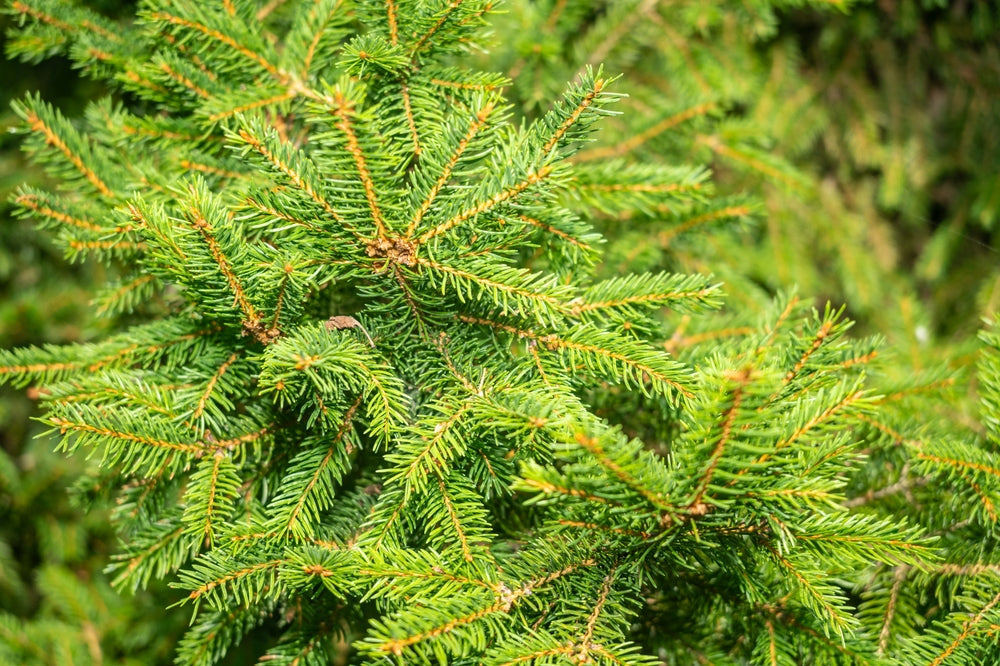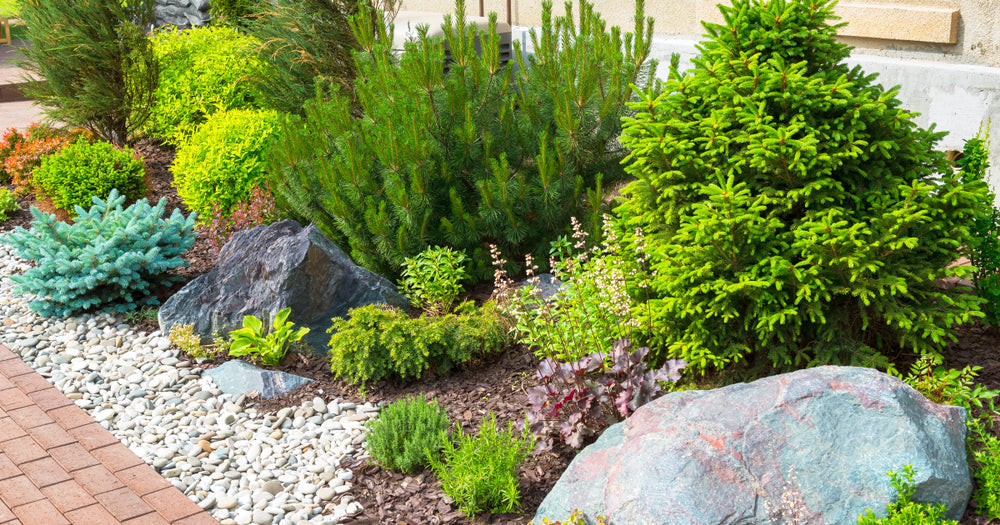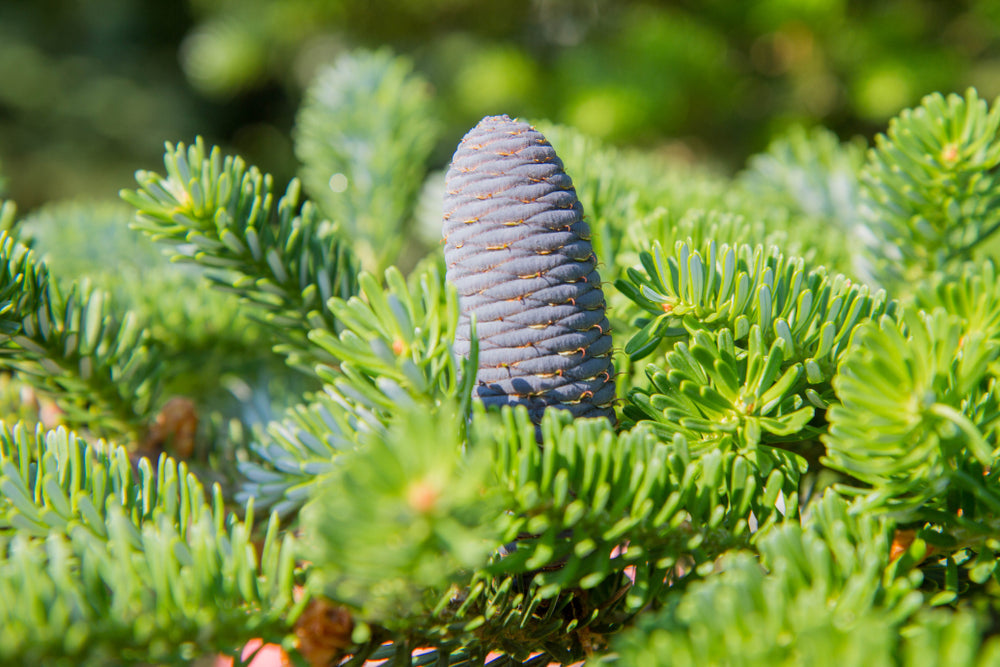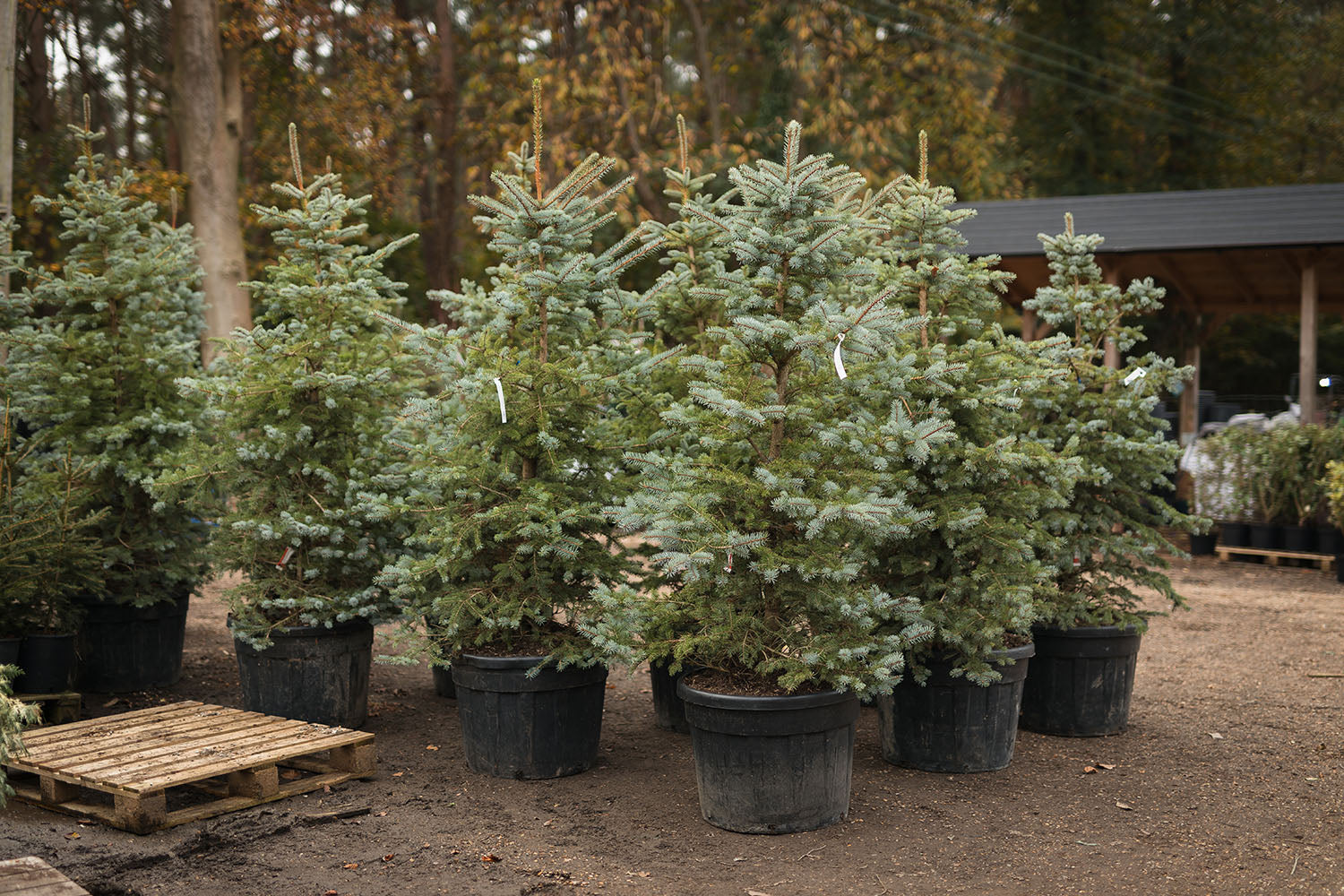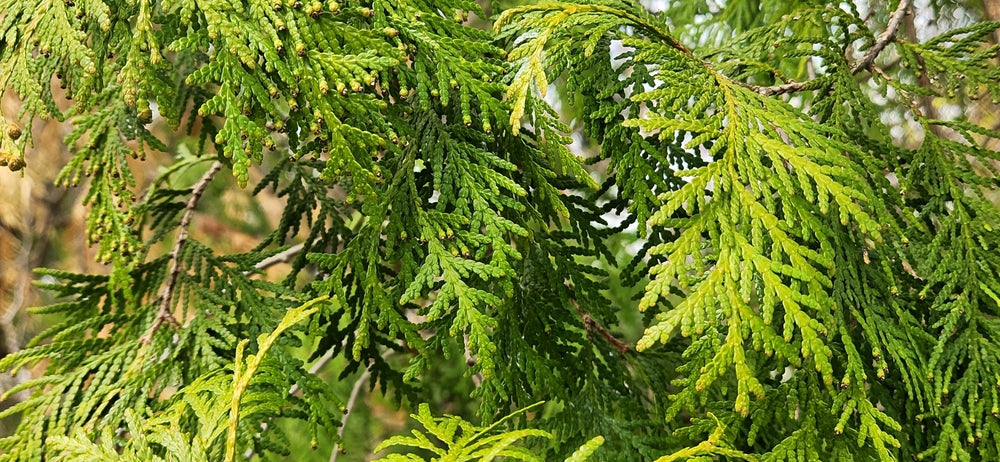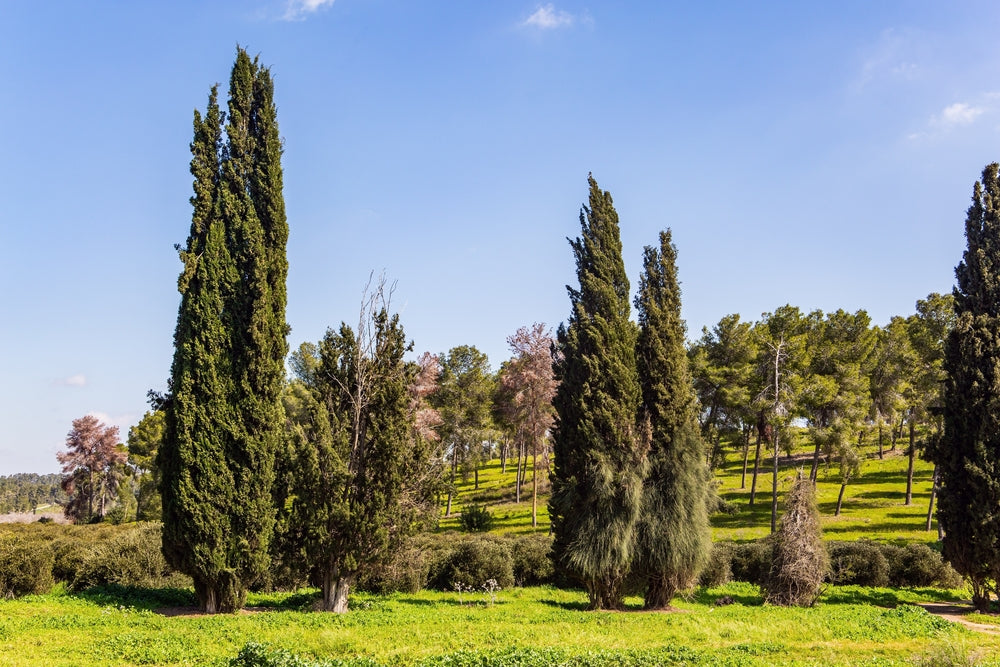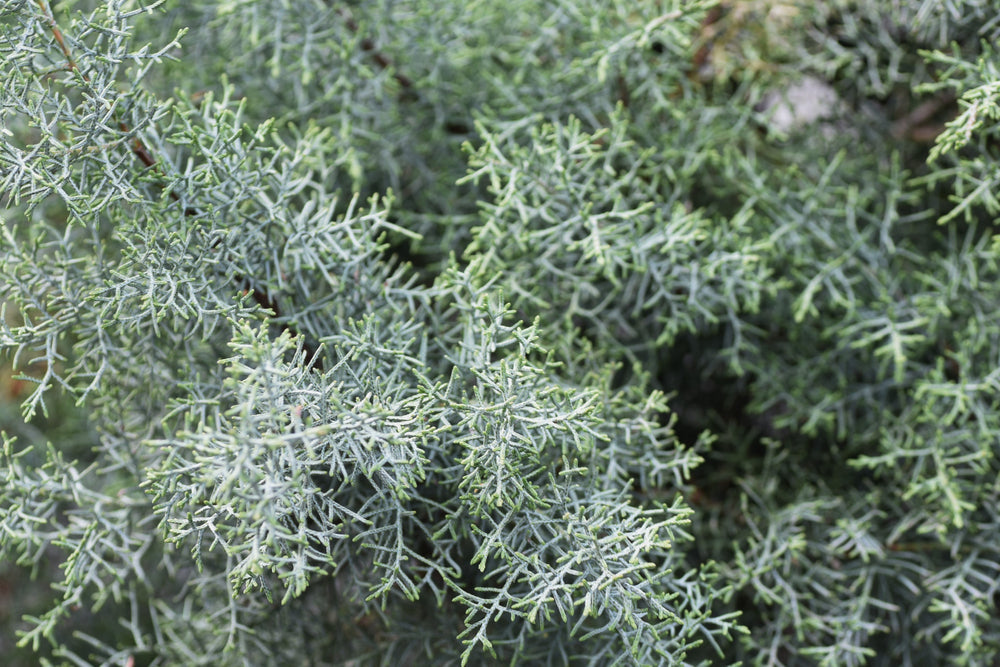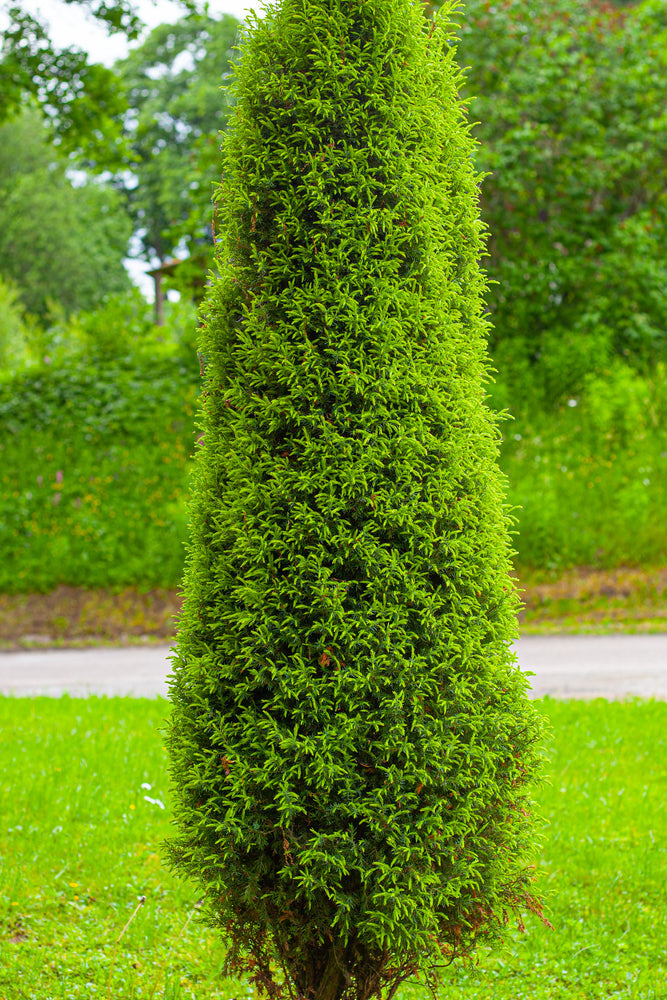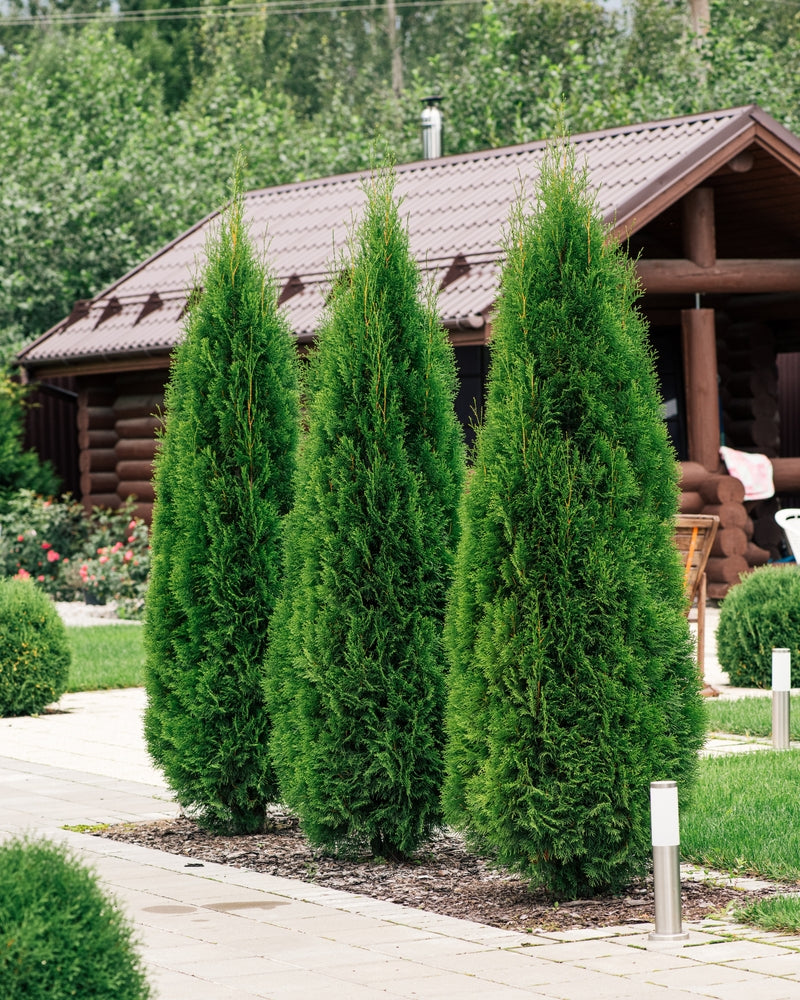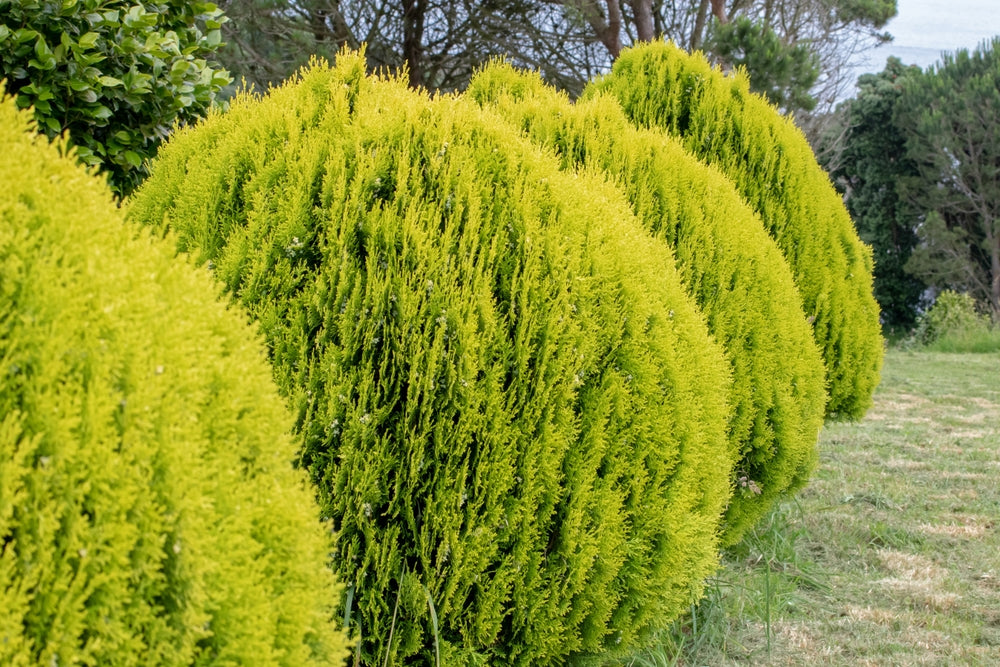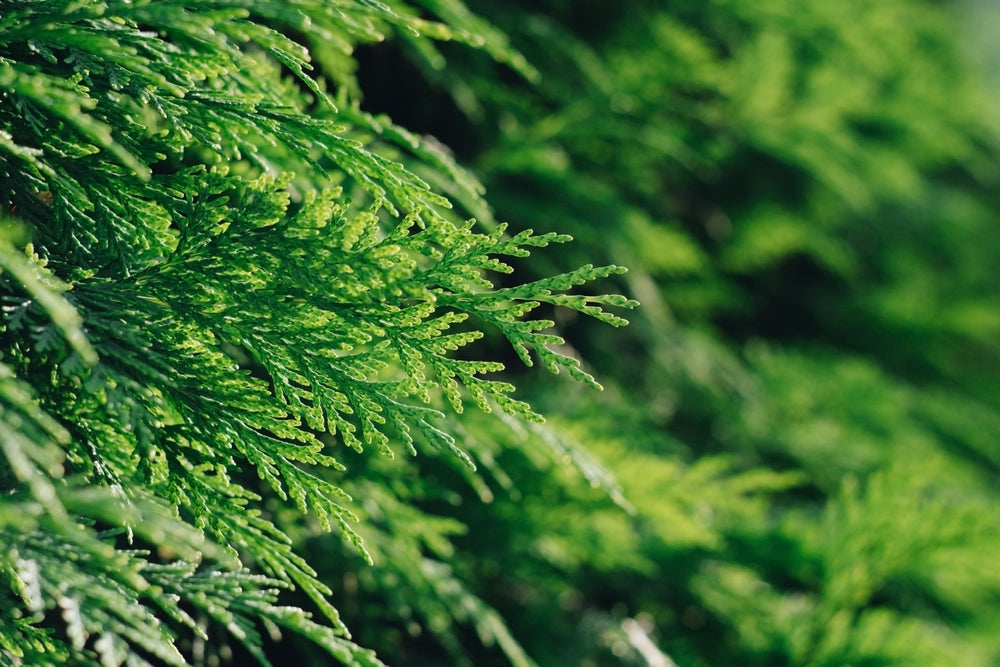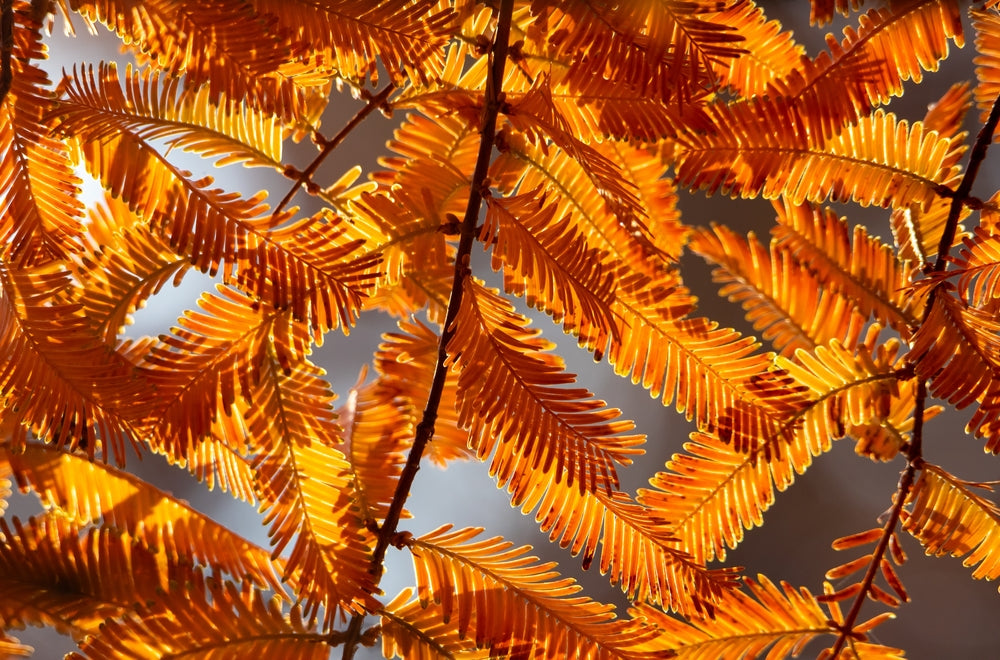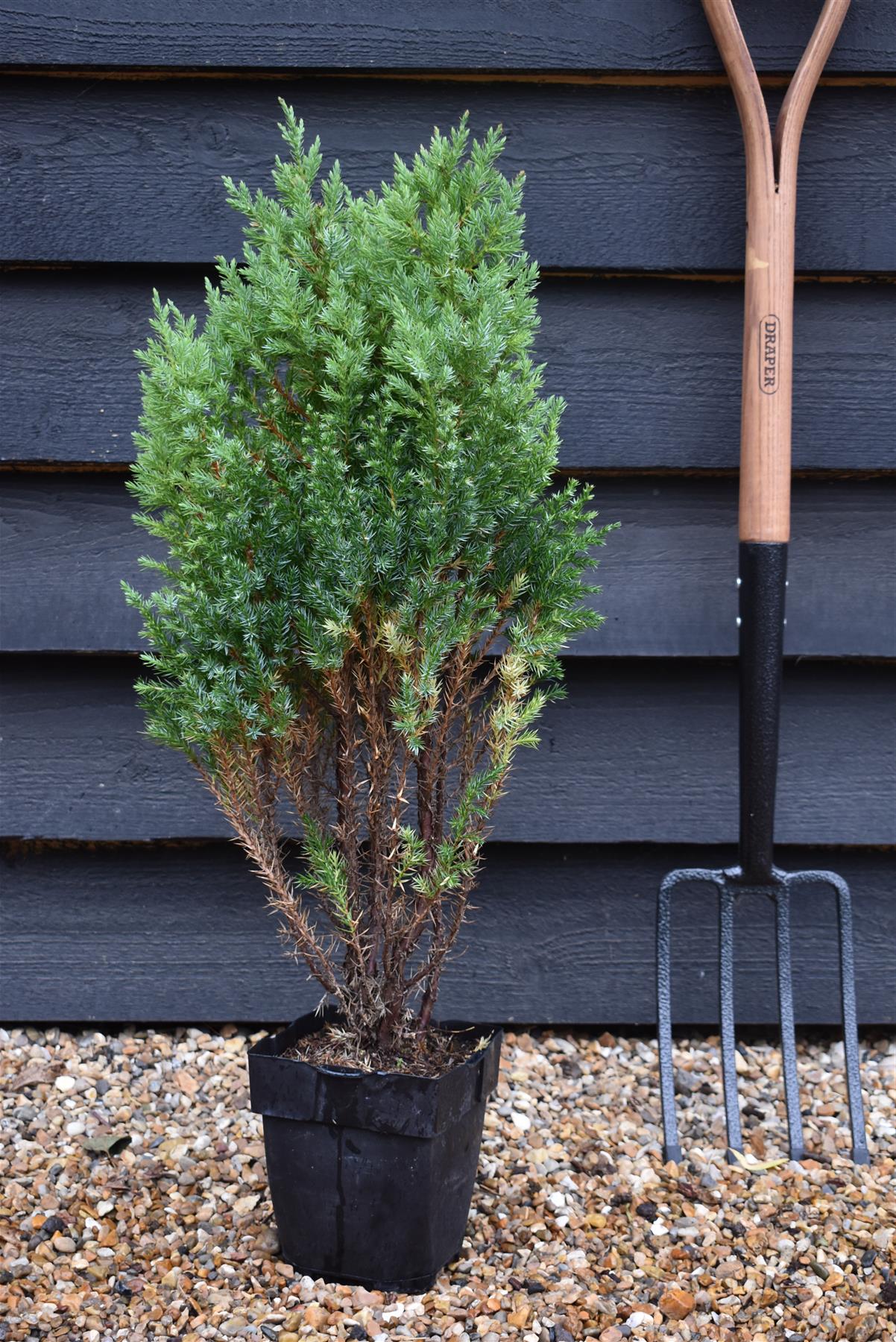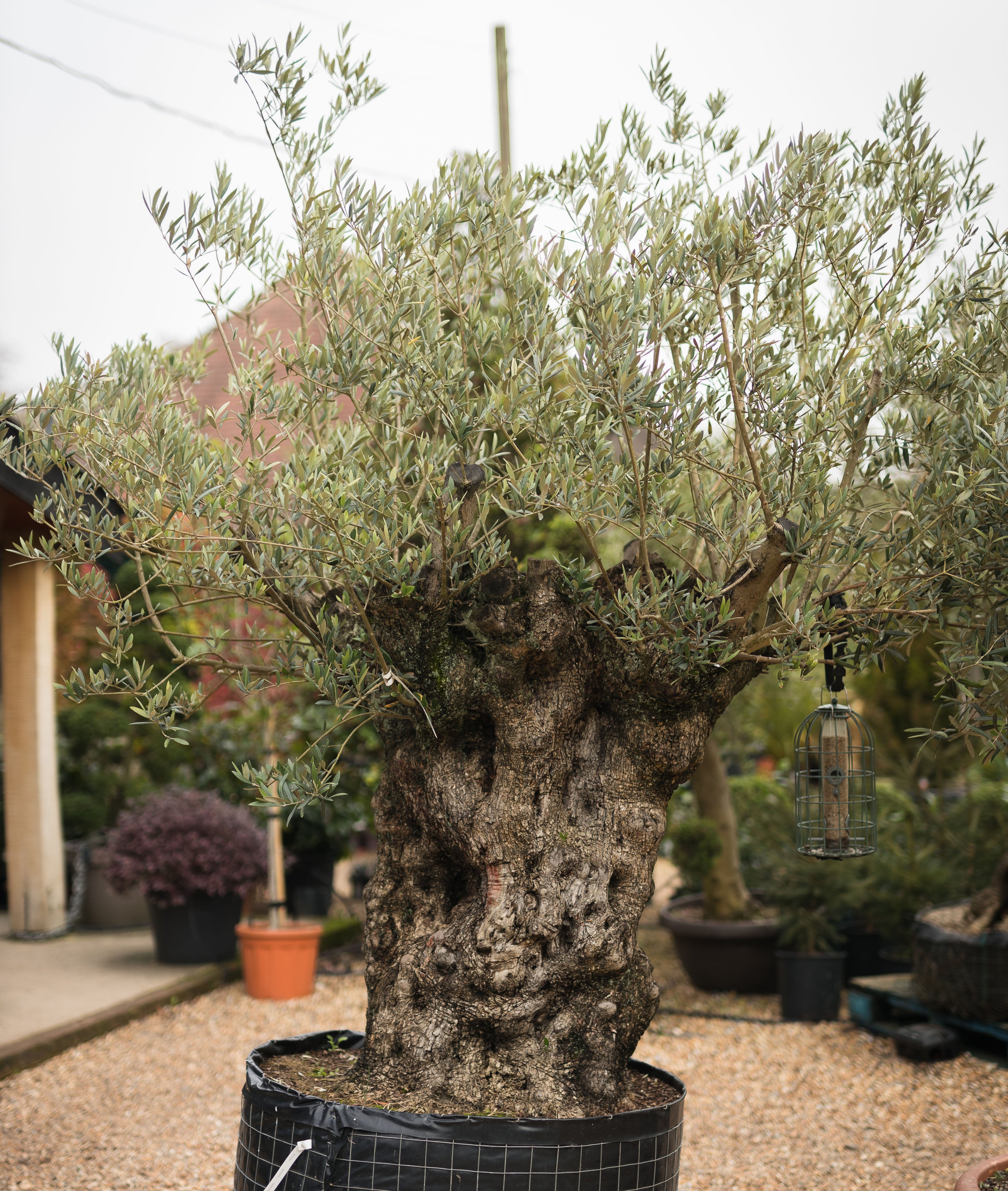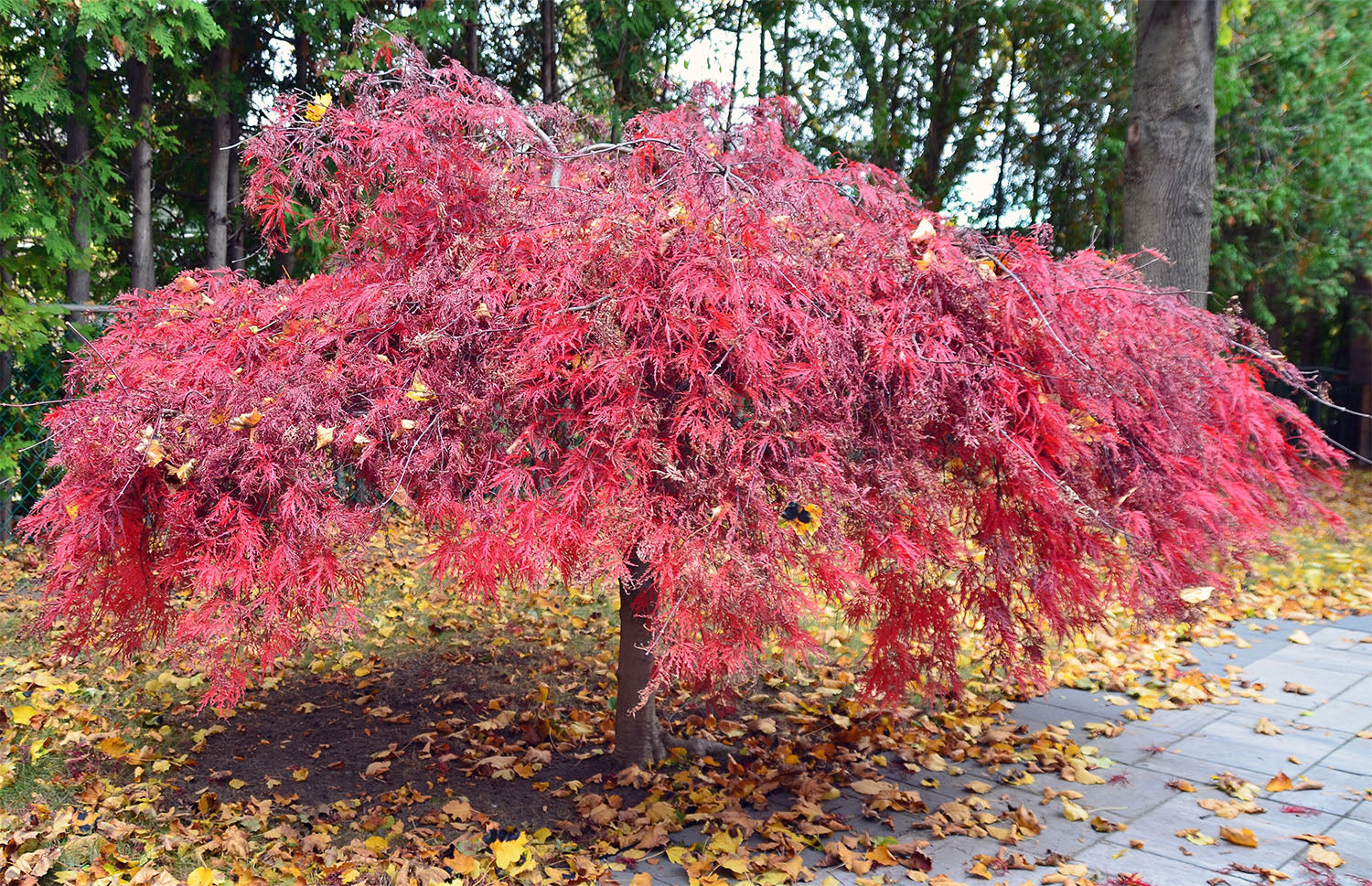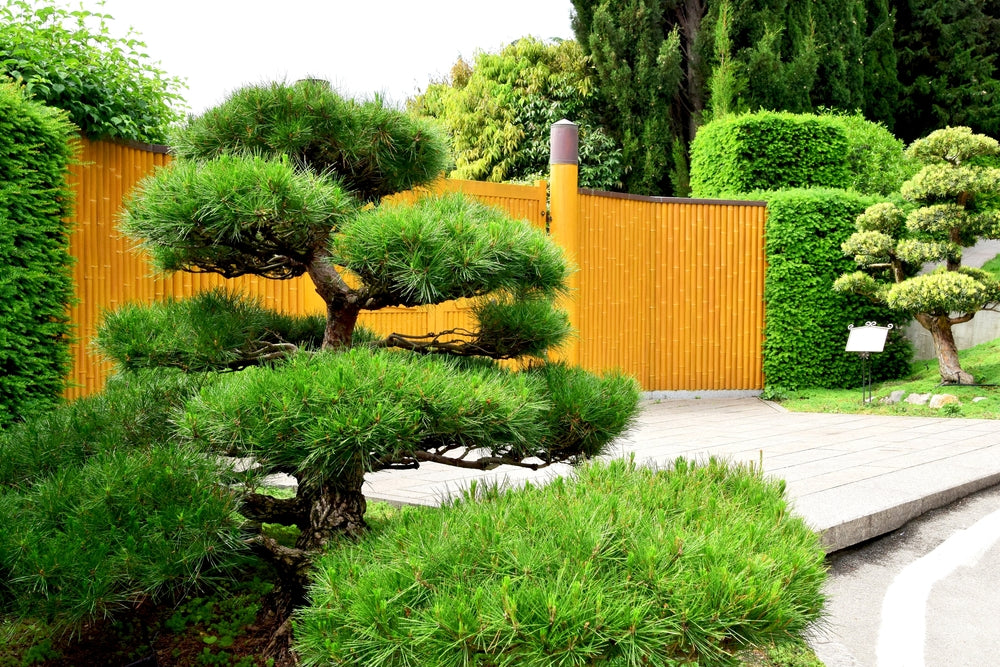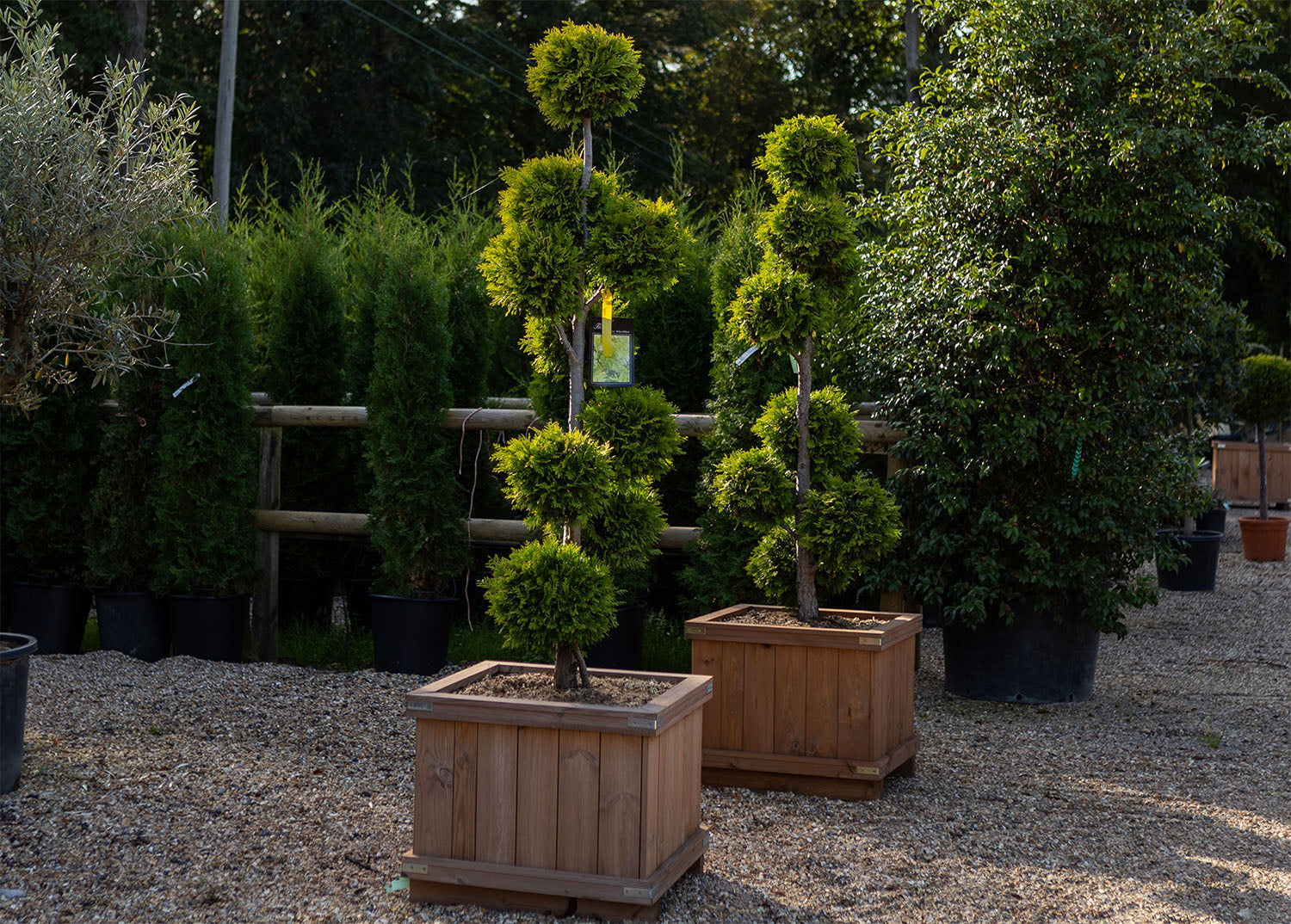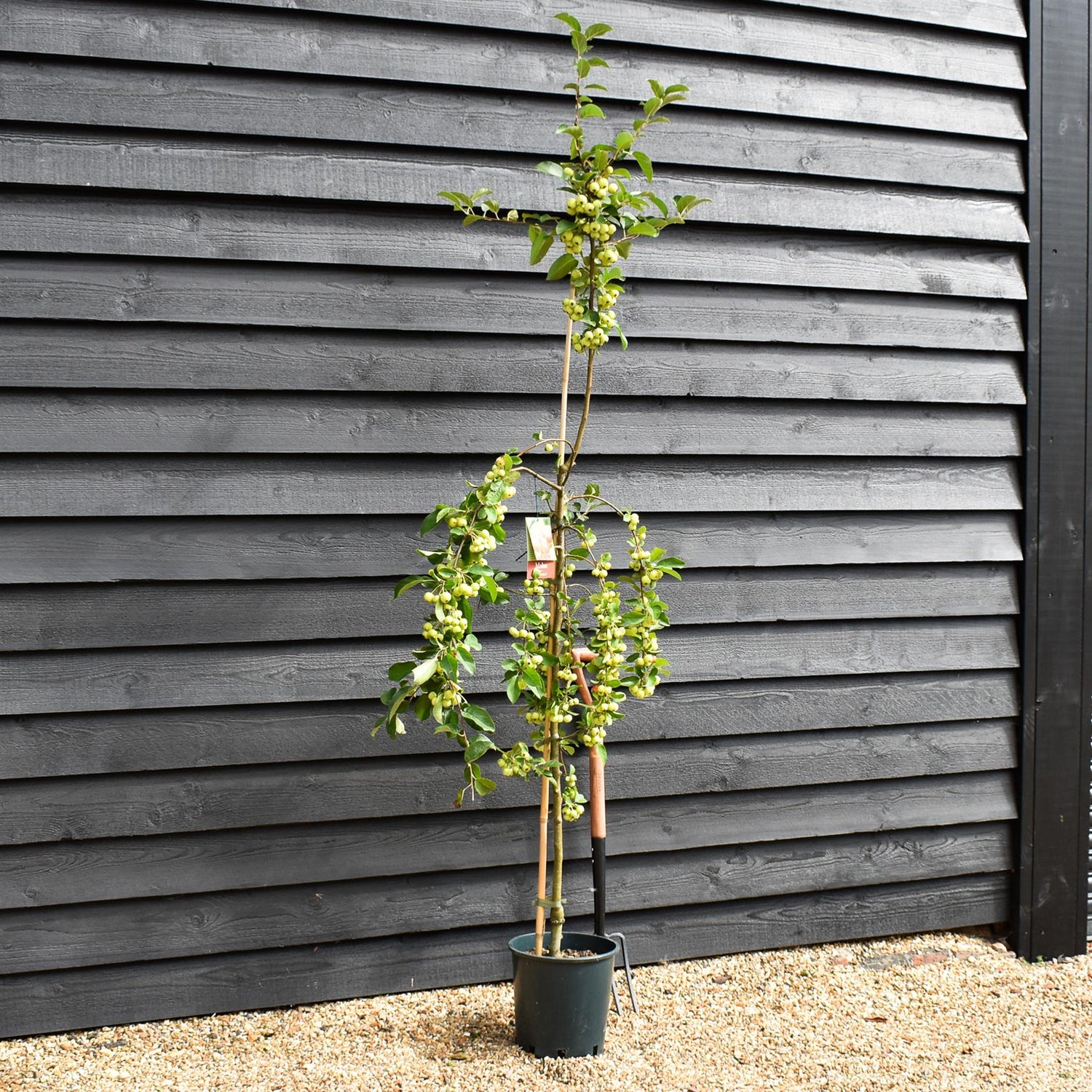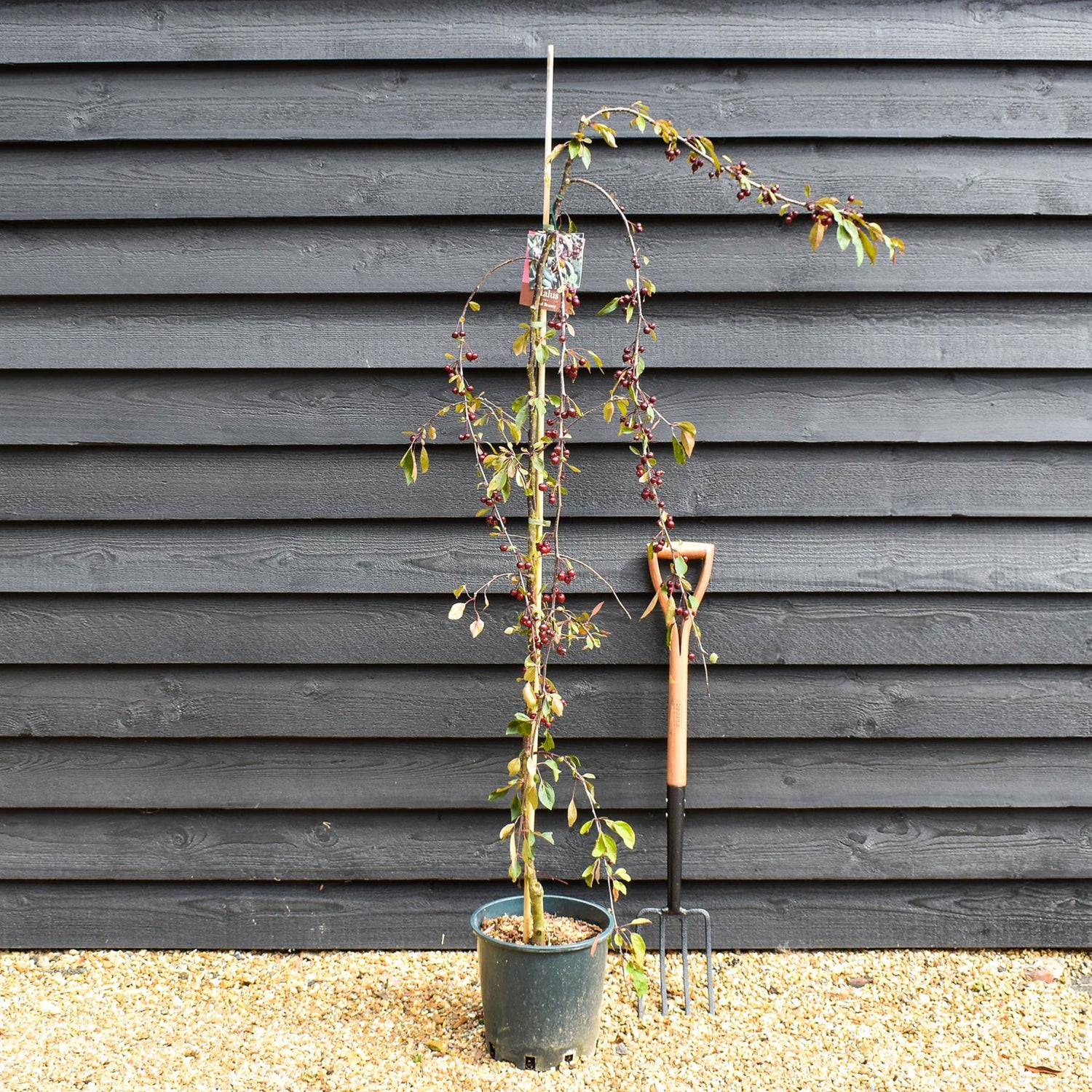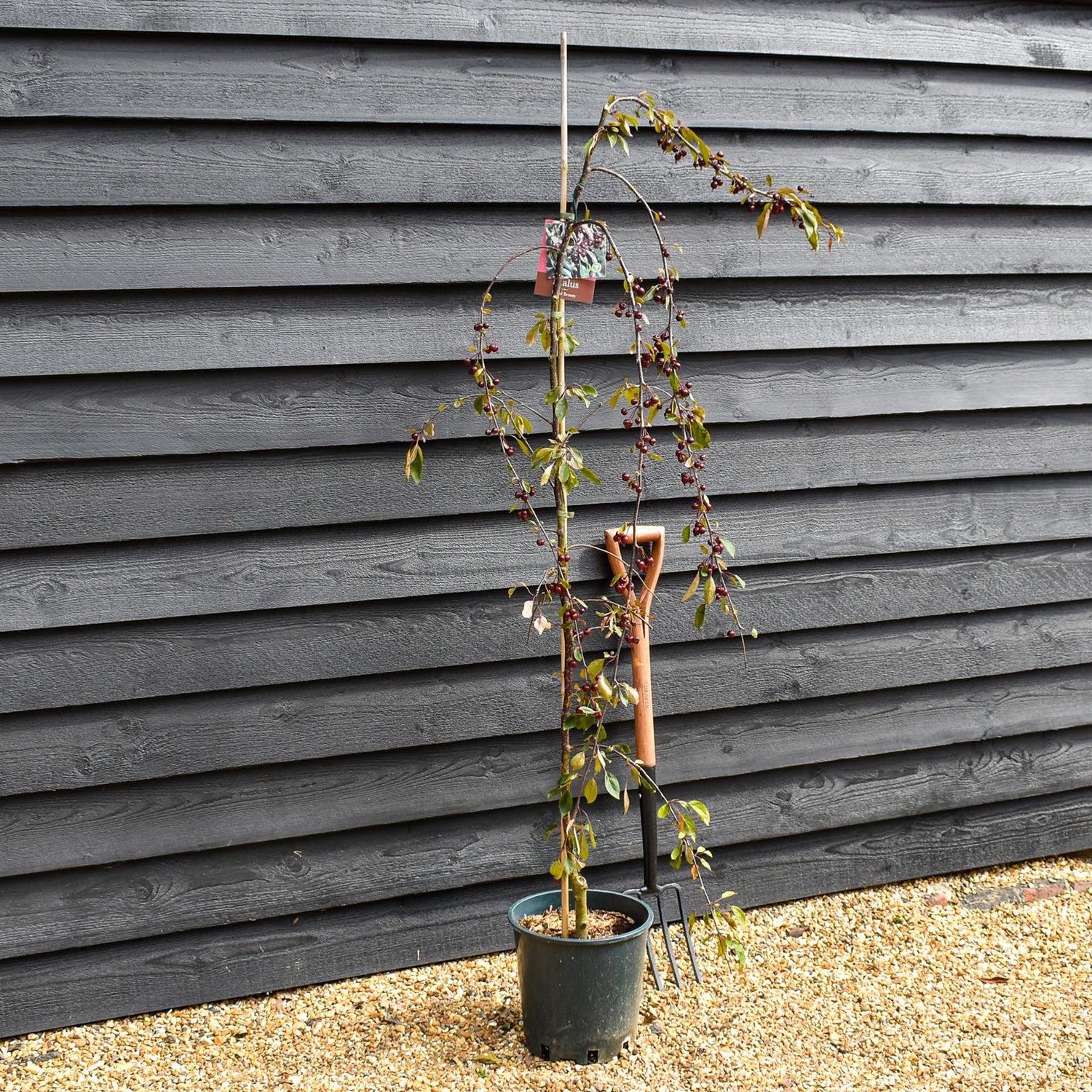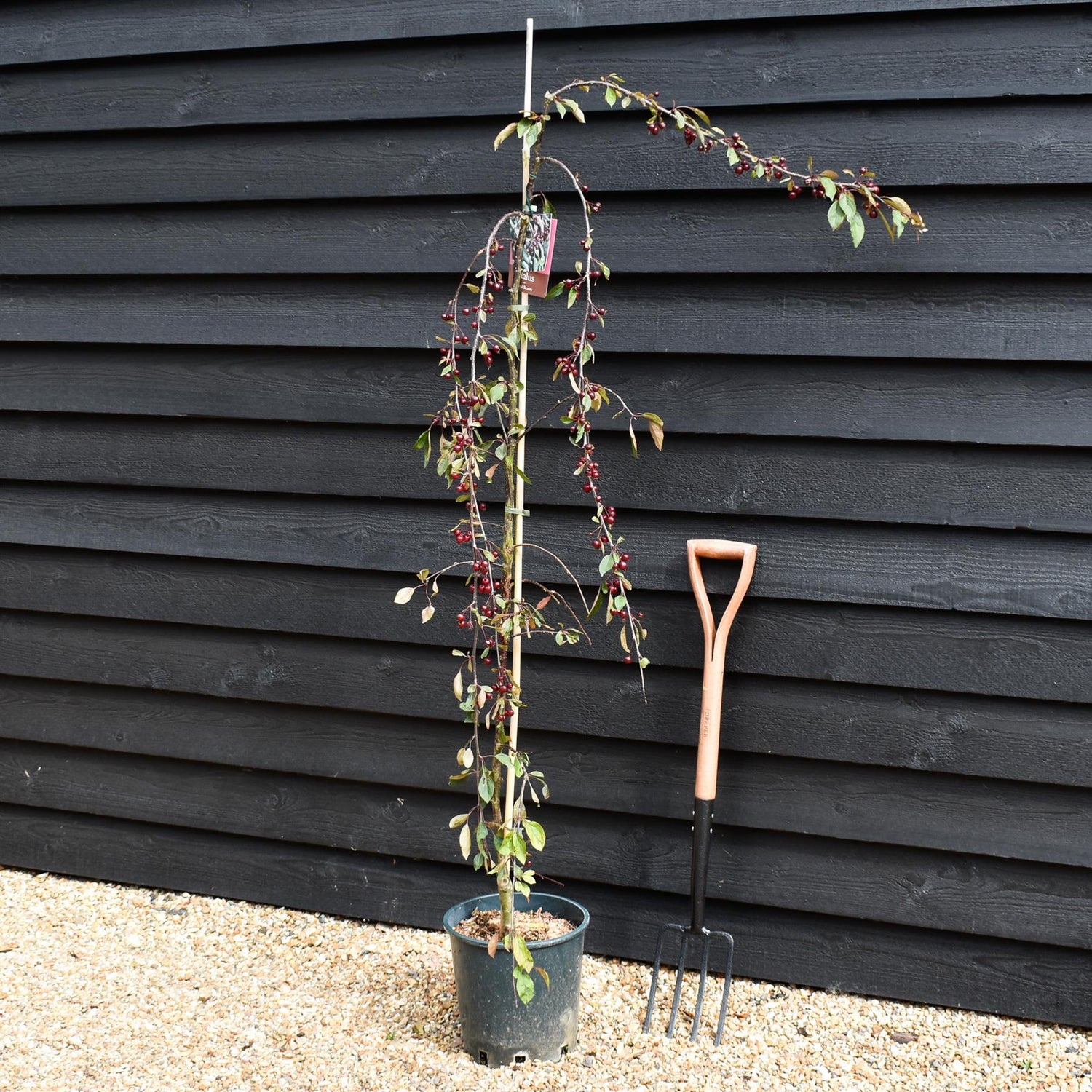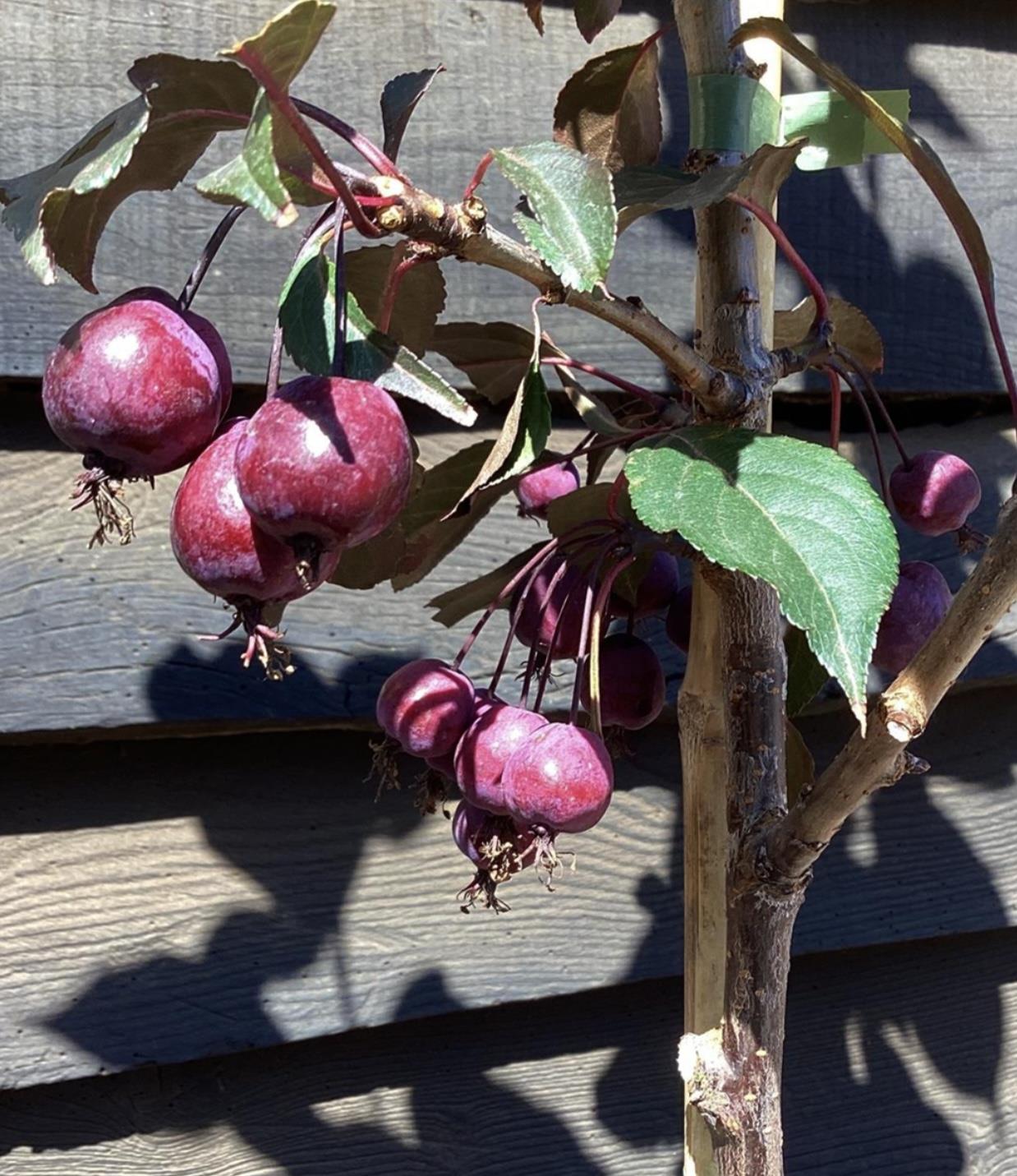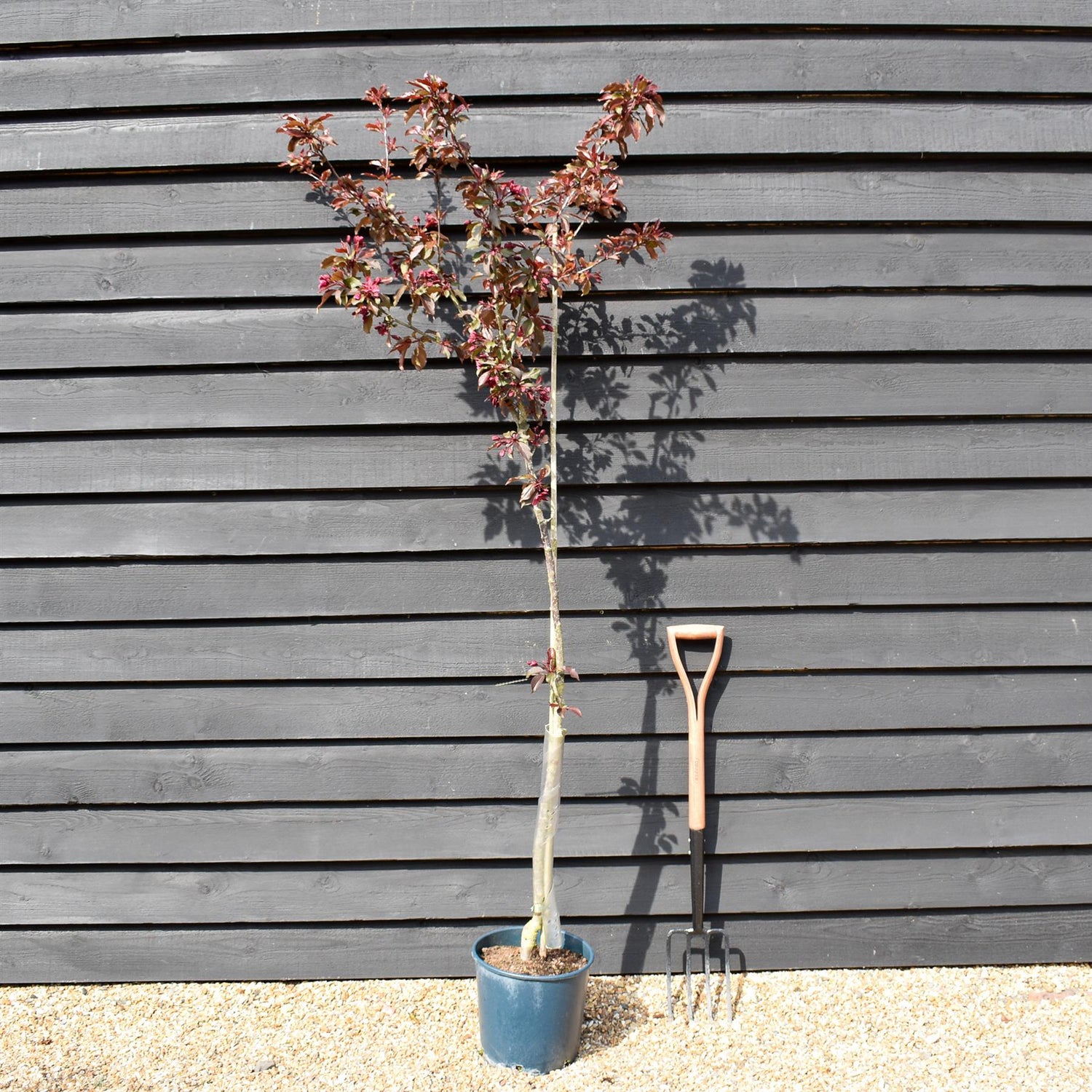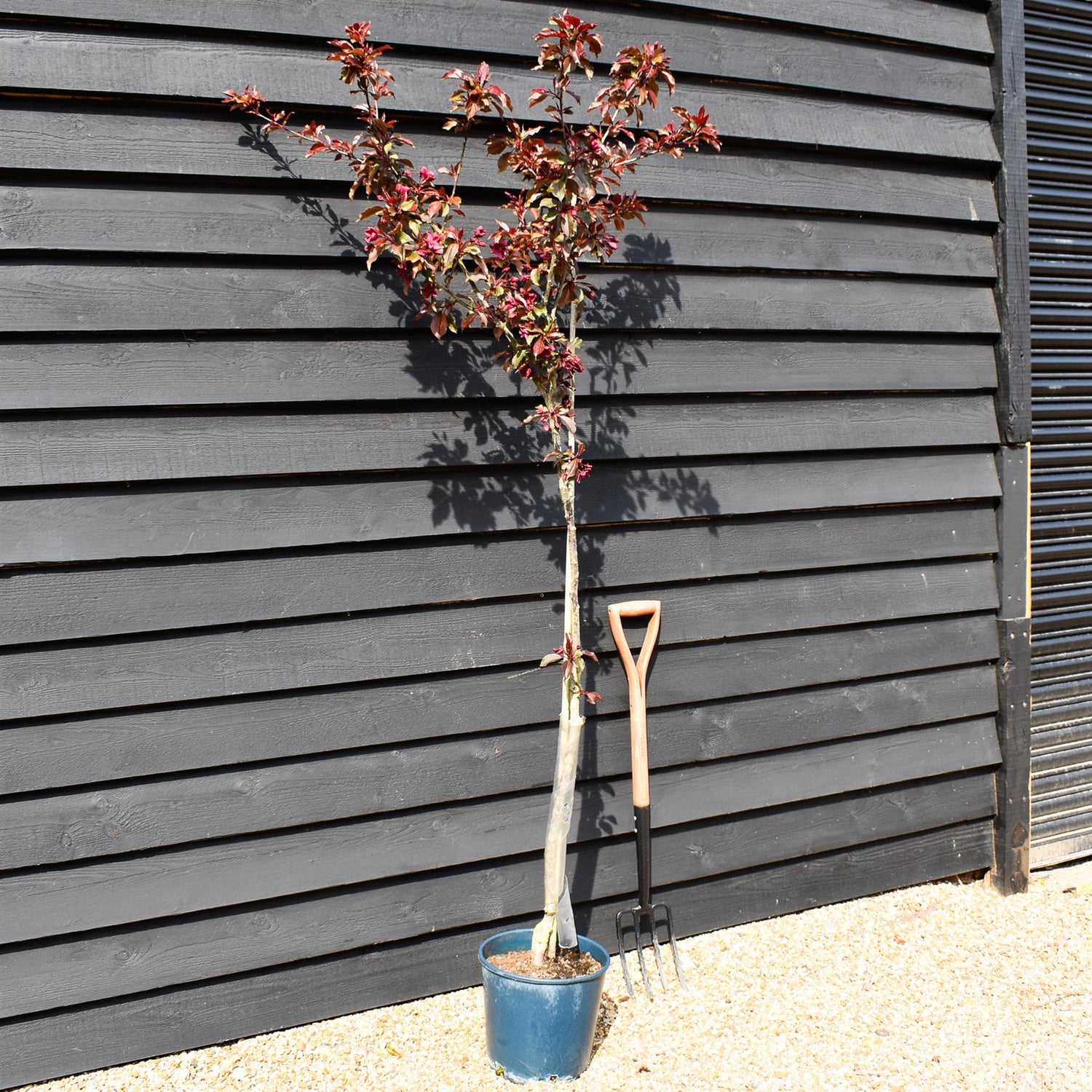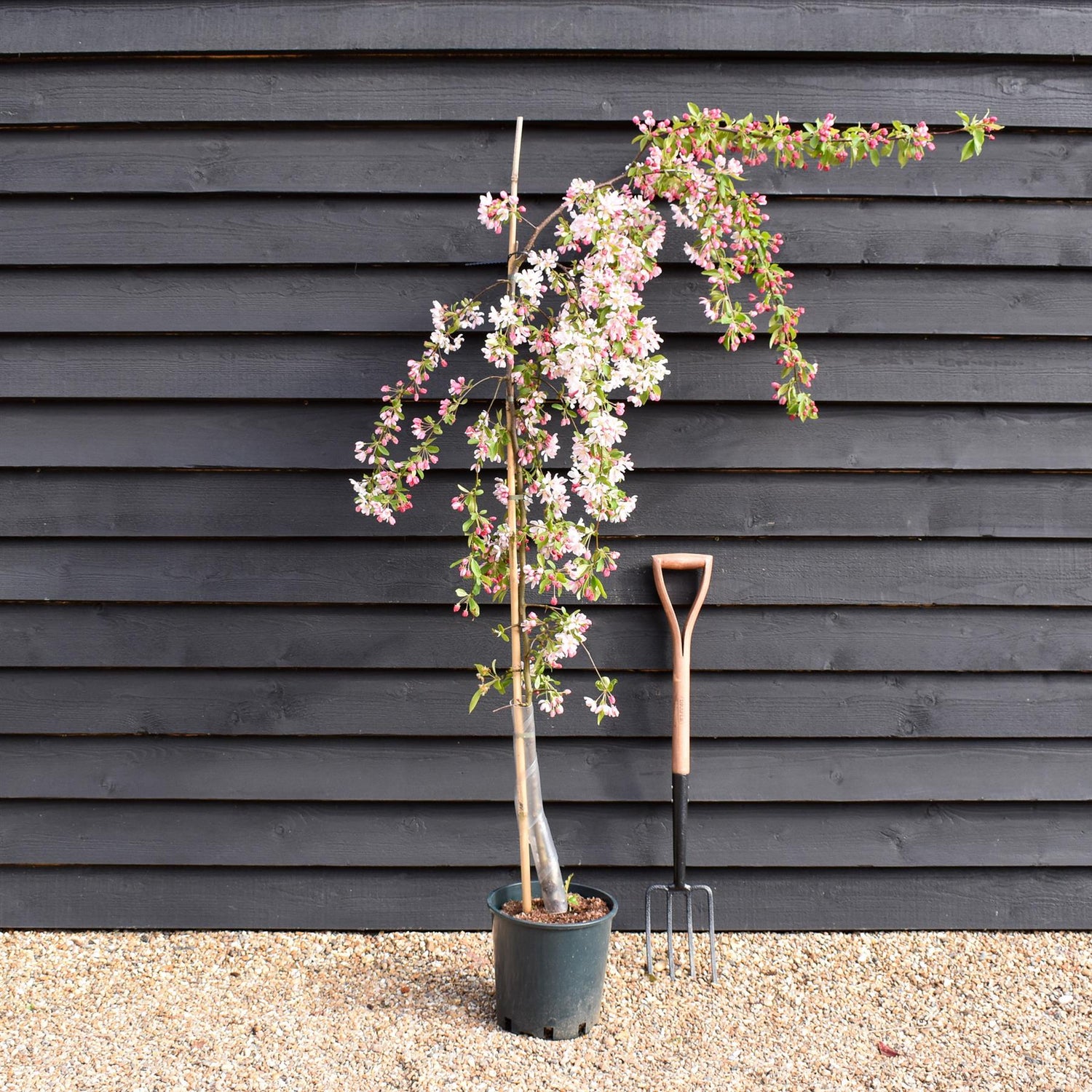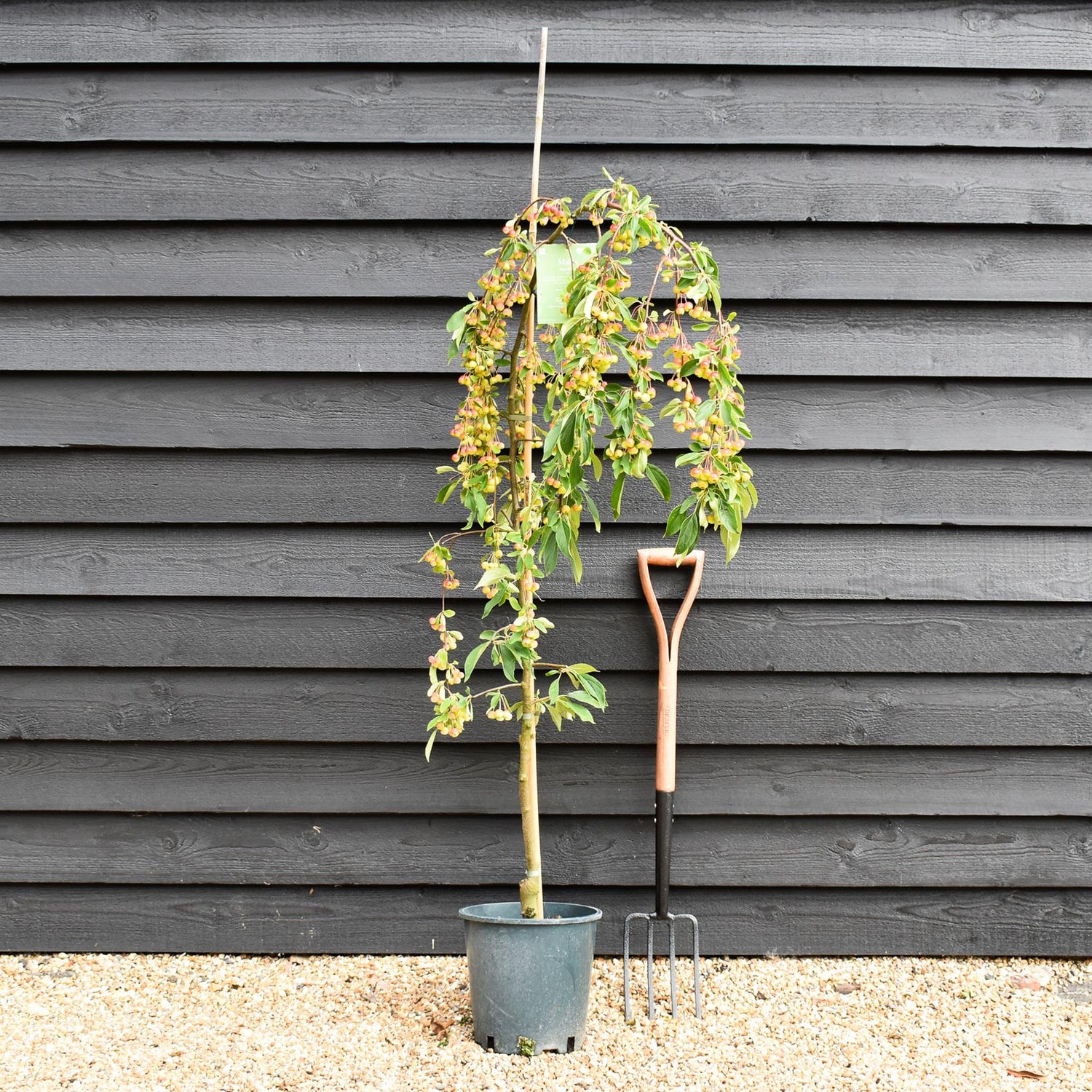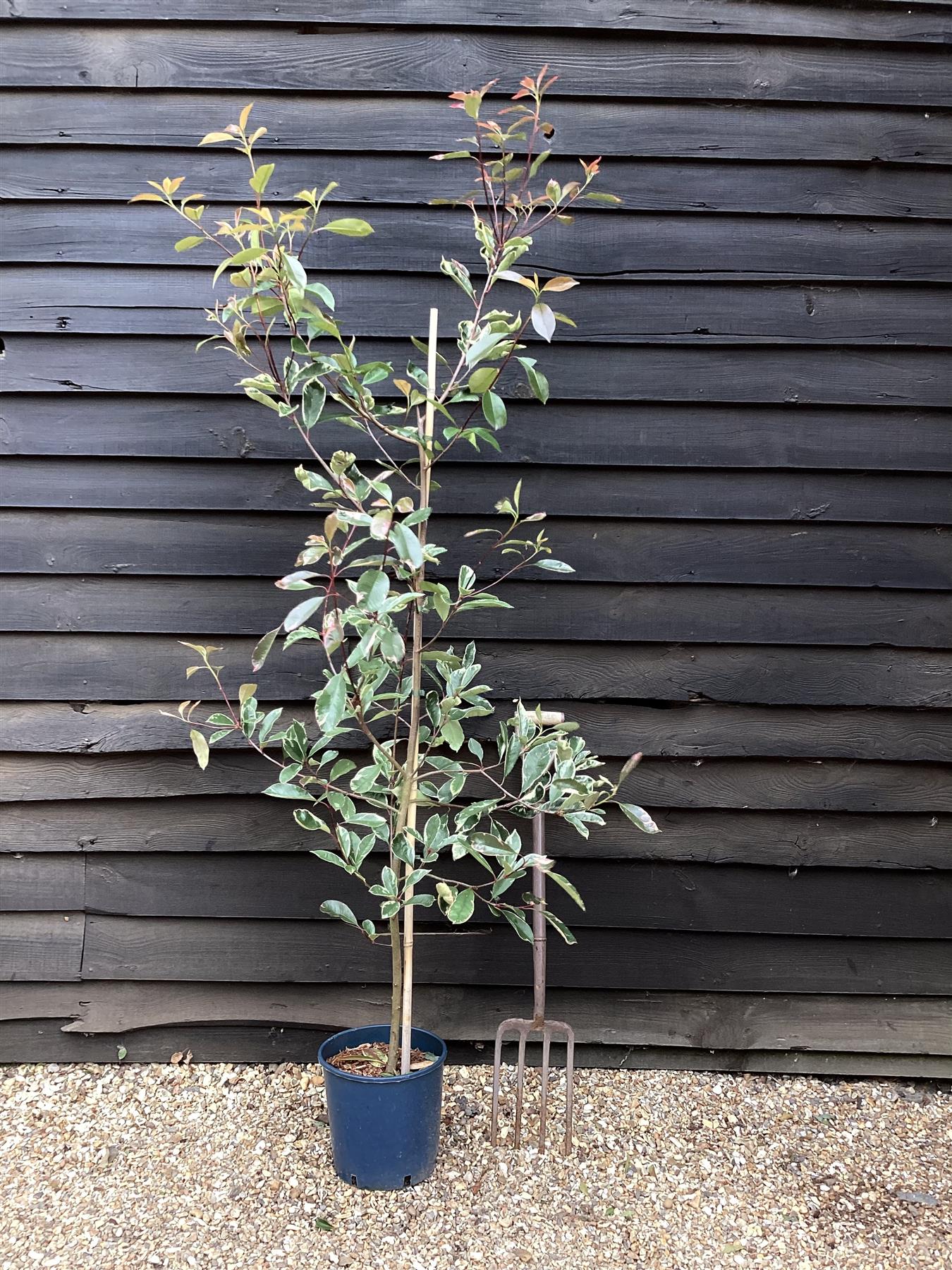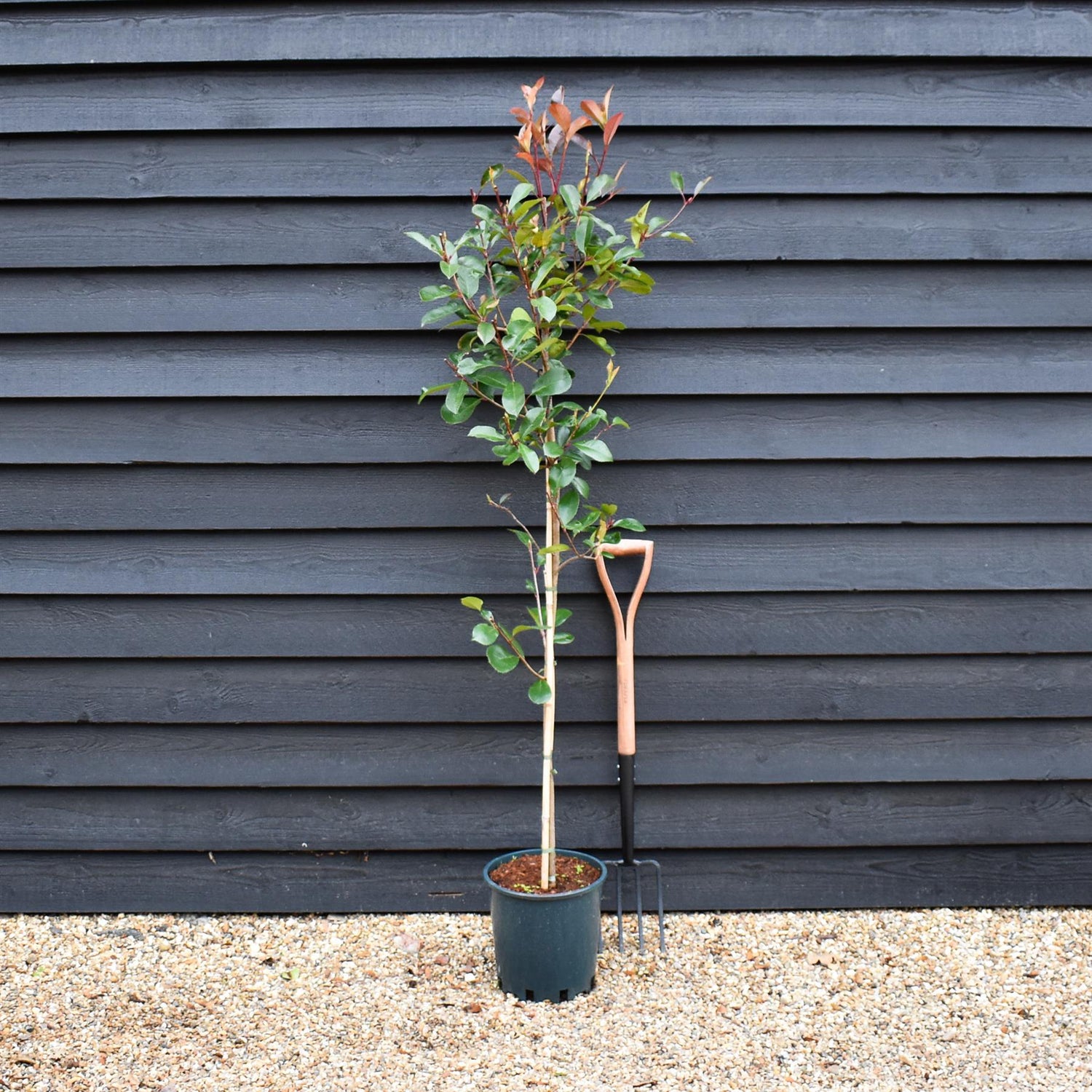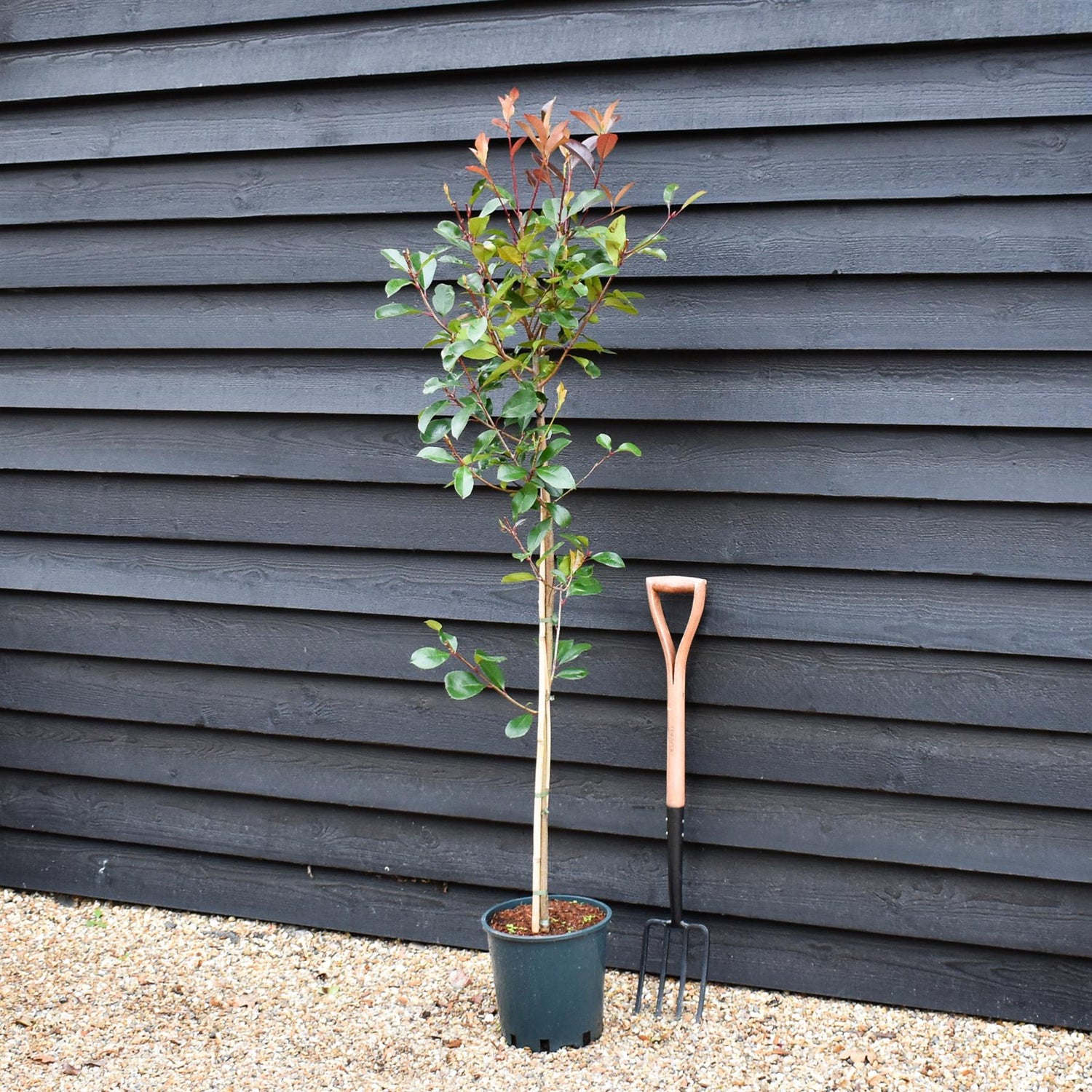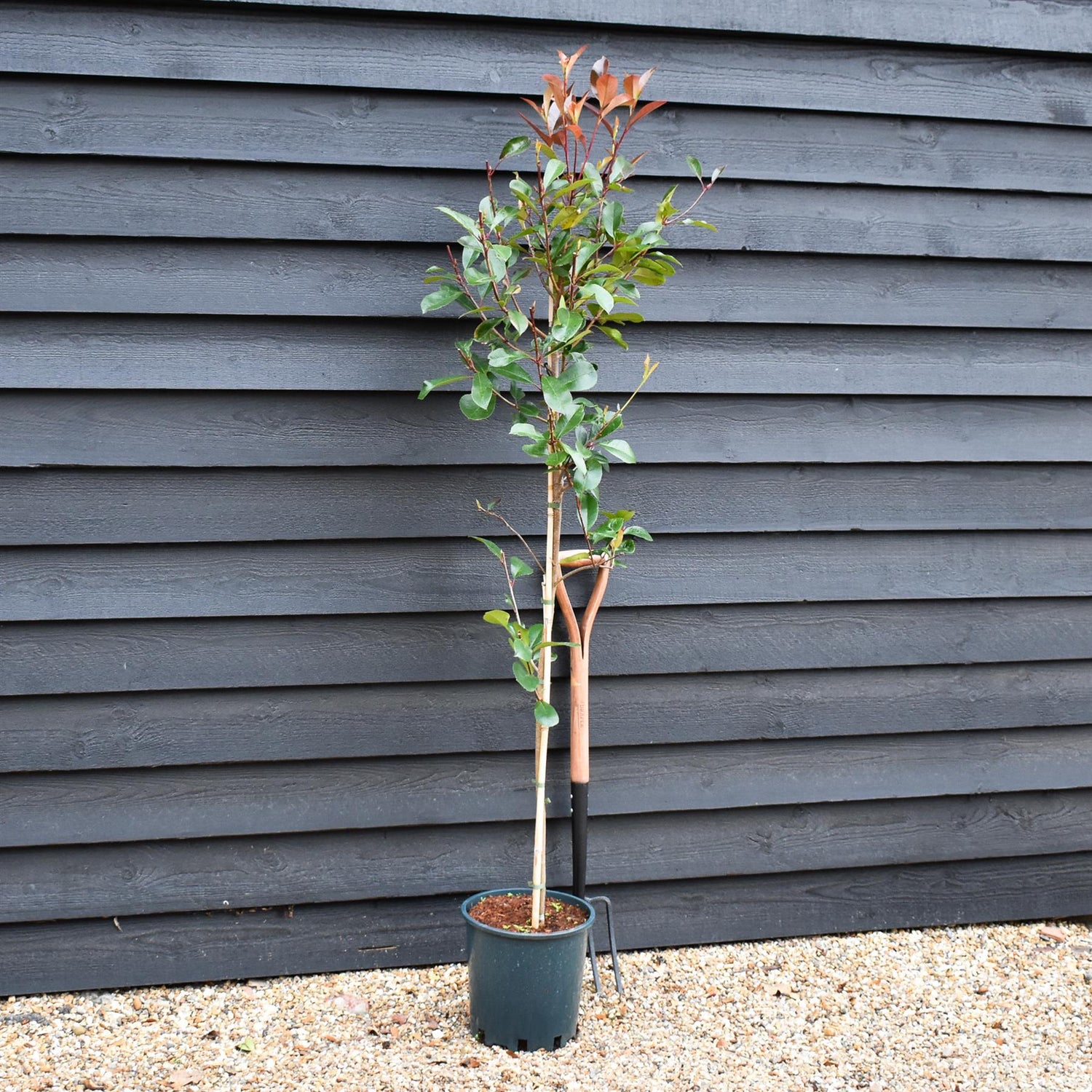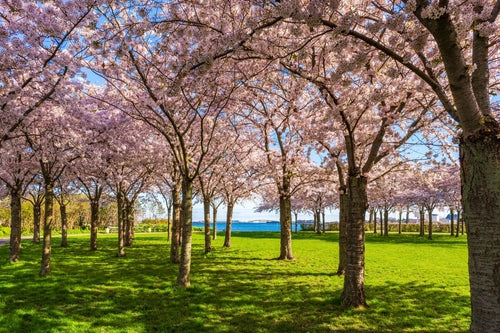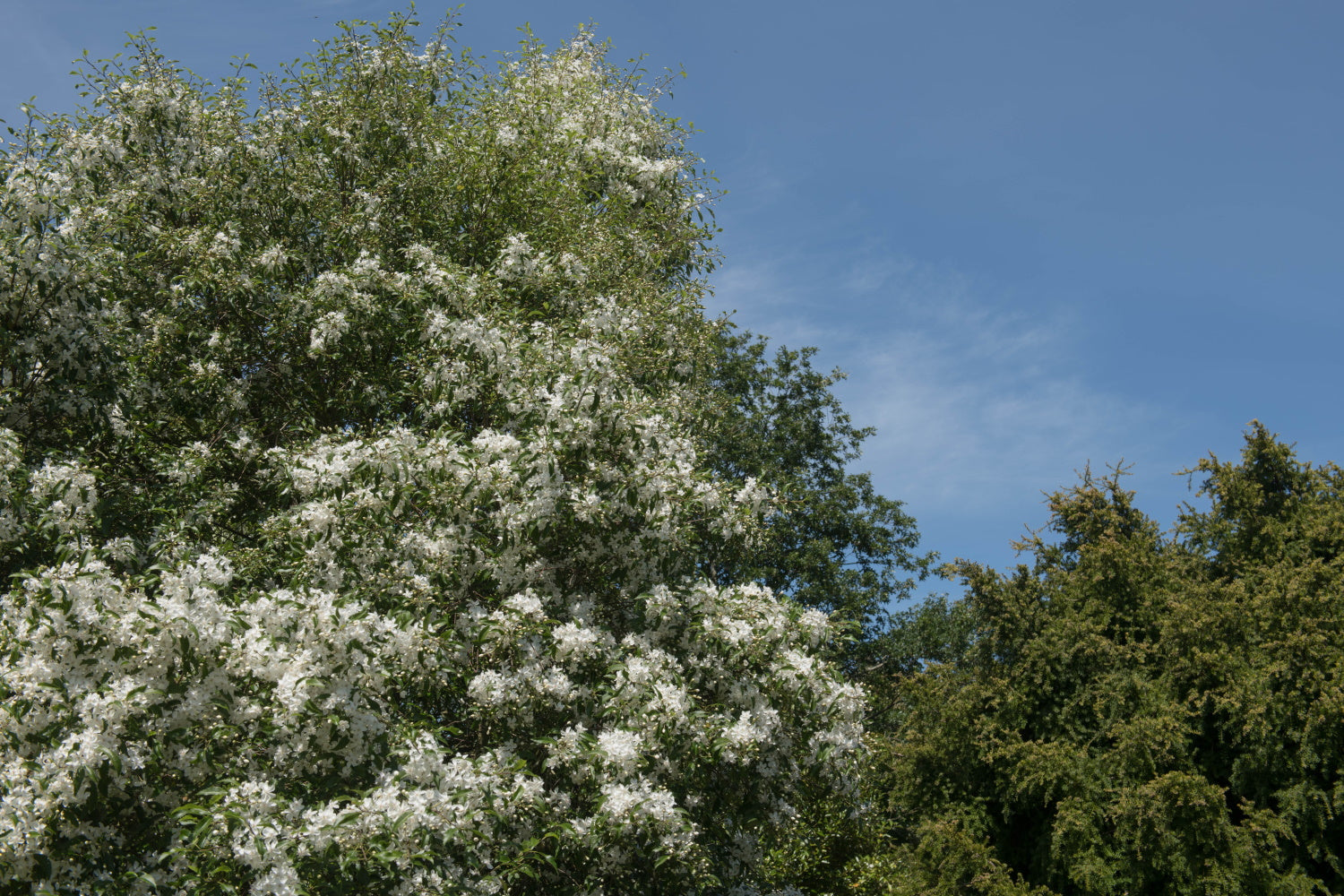221 products
221 products
Sort by:

Malus Profusion Crab Apple Tree, Clear Stem - 180-200cm, 10lt
£82.00
Unit price perMalus Profusion Crab Apple Tree, Clear Stem - 180-200cm, 10lt
£82.00
Unit price per
Malus Red Sentinel | Crab apple 'Red Sentinel' - 170-190cm, 10lt
£85.00
Unit price perMalus Red Sentinel | Crab apple 'Red Sentinel' - 170-190cm, 10lt
£85.00
Unit price perMalus Royal Beauty | Purple Weeping Crab Apple Tree - 1700-200cm, 10lt
£85.00
Unit price perMalus Royal Beauty | Purple Weeping Crab Apple Tree - 1700-200cm, 10lt
£85.00
Unit price perMalus Royalty | Purple Flowering Crab Apple Tree, Clear Stem - 170-200cm, 10lt
£85.00
Unit price perMalus Royalty | Purple Flowering Crab Apple Tree, Clear Stem - 170-200cm, 10lt
£85.00
Unit price perMalus Sun Rival | Weeping Crab Apple Tree - 160-180cm, 10lt
£85.00
Unit price perMalus Sun Rival | Weeping Crab Apple Tree - 160-180cm, 10lt
£85.00
Unit price perMalus tschnoskii | Chonosuki Crab Apple, Clear Stem - 200-250cm, 30lt
£155.00
Unit price perMalus tschnoskii | Chonosuki Crab Apple, Clear Stem - 200-250cm, 30lt
£155.00
Unit price perMetasequoia glyptostroboides | Dawn Redwood - Feathered - Height 175-200cm - 10lt
£190.00
Unit price perMetasequoia glyptostroboides | Dawn Redwood - Feathered - Height 175-200cm - 10lt
£190.00
Unit price perThe Metasequoia glyptostroboides, commonly known as the dawn redwood, is a deciduous conifer belonging to the family Cupressaceae. It is one of only three species of redwood trees and is renowned for its prehistoric origins, often referred to as a "living fossil."
This remarkable tree can grow to impressive heights of up to 40 metres (130 feet) with a conical shape. The bark is reddish-brown, fibrous, and peels off in long strips, giving it a distinctive appearance. The leaves are needle-like, arranged oppositely on the branches, and turn a rich bronze or golden-brown before falling in the autumn. This seasonal shedding of leaves distinguishes the dawn redwood from its evergreen relatives.
Metasequoia glyptostroboides thrives in temperate climates and prefers moist, well-drained soils, often found near rivers and wetlands. Its growth rate is rapid, making it a popular choice for ornamental planting in parks and gardens worldwide. Despite its prehistoric lineage, the dawn redwood has adapted well to cultivation and can withstand urban conditions, including pollution and compacted soils.
The tree's history is fascinating, as it was once thought to be extinct and only known through fossil records until its rediscovery in the 1940s. Since then, efforts have been made to propagate and preserve this species, ensuring its survival and increasing its presence in both natural and managed landscapes.
Metasequoia glyptostroboides | Dawn Redwood - Girth 10-12cm - Height 320-340cm - 70lt
£490.00
Unit price perMetasequoia glyptostroboides | Dawn Redwood - Girth 10-12cm - Height 320-340cm - 70lt
£490.00
Unit price perThe Metasequoia glyptostroboides, commonly known as the dawn redwood, is a deciduous conifer belonging to the family Cupressaceae. It is one of only three species of redwood trees and is renowned for its prehistoric origins, often referred to as a "living fossil."
This remarkable tree can grow to impressive heights of up to 40 metres (130 feet) with a conical shape. The bark is reddish-brown, fibrous, and peels off in long strips, giving it a distinctive appearance. The leaves are needle-like, arranged oppositely on the branches, and turn a rich bronze or golden-brown before falling in the autumn. This seasonal shedding of leaves distinguishes the dawn redwood from its evergreen relatives.
Metasequoia glyptostroboides thrives in temperate climates and prefers moist, well-drained soils, often found near rivers and wetlands. Its growth rate is rapid, making it a popular choice for ornamental planting in parks and gardens worldwide. Despite its prehistoric lineage, the dawn redwood has adapted well to cultivation and can withstand urban conditions, including pollution and compacted soils.
The tree's history is fascinating, as it was once thought to be extinct and only known through fossil records until its rediscovery in the 1940s. Since then, efforts have been made to propagate and preserve this species, ensuring its survival and increasing its presence in both natural and managed landscapes.
Morus alba | White Mulberry - Girth 14-16cm - Height 300-330cm - 35lt
£315.00
Unit price perMorus alba | White Mulberry - Girth 14-16cm - Height 300-330cm - 35lt
£315.00
Unit price perNorway maple 'Emerald Queen' | Acer platanoides - Clear Stem - Height 250-300cm - Girth 8-10cm - 45lt
£295.00
Unit price perNorway maple 'Emerald Queen' | Acer platanoides - Clear Stem - Height 250-300cm - Girth 8-10cm - 45lt
£295.00
Unit price perAcer platanoides 'Emerald Queen' is a robust and fast-growing cultivar of the Norway maple, widely valued for its adaptability, dense canopy, and year-round visual appeal. This deciduous tree typically reaches heights of 40 to 50 feet with a broad, symmetrical crown that provides excellent shade, making it a popular choice for streetscapes, parks, and large gardens.
Its glossy, dark green leaves create a lush summer display and turn a brilliant golden-yellow in autumn, offering striking seasonal interest. 'Emerald Queen' is tolerant of urban conditions, including air pollution, compacted soils, and drought once established, making it ideal for city planting. It also requires minimal maintenance and is relatively pest-resistant.
This cultivar prefers full sun and well-drained soil but is adaptable to a wide range of soil types and conditions. Acer platanoides 'Emerald Queen' is perfect for those seeking a hardy, attractive shade tree with strong structure and reliable performance throughout the seasons.
Paper Birch | Betula Papyrifera - Height 170-200cm - Girth 4cm - 10lt
£92.00
Unit price perPaper Birch | Betula Papyrifera - Height 170-200cm - Girth 4cm - 10lt
£92.00
Unit price perBetula papyrifera, commonly known as the paper birch or white birch, is a striking deciduous tree native to North America. It is best known for its distinctive white bark that peels in thin, paper-like layers, giving it a unique ornamental appeal throughout the year. This species typically grows quickly and can reach heights of 50 to 70 feet, with an open, airy canopy. Its dark green, serrated leaves turn a brilliant golden yellow in the fall, creating a beautiful seasonal display. Paper birch thrives in cool climates and is commonly found in northern forests, along streams, and in open woodlands. It prefers moist, well-drained soil and full sun but can adapt to various conditions. In addition to its aesthetic value, Betula papyrifera provides important ecological benefits, offering food and habitat for wildlife. It is also historically significant, as Indigenous peoples used its bark for canoes, containers, and writing surfaces.
Parrotia Persica Multistem | Iron Tree - 400-420cm, 180lt
£790.00
Unit price perParrotia Persica Multistem | Iron Tree - 400-420cm, 180lt
£790.00
Unit price perParrotia persica is a slow-growing, wide-spreading, multi-stemmed deciduous shrub or small, single-trunk tree with exfoliating bark, and glossy, scallop-shaped leaves, reddish purple in spring, dark green in summer, and yellow, orange, red and purple in autumn. Small, red flowers open from black, velvety buds and bloom in clusters in late winter and early spring on bare branches. Fruit is a brown, 2-velved capsule. Parrotia persica prefers fertile, slightly acidic, medium moisture, well-drained soils, in full sun, but tolerates partial shade and various soil conditions. Resistant to cold, but late frost may damage flower buds. It is generally, pest-free and disease-free. Low maintenance plant, it doesn’t require much pruning. Persian Ironwood is most attractive for its autumn foliage and a peeling bark in shades of pink, grey-green and brown. It is excellent as a specimen or lawn tree, great for shrub borders, wall-side borders, and informal hedges and screens.
Parrotia persica | Iron Tree - 170-200cm - 12lt
£102.00
Unit price perParrotia persica | Iron Tree - 170-200cm - 12lt
£102.00
Unit price perParrotia persica | Iron Tree - Height 200-250cm - 30lt
£149.00
Unit price perParrotia persica | Iron Tree - Height 200-250cm - 30lt
£149.00
Unit price perPersian Ironwood | Parrotia persica - Bushy, semi-mature - Height 330-350cm - 70lt
£370.00
Unit price perPersian Ironwood | Parrotia persica - Bushy, semi-mature - Height 330-350cm - 70lt
£370.00
Unit price perPhotinia Fraseri Louise - 150-180cm - 10lt
£79.00
Unit price perPhotinia Fraseri Louise - 150-180cm - 10lt
£79.00
Unit price perPhotinia Red Robin | Christmas berry 'Red Robin' - 150-200cm, 10lt
£79.00
Unit price perPhotinia Red Robin | Christmas berry 'Red Robin' - 150-200cm, 10lt
£79.00
Unit price perPhotinia x fraseri 'Red Robin' is a New Zealand selection of Fraser's Photinia. It’s a large, evergreen shrub or small tree with leathery, oval, glossy, brilliant, bright red leaves when they emerge, and dark green after several weeks. Small, 5-petal, white flowers bloom in spring and are rarely followed by red fruits which can persist throughout winter. Spring pruning eliminates flowers and stimulates new red growth. Photinia x fraseri 'Red Robin' grows best in average, fertile, slightly acidic, medium moisture, well-drained soils, but is adaptable to a wide range of soils, except waterlogged and compact. Once established, it is resistant of frost and drought. Young leaves may be damaged by late frosts, therefore it should be sheltered, especially from harsh winds. Low maintenance plant. Photinia x fraseri 'Red Robin' is a very popular evergreen shrub, great as a specimen or accent plant, but perfect for hedges and screens, useful for noise reduction, or wind protection.
Photinia x fraseri Red Robin - Tree - Height 160-180cm - 12lt
£86.00
Unit price perPhotinia x fraseri Red Robin - Tree - Height 160-180cm - 12lt
£86.00
Unit price perShowing 162/221


